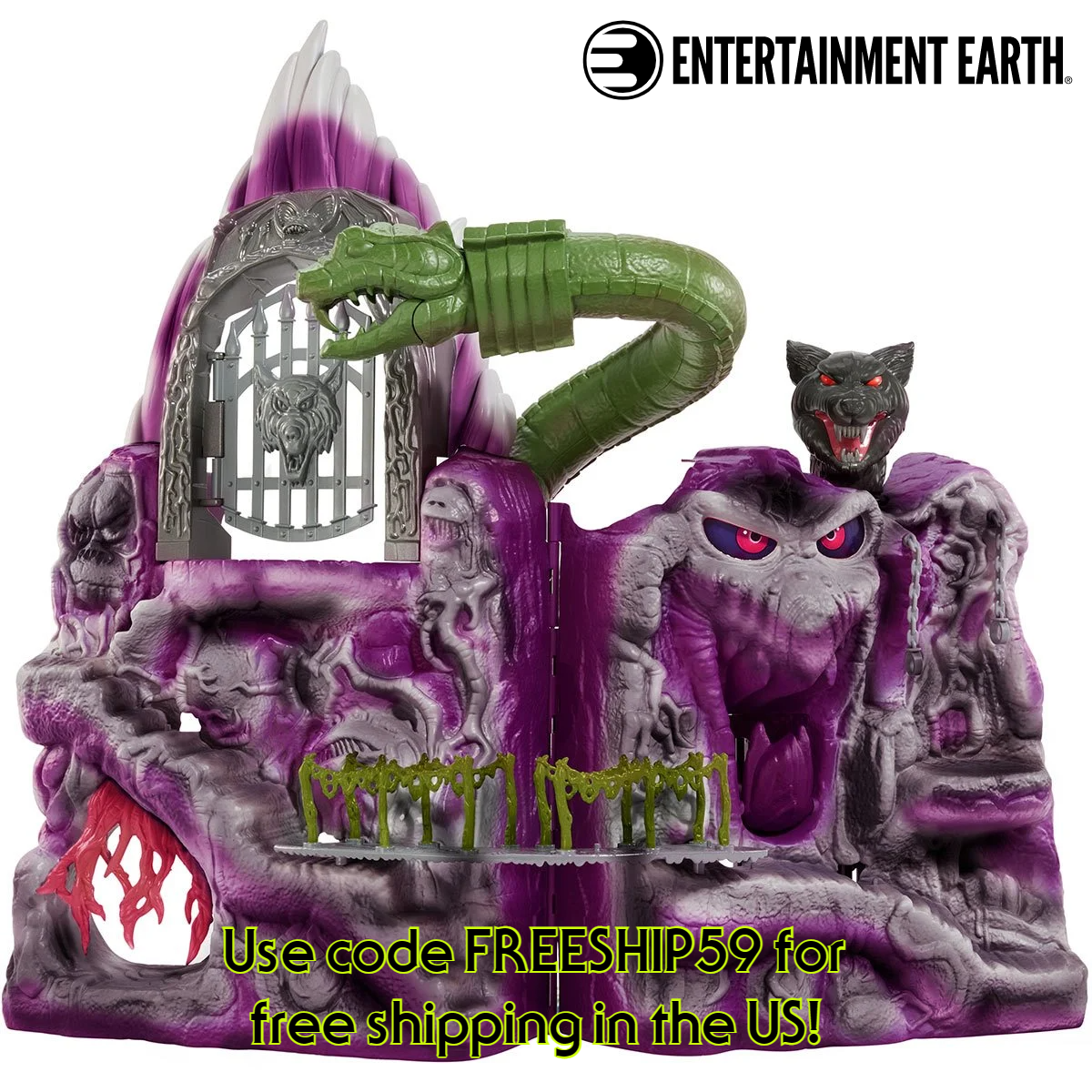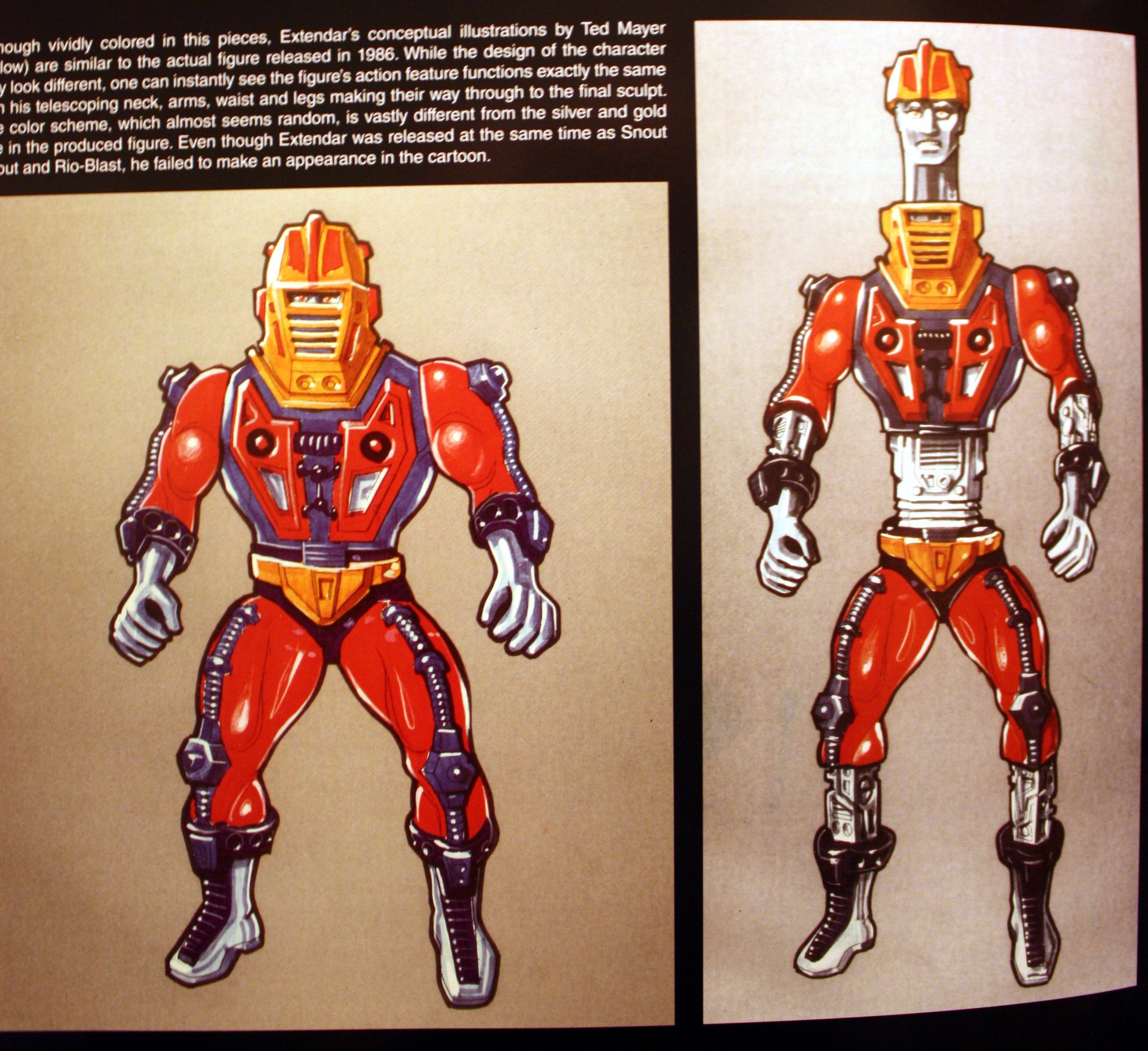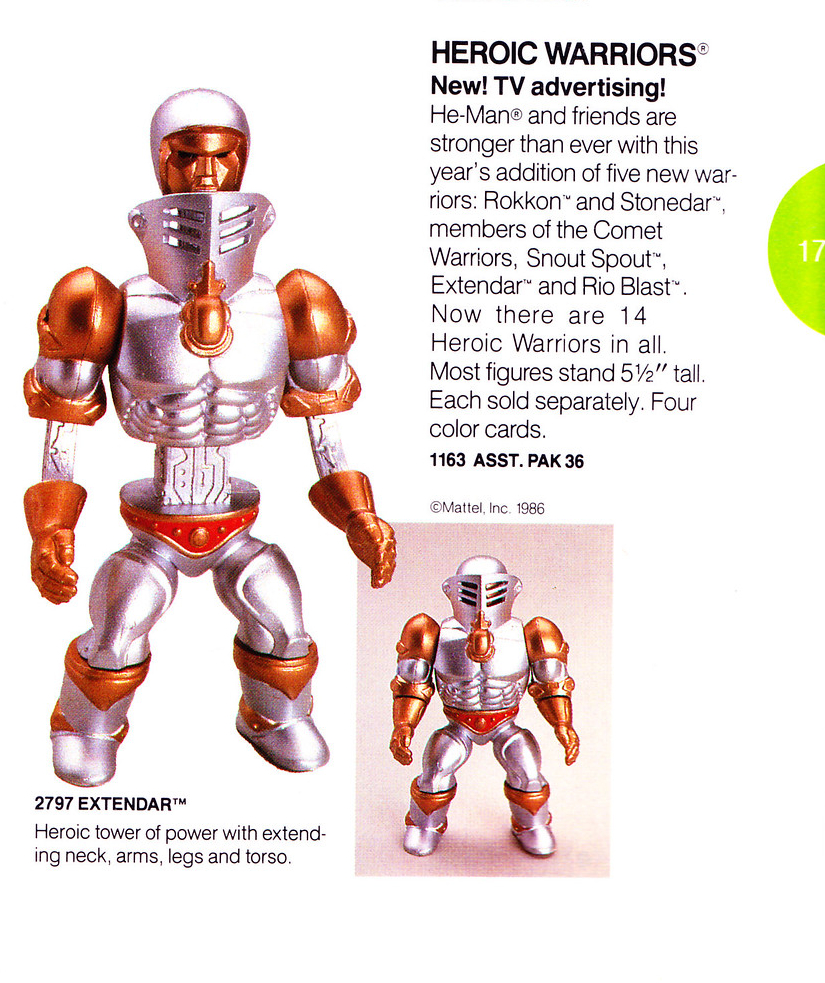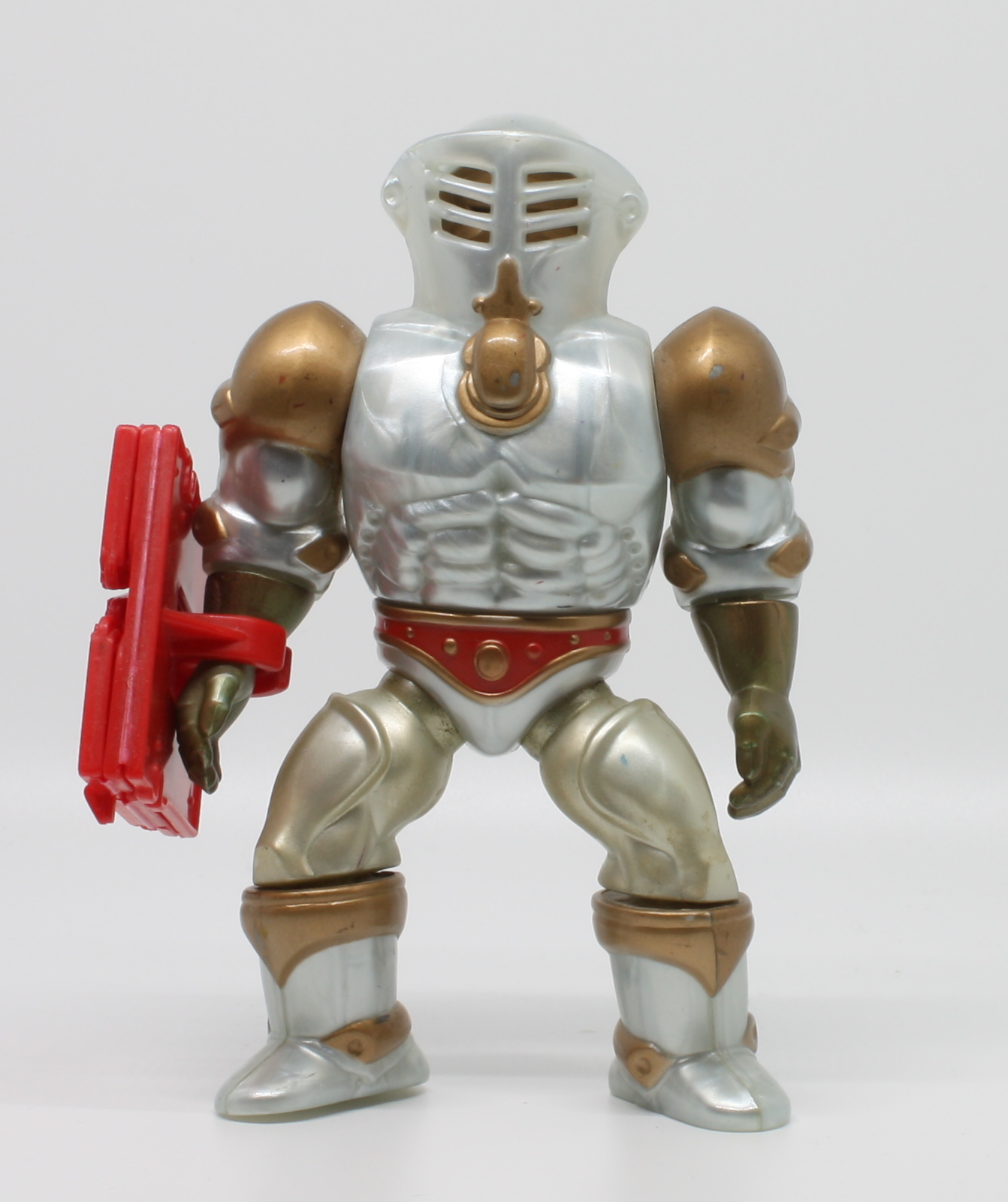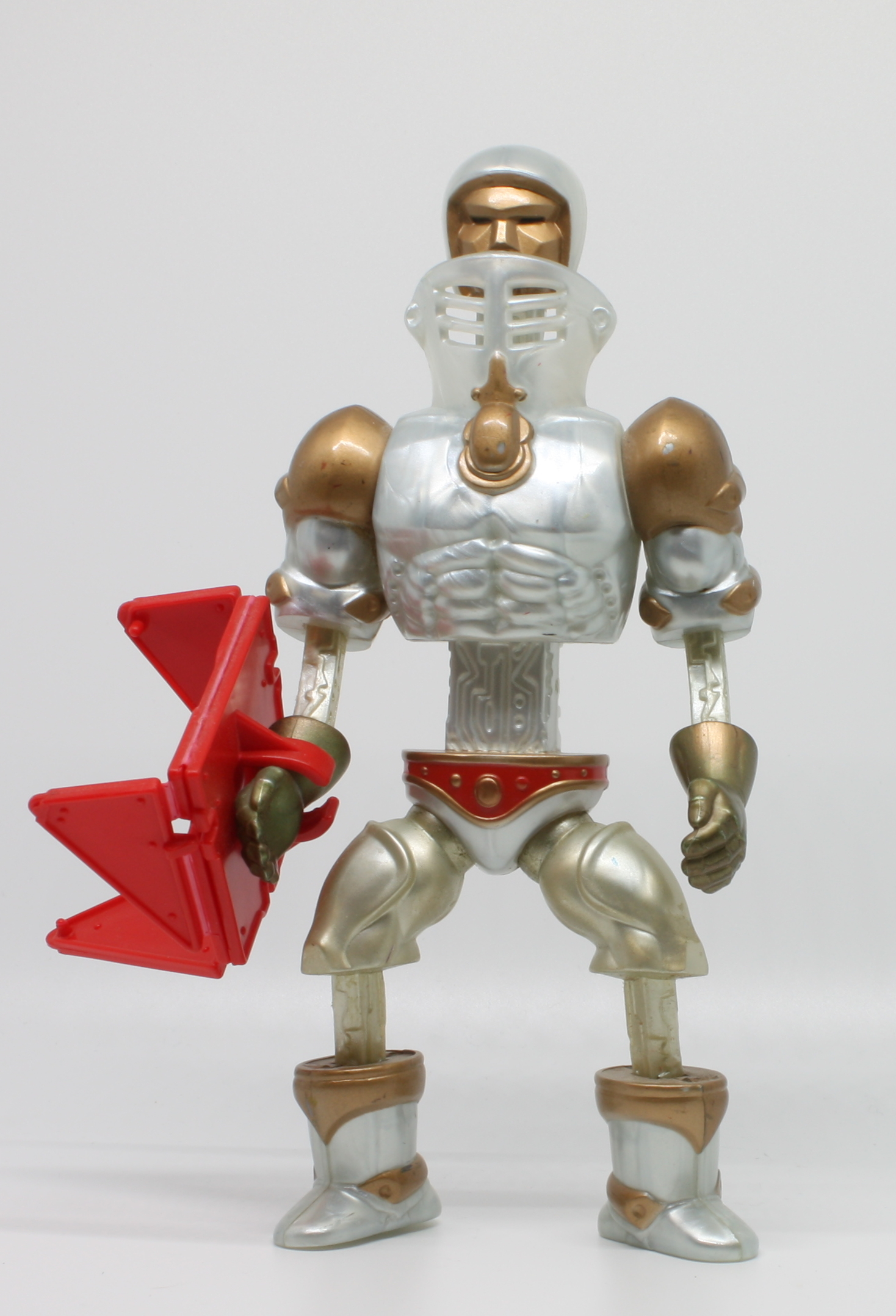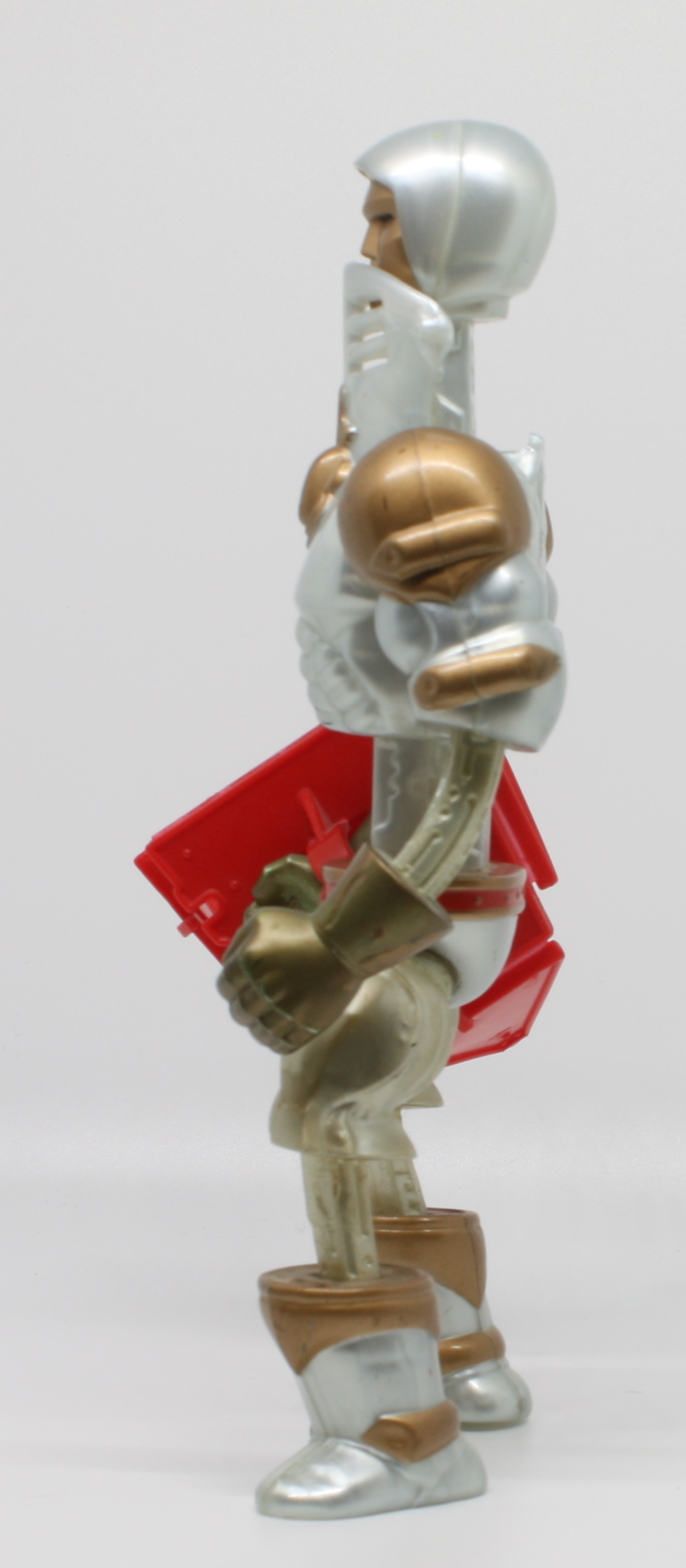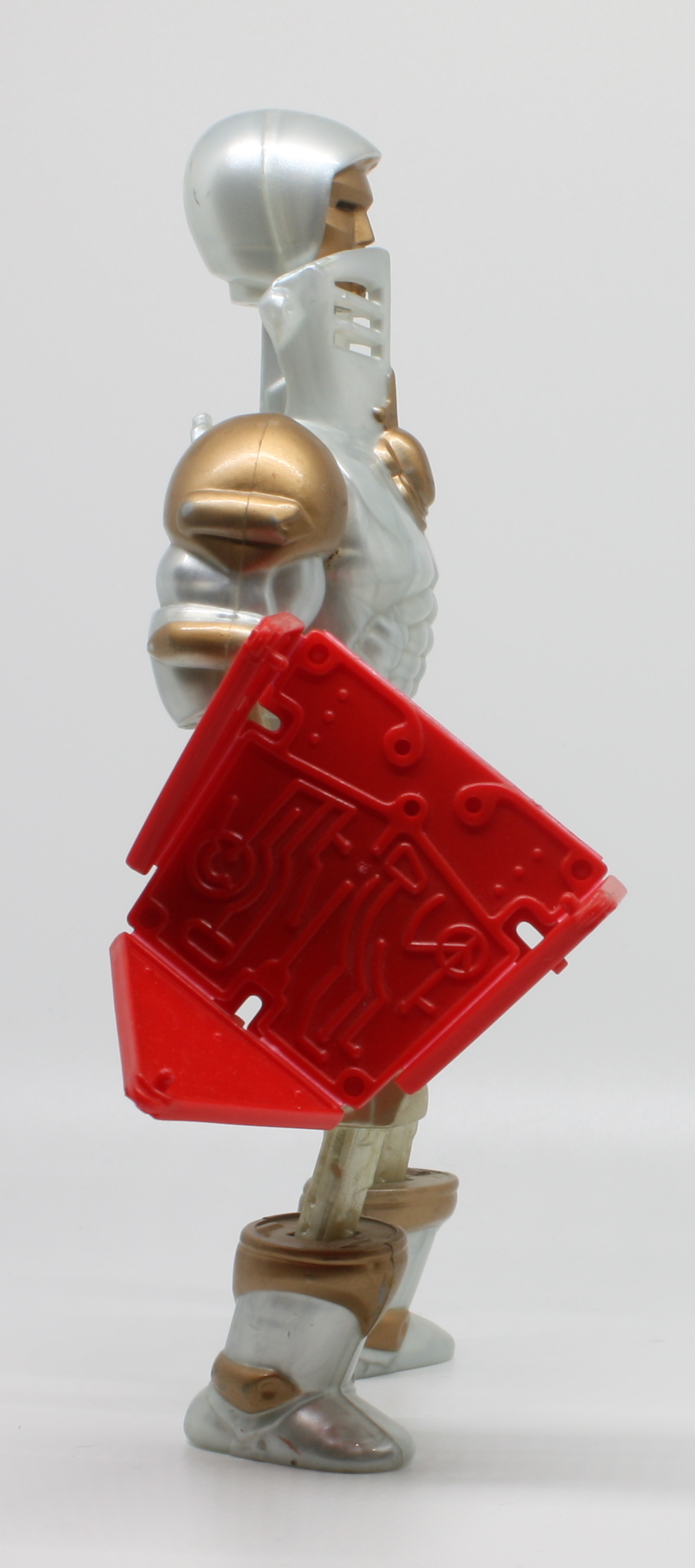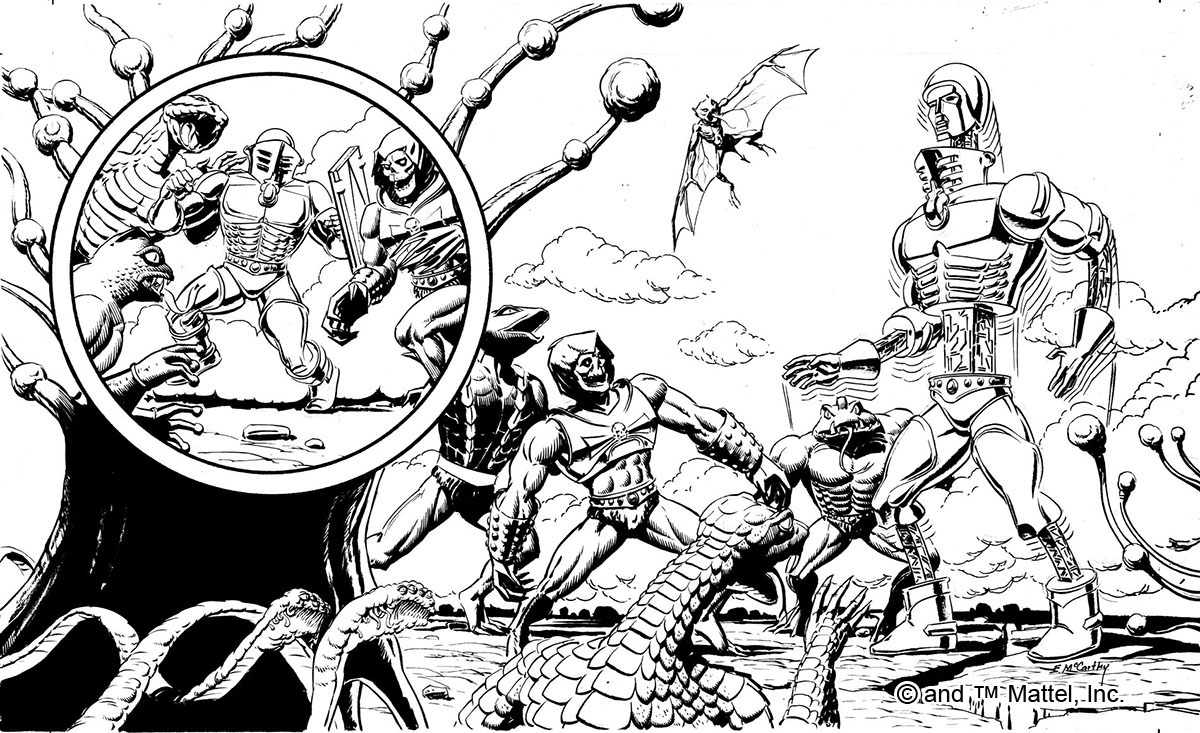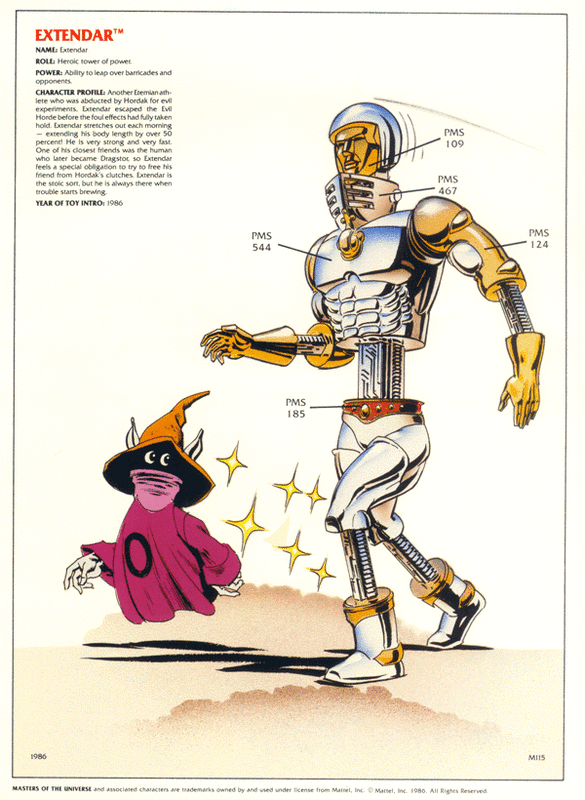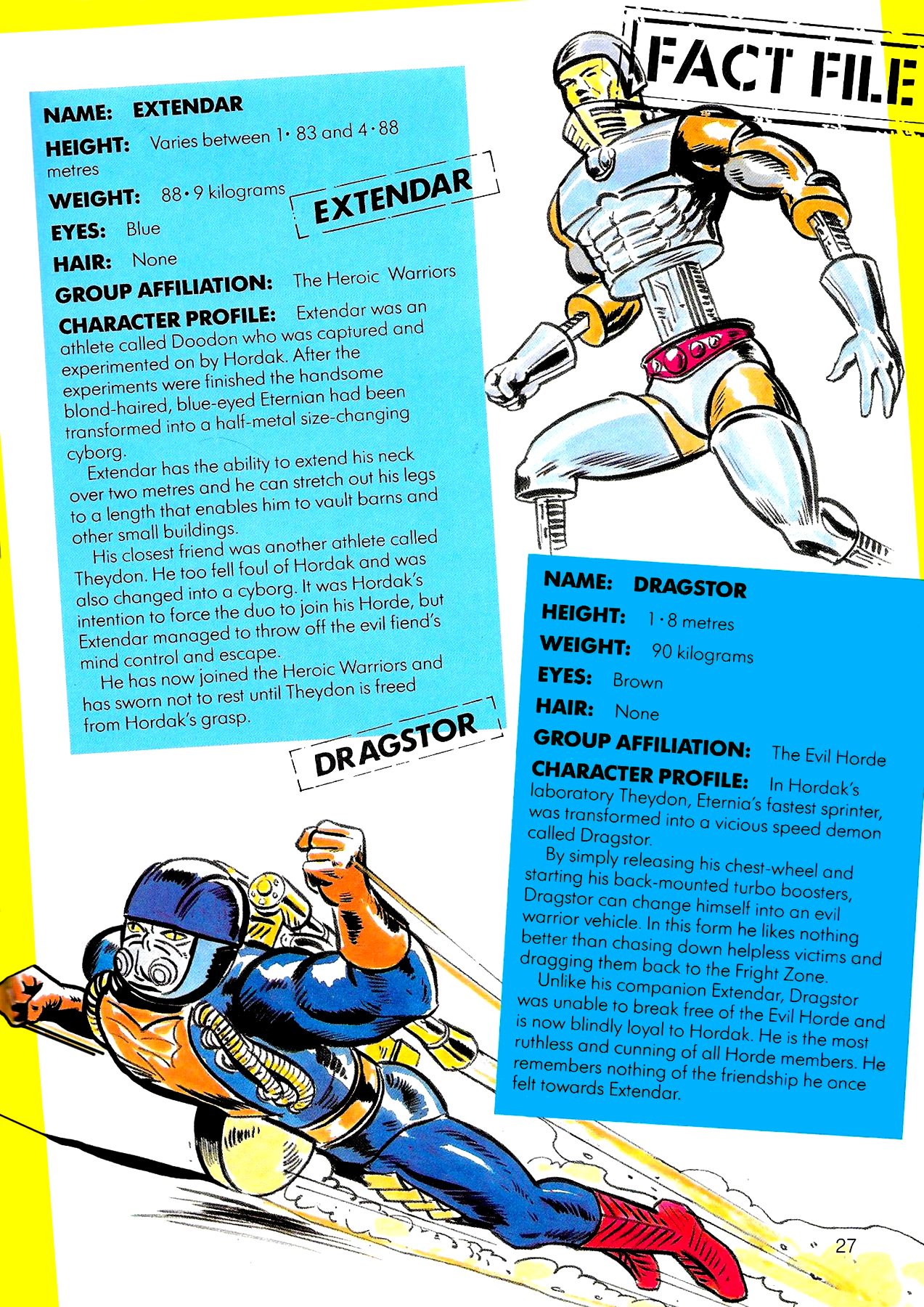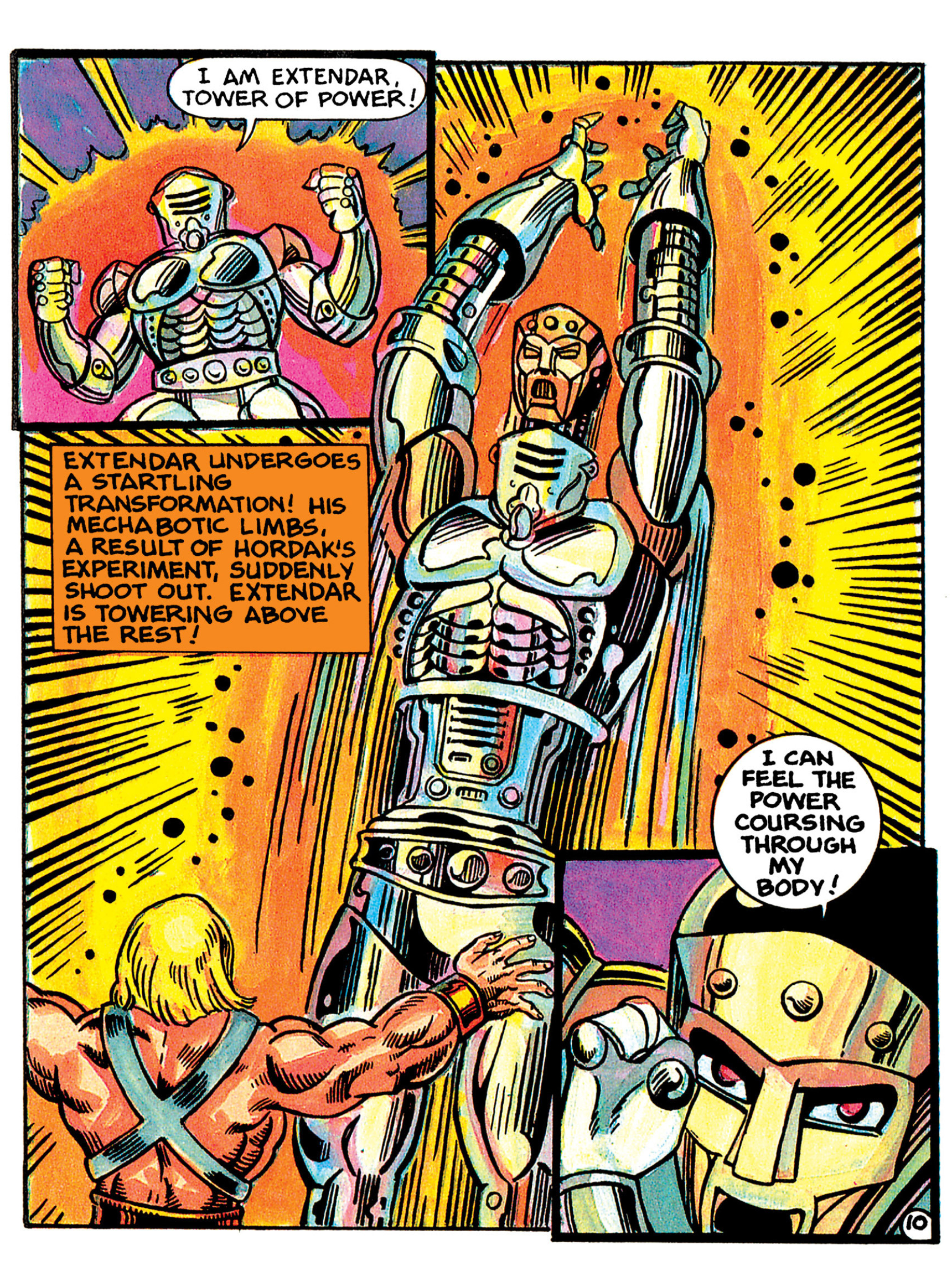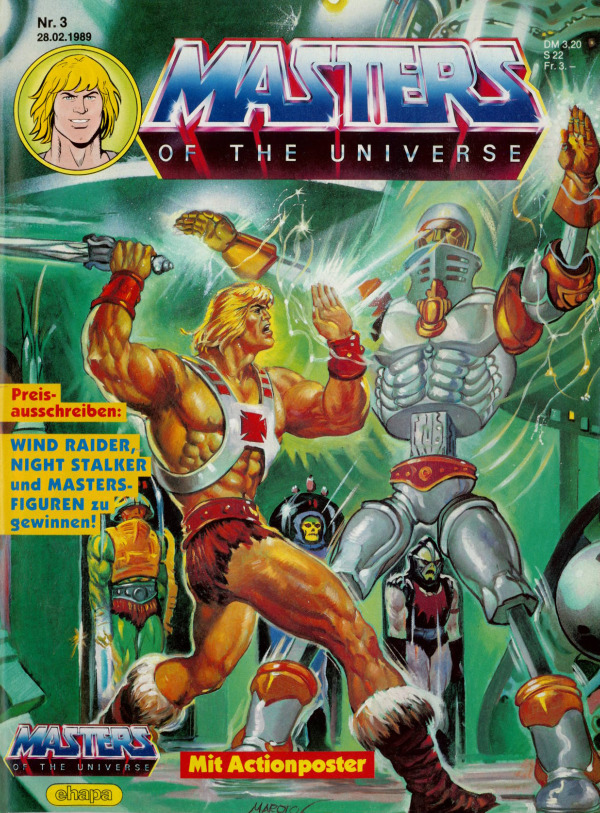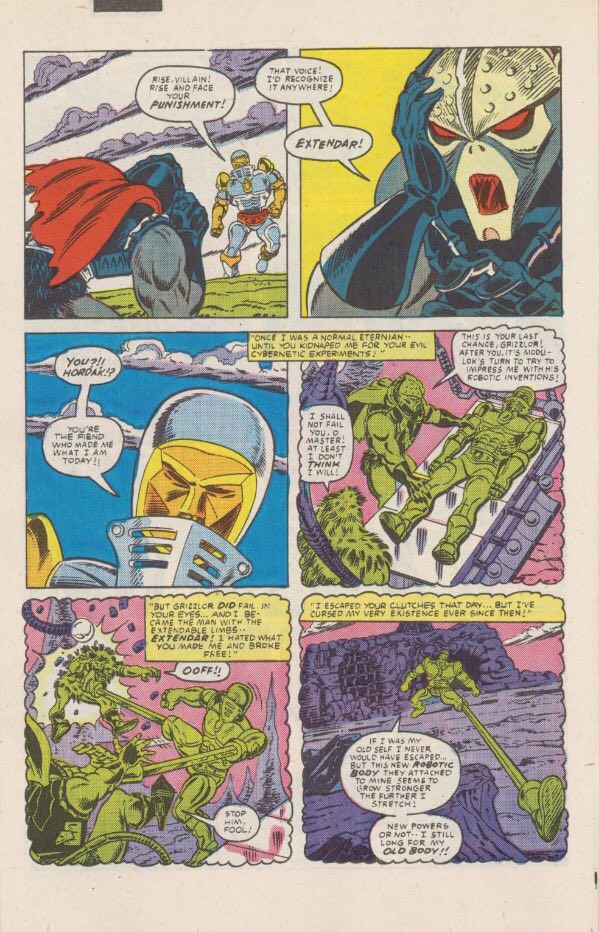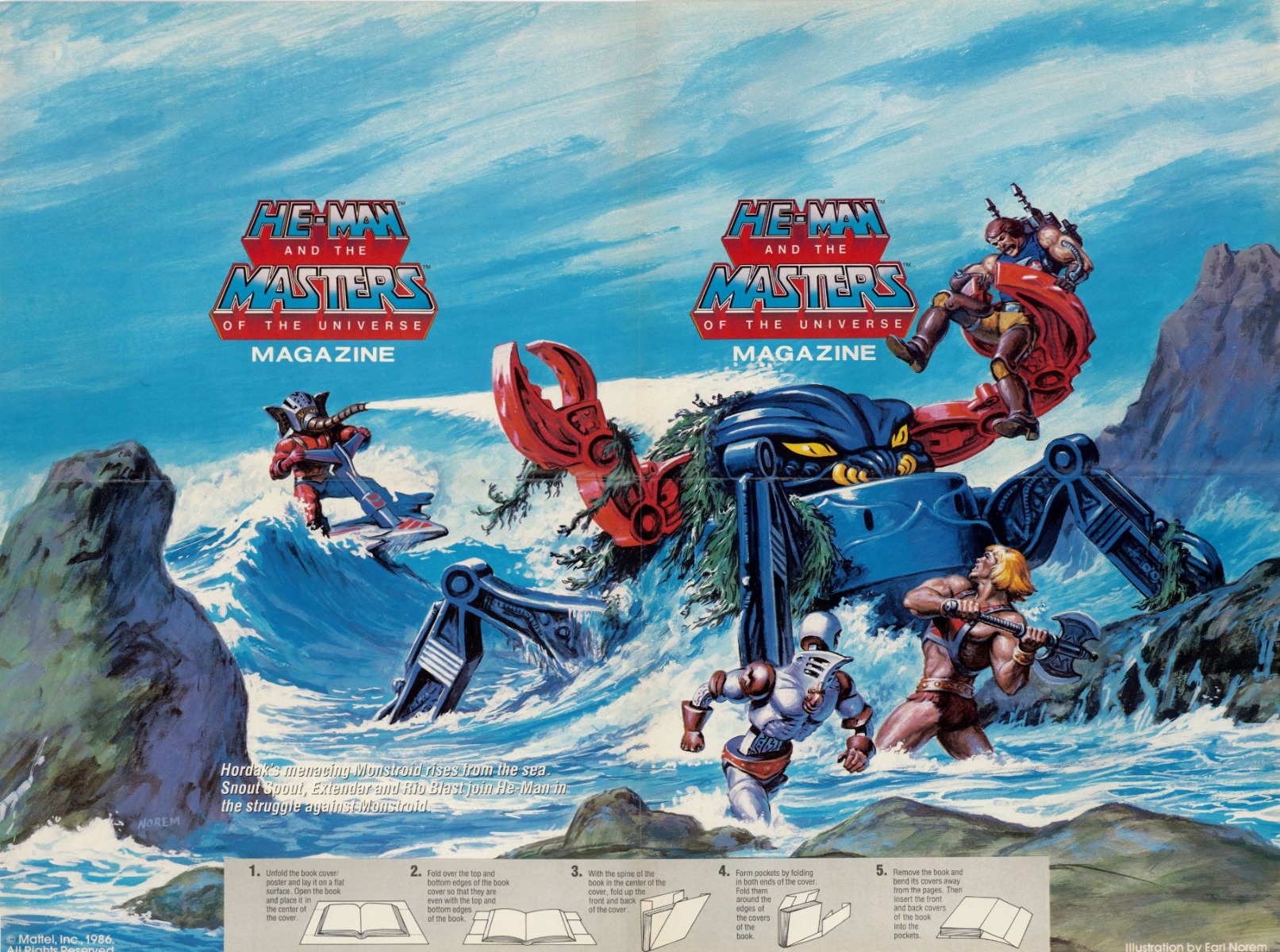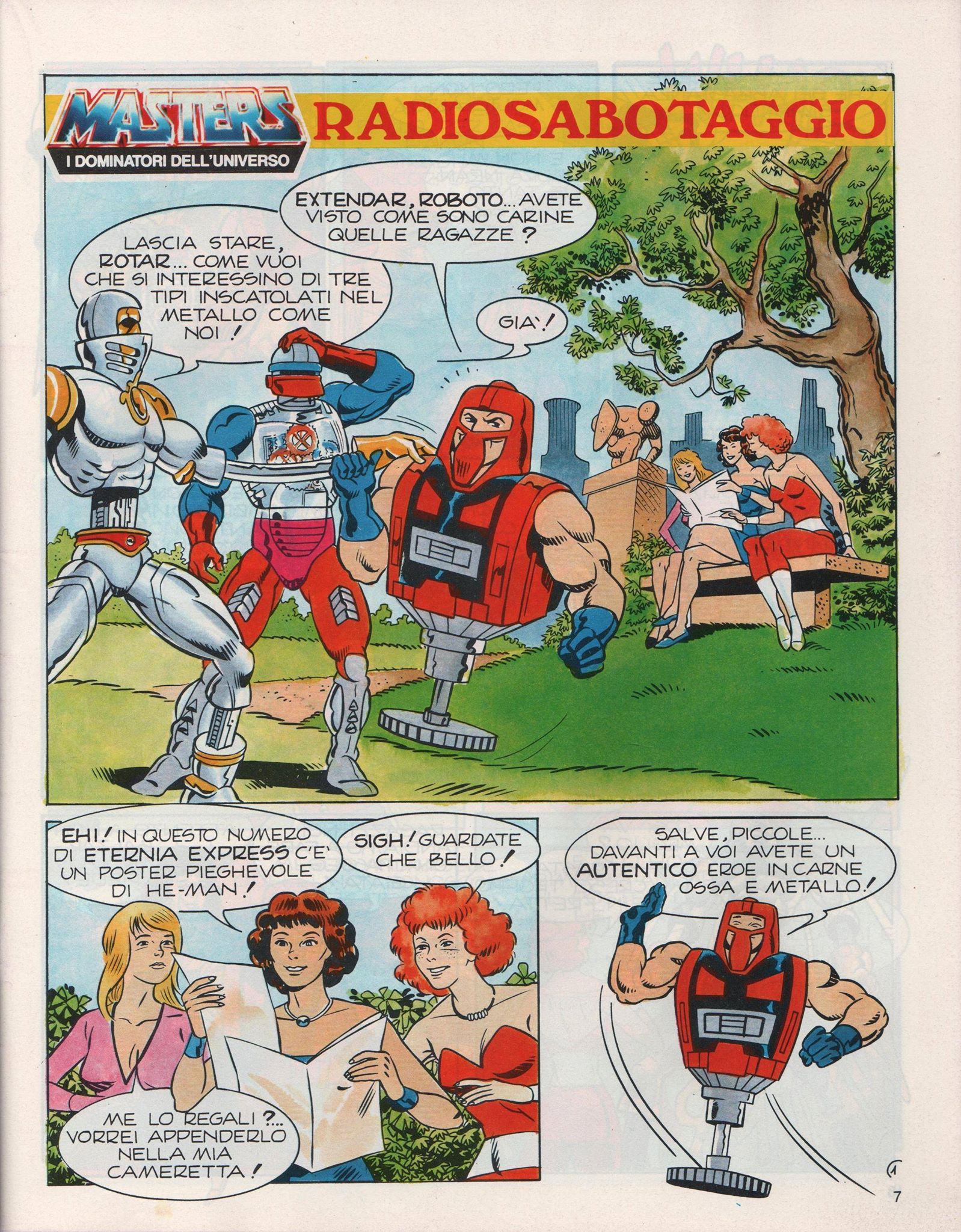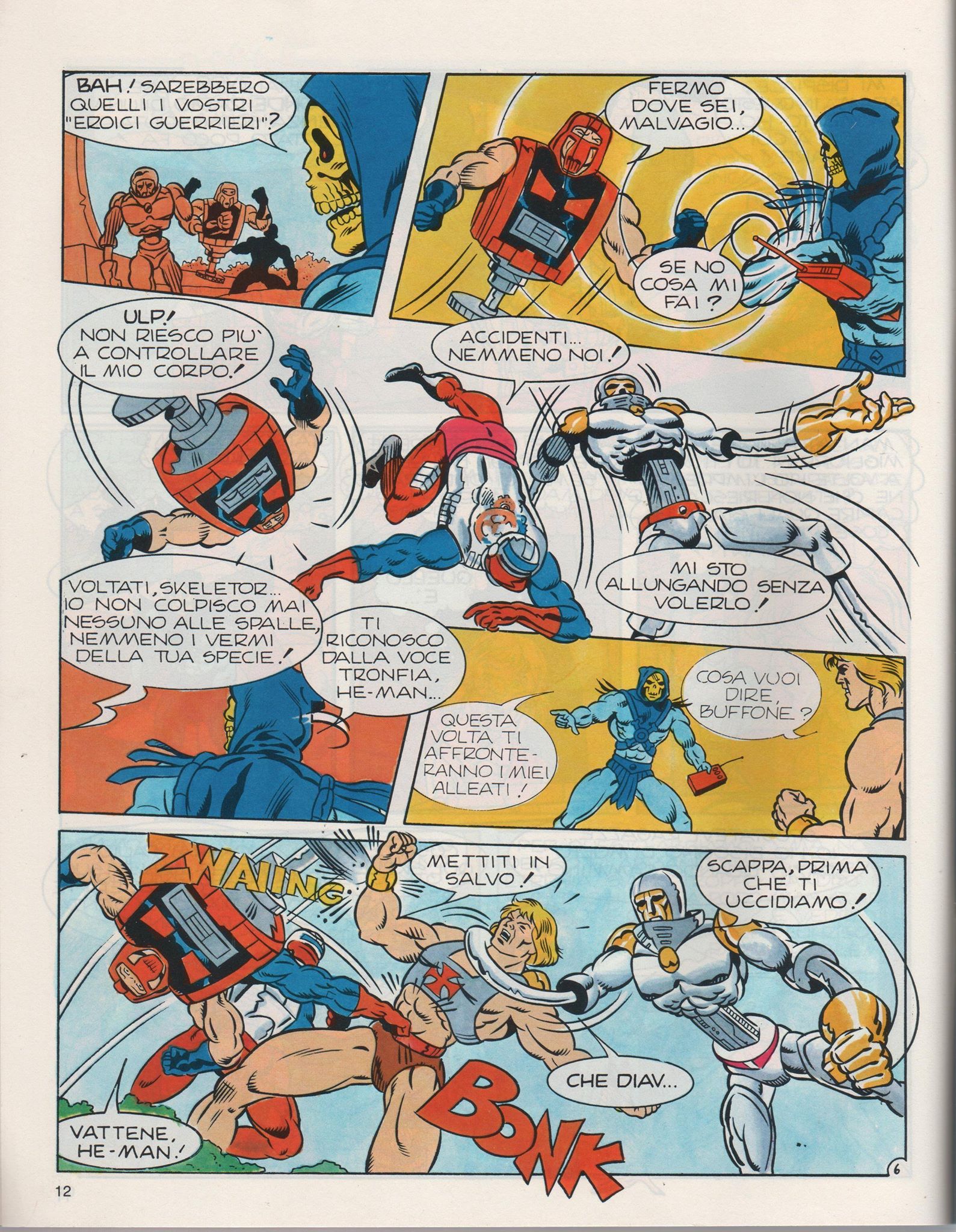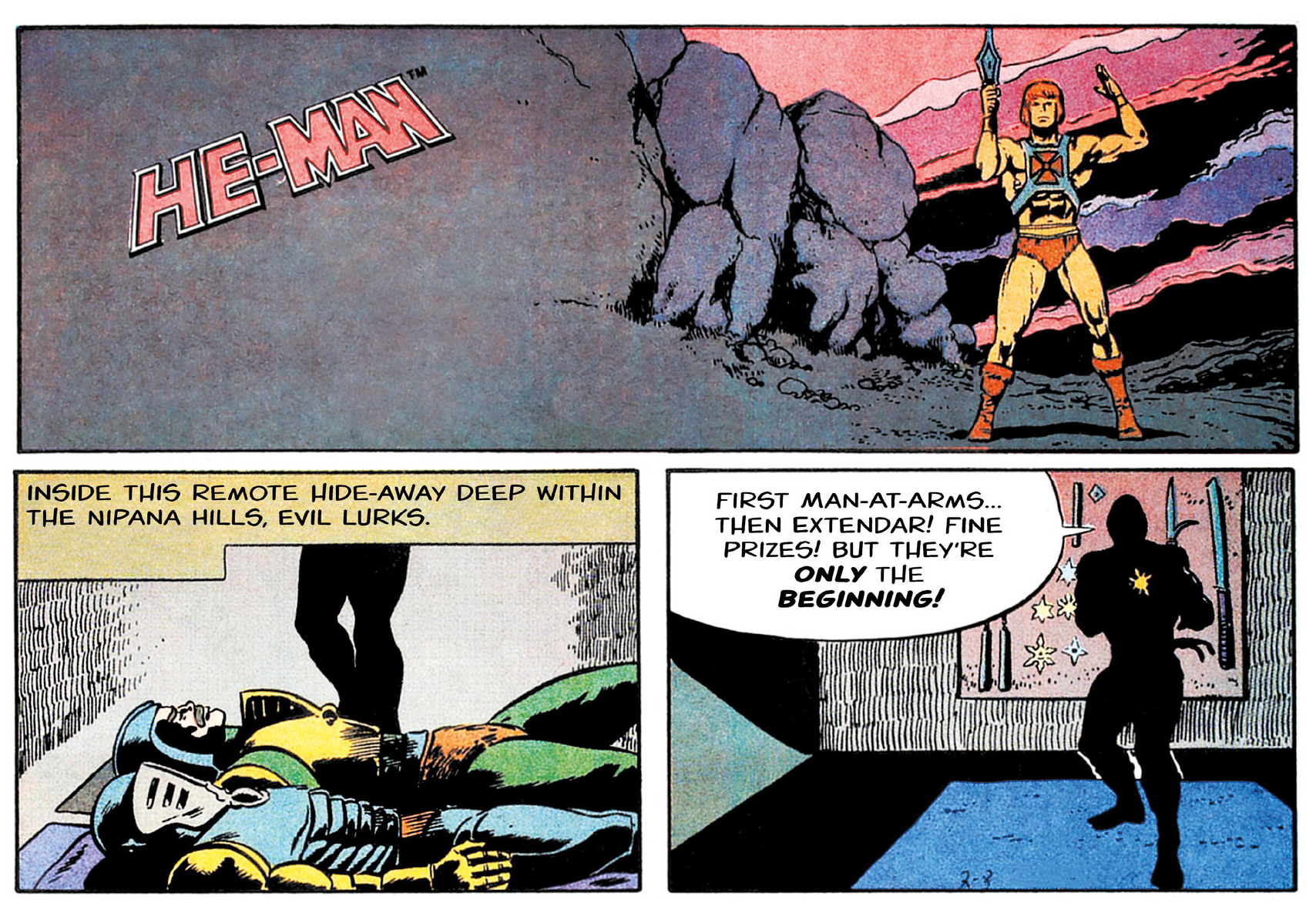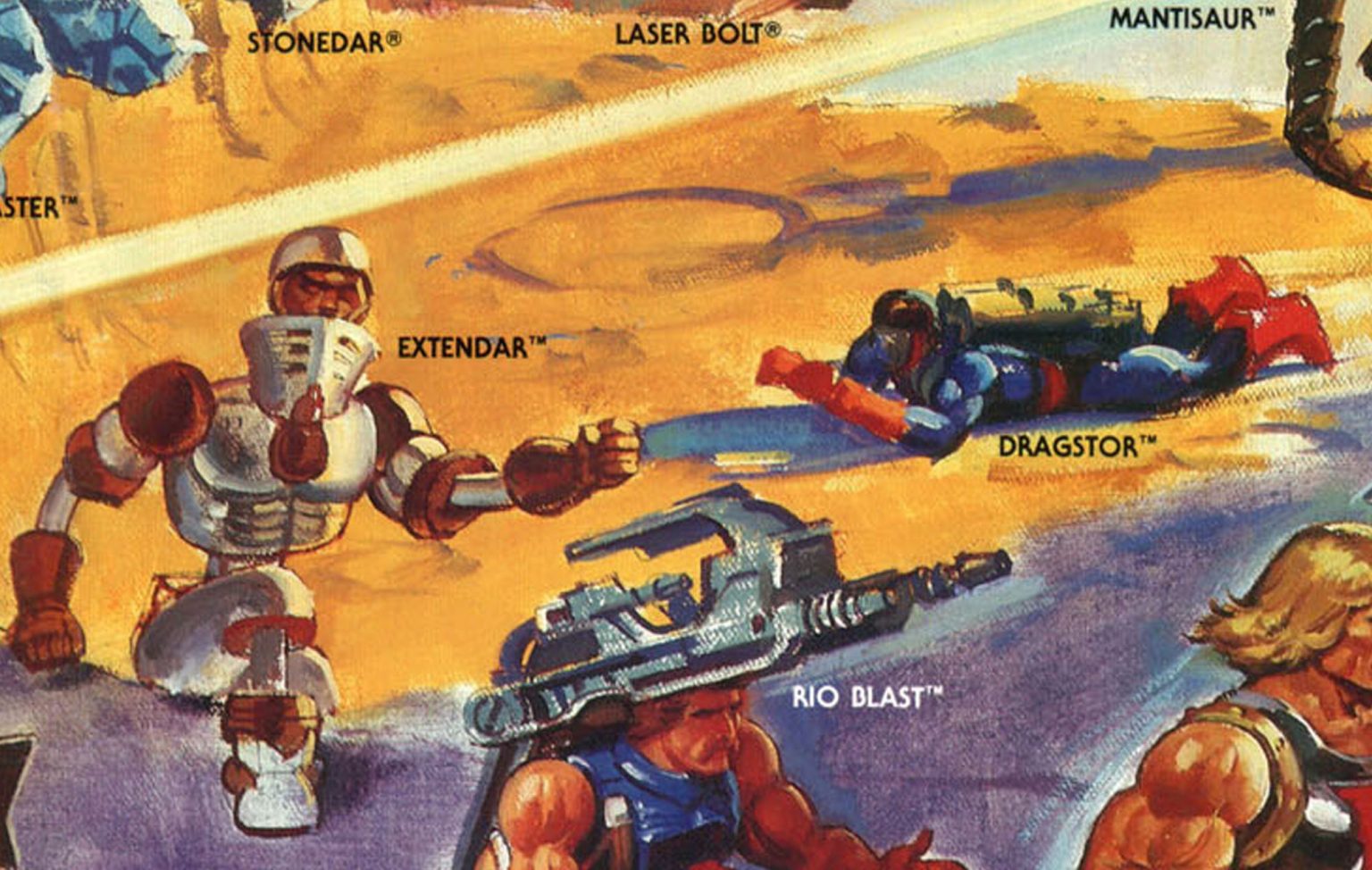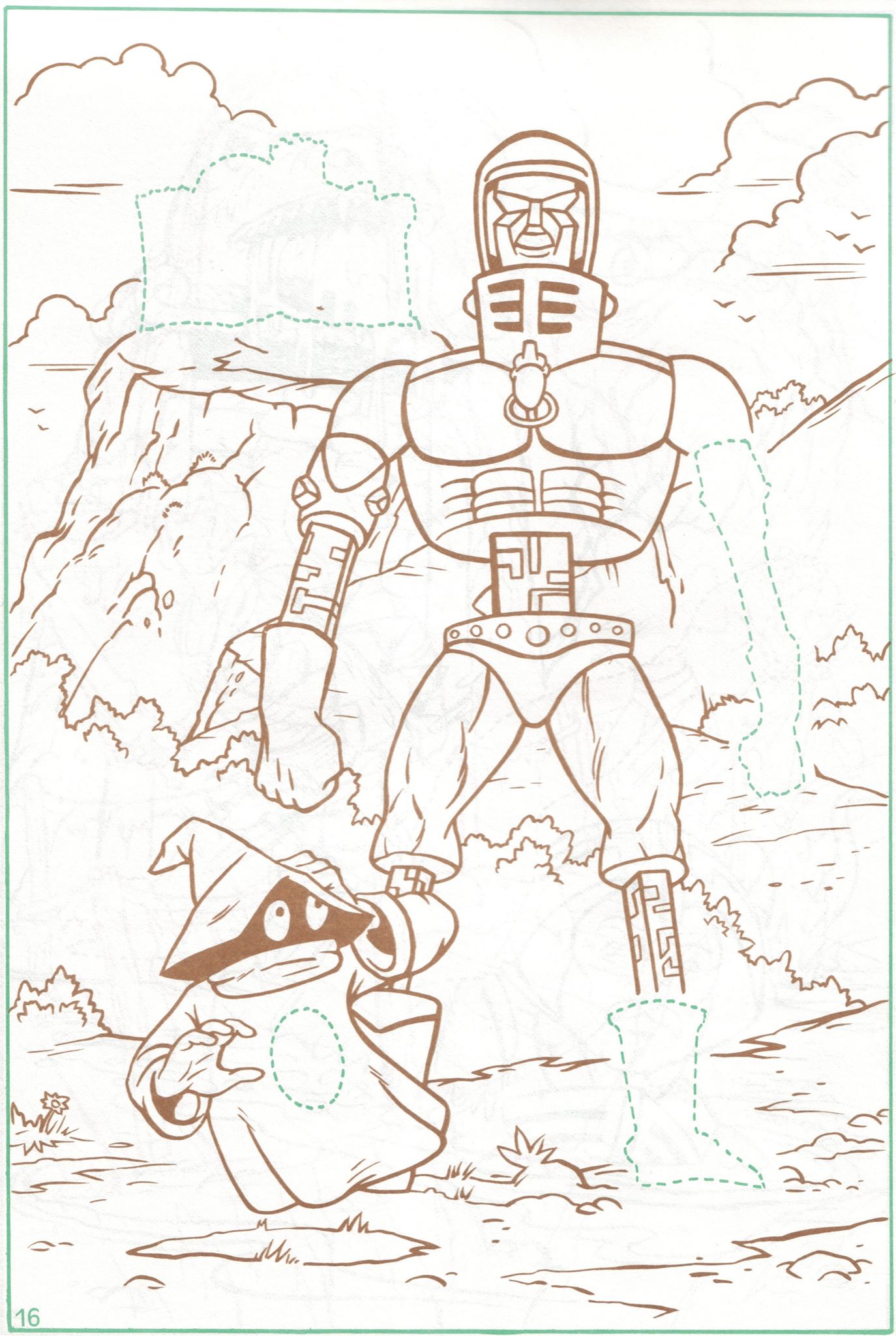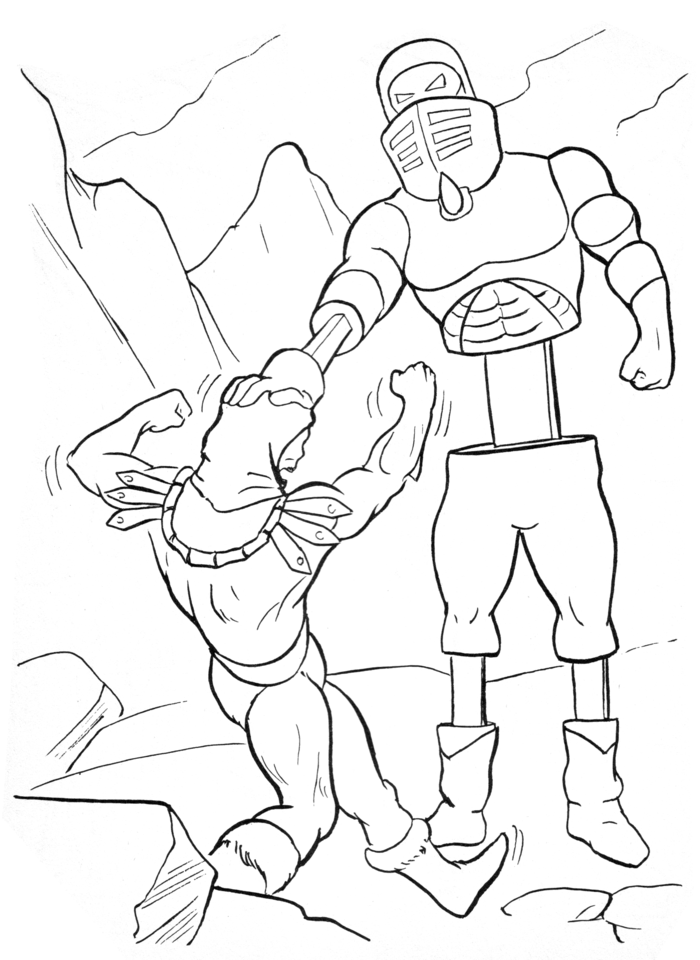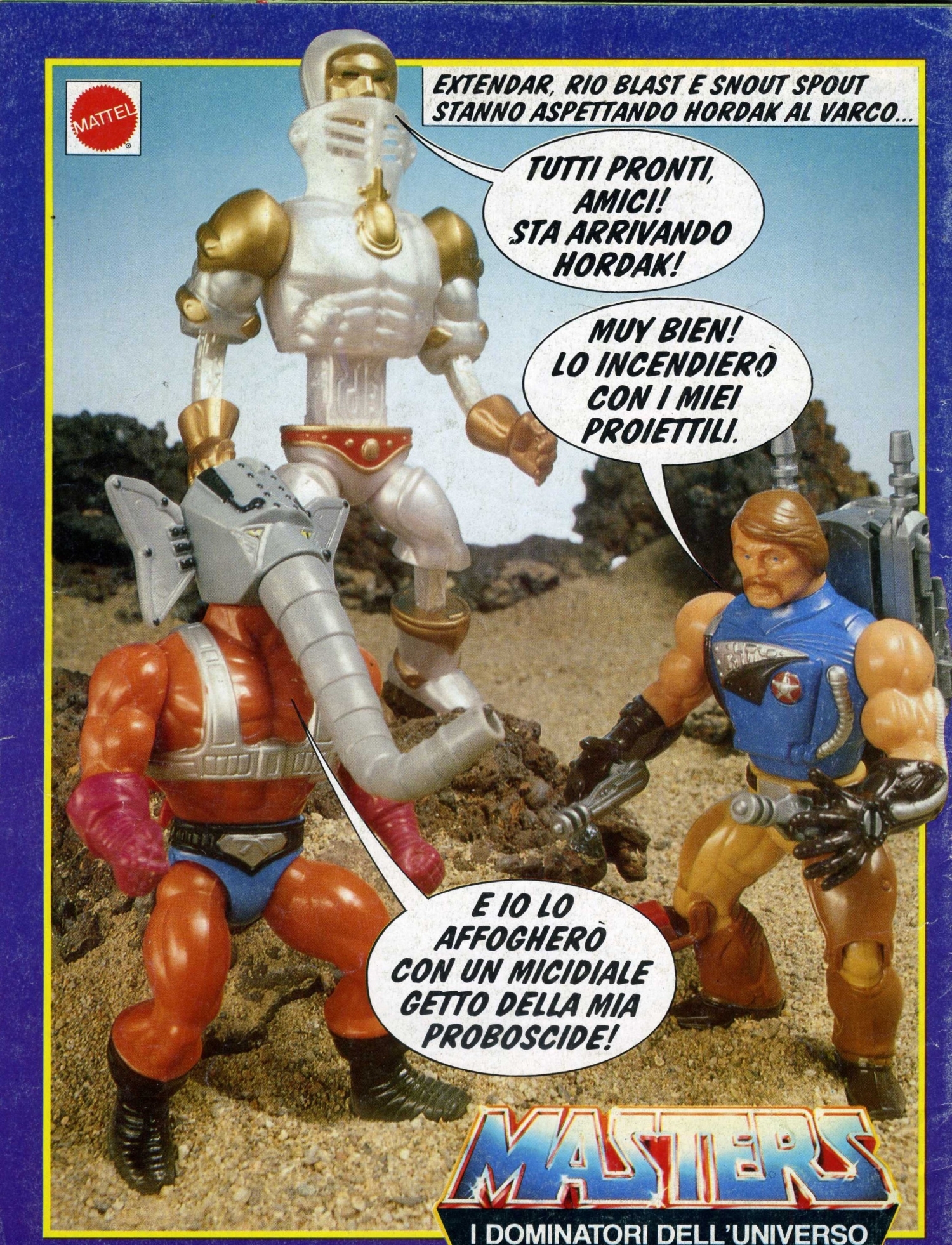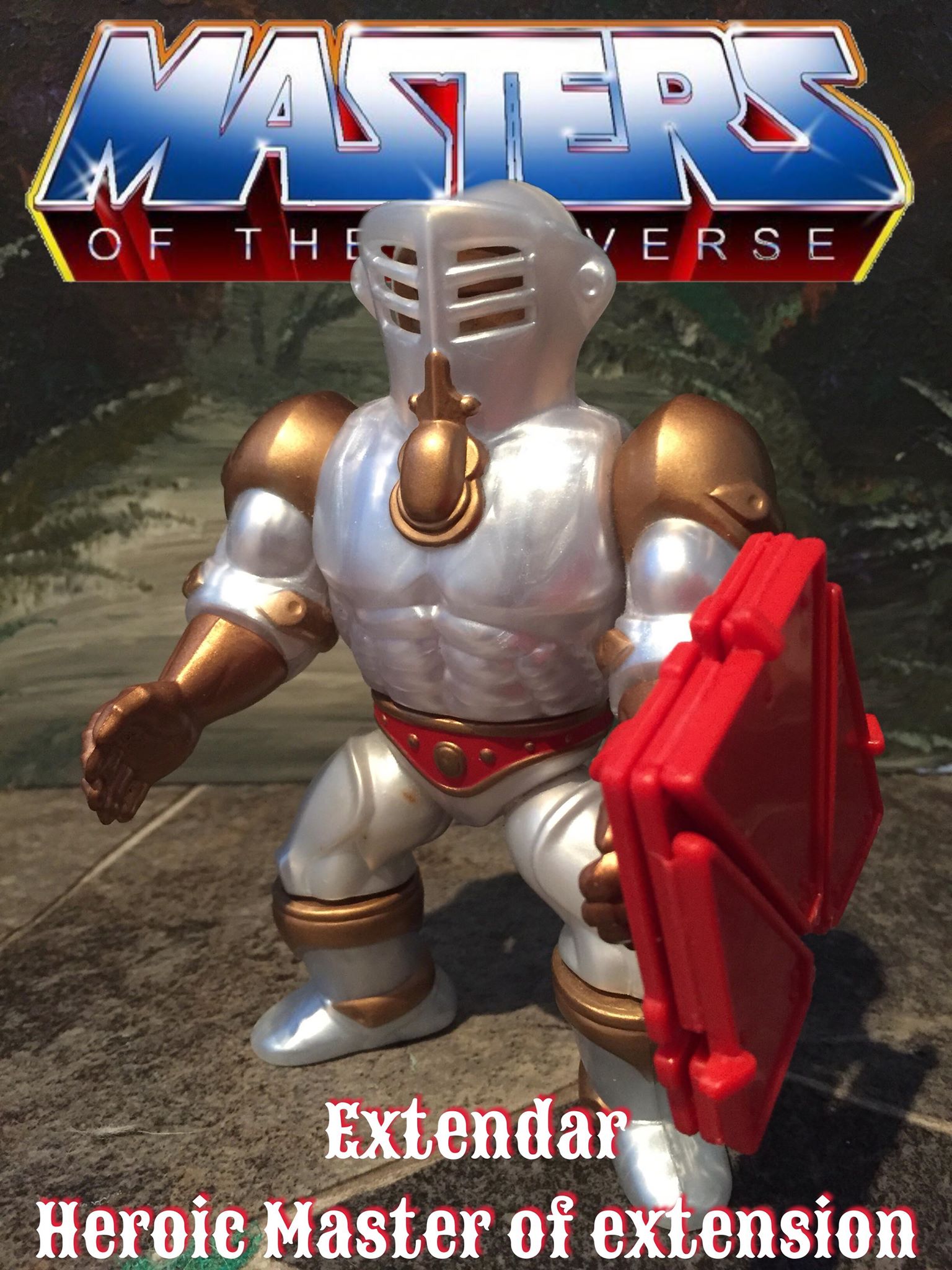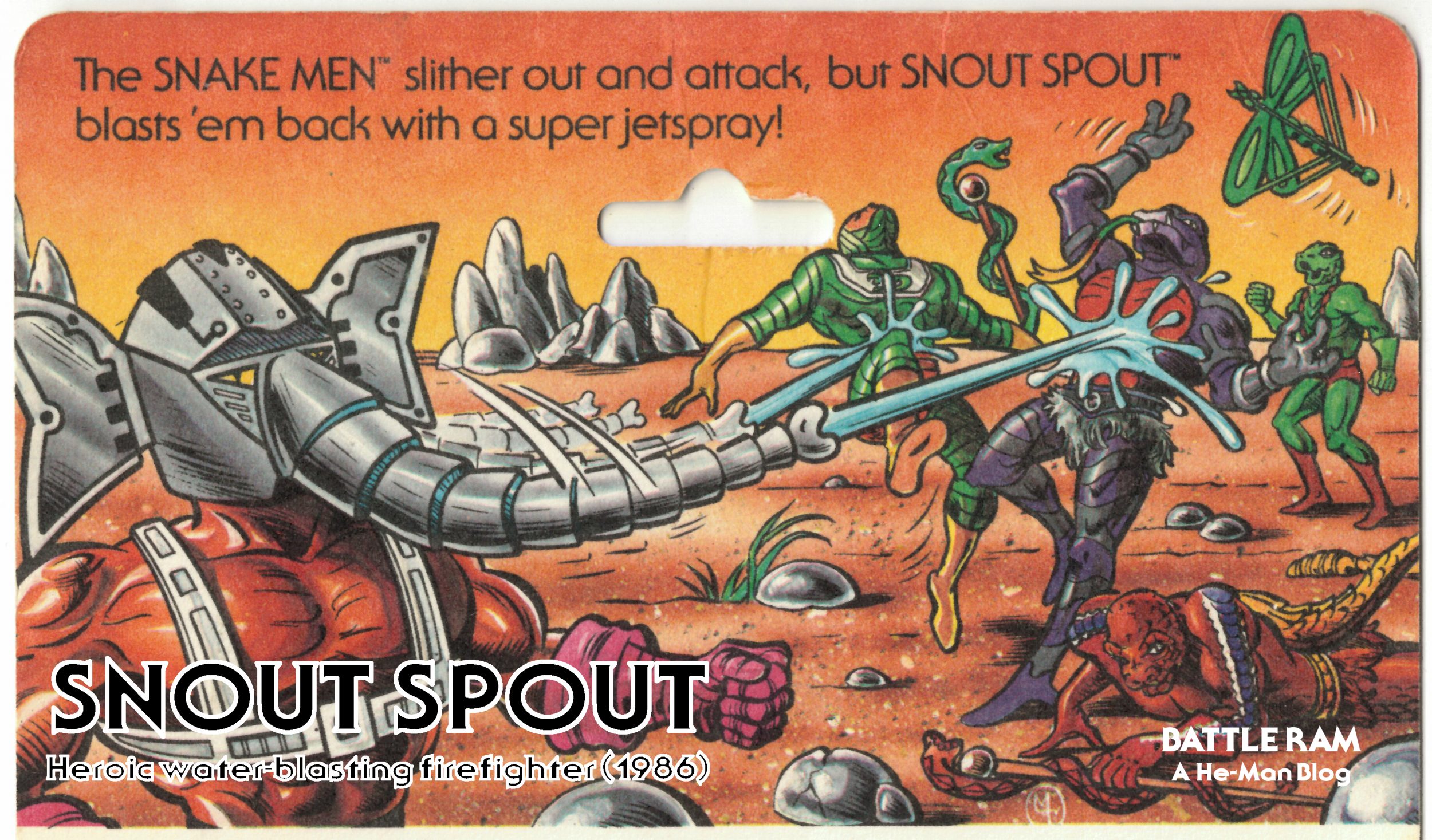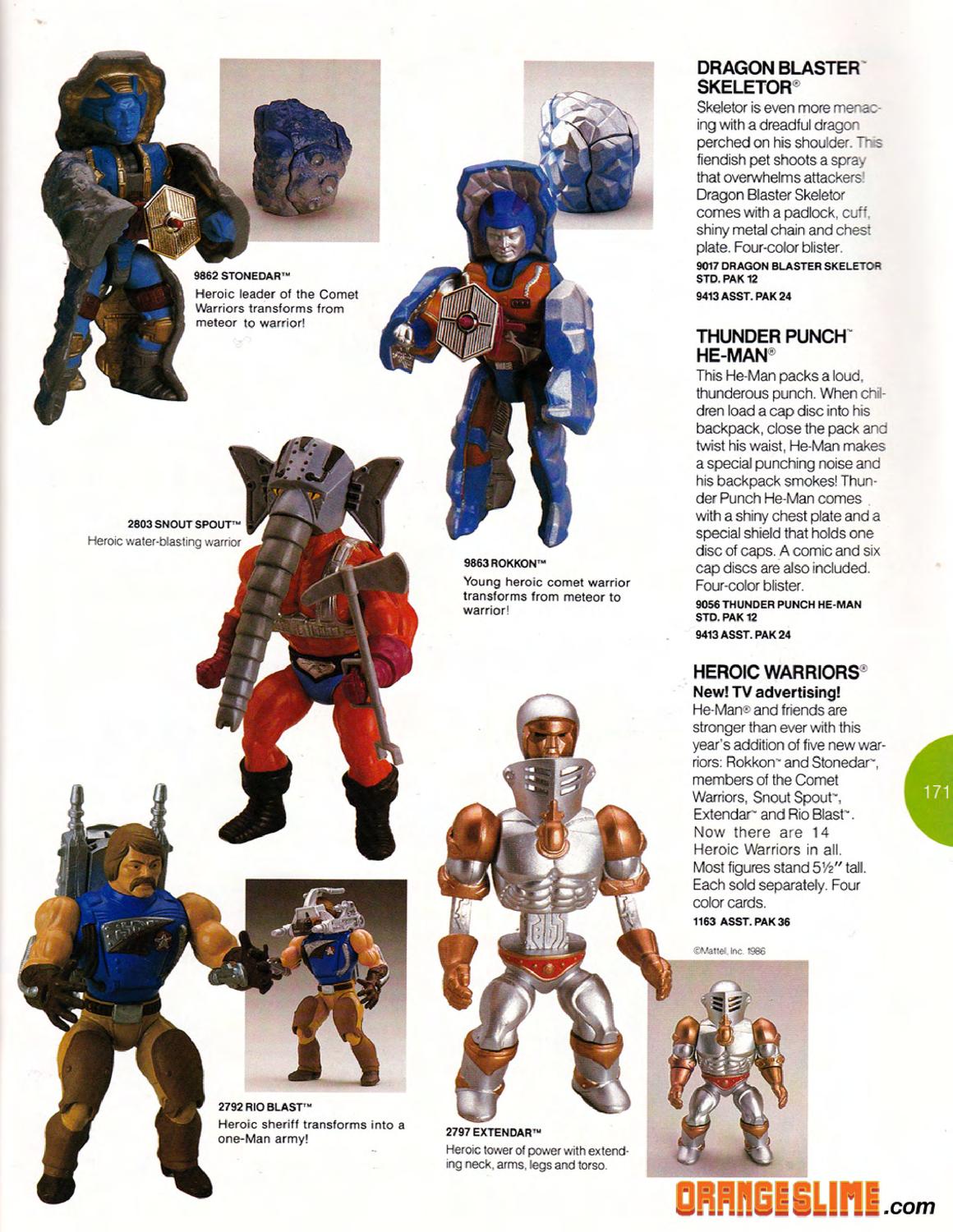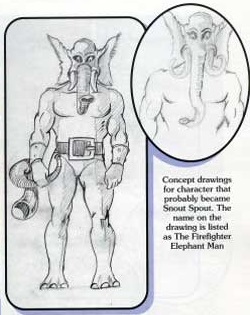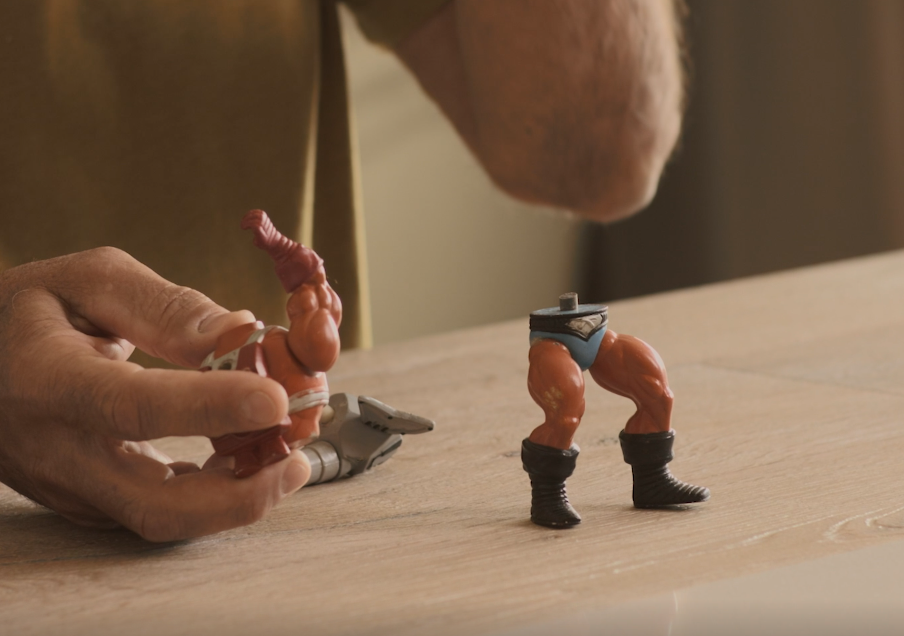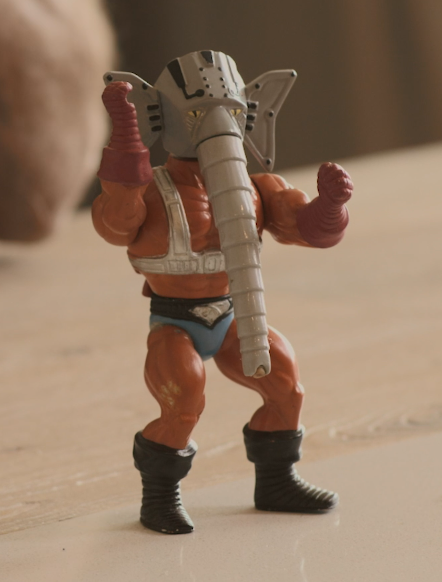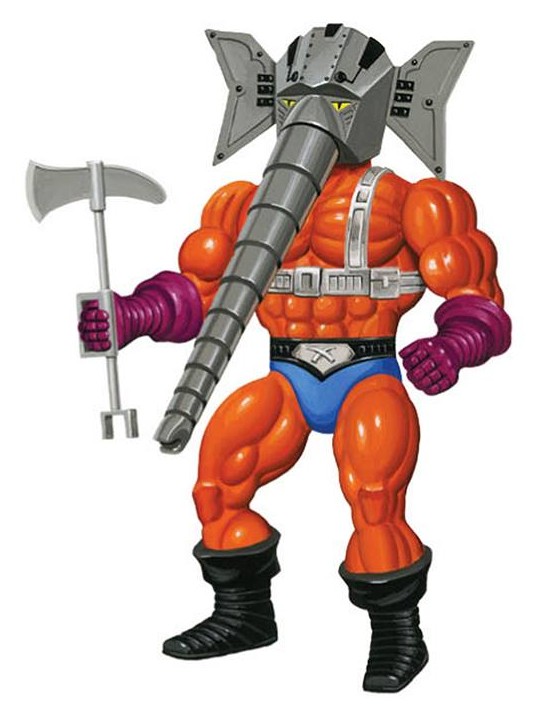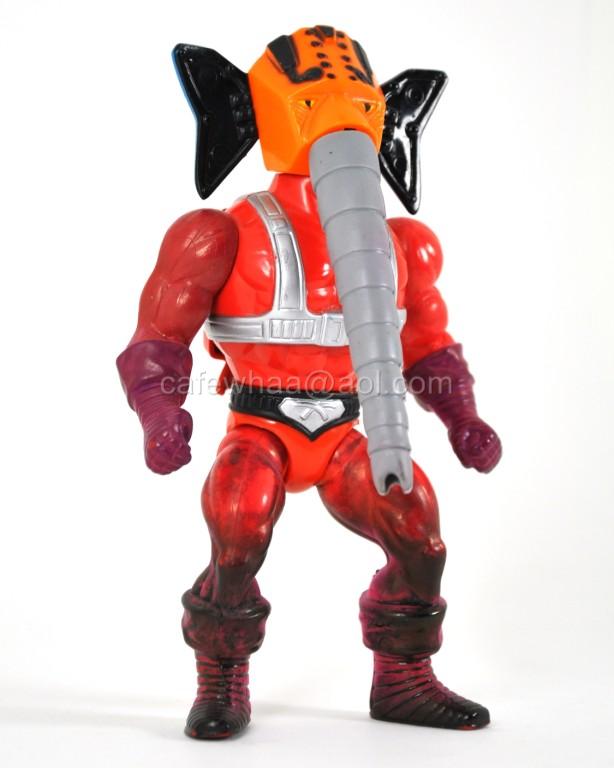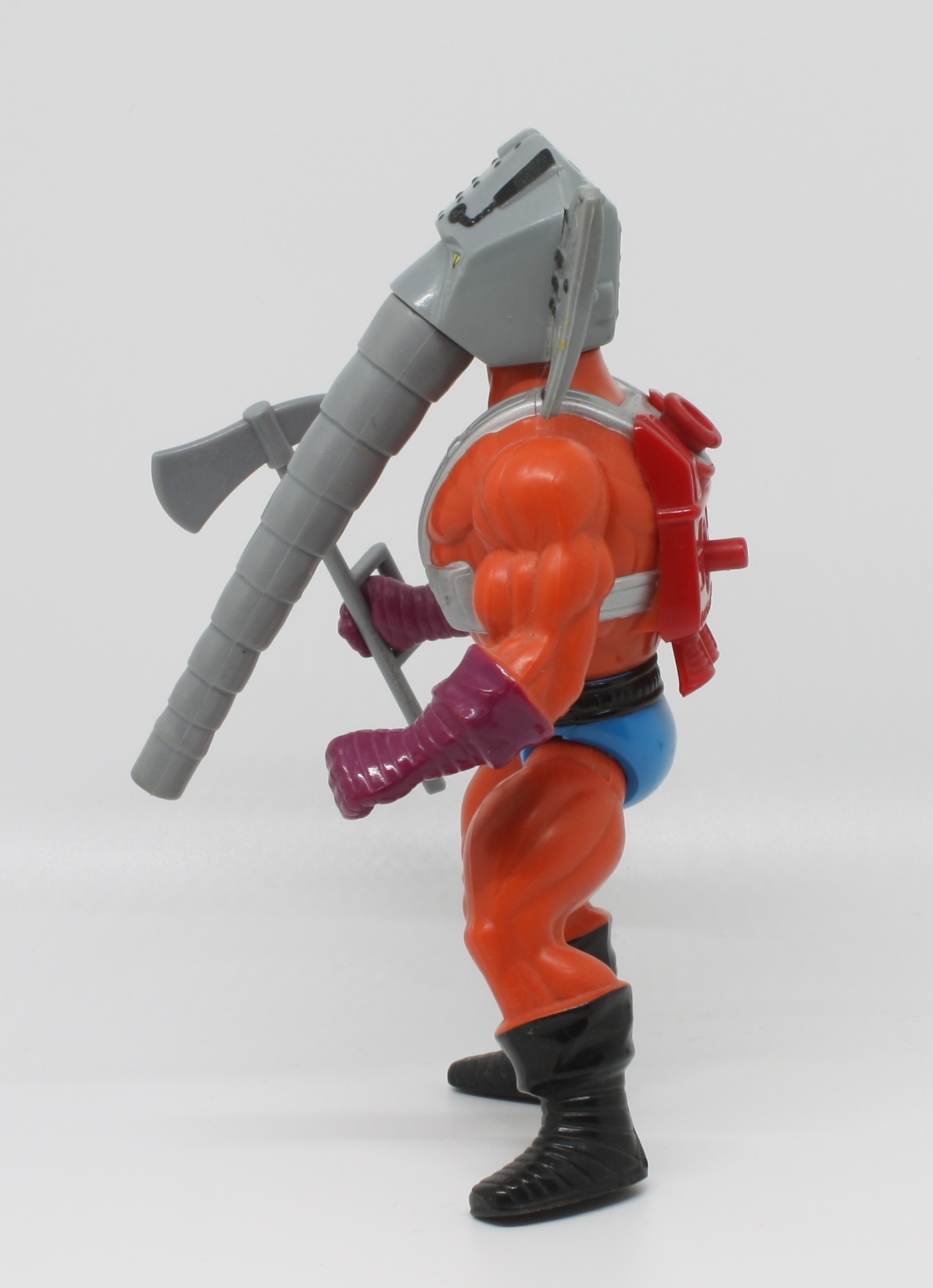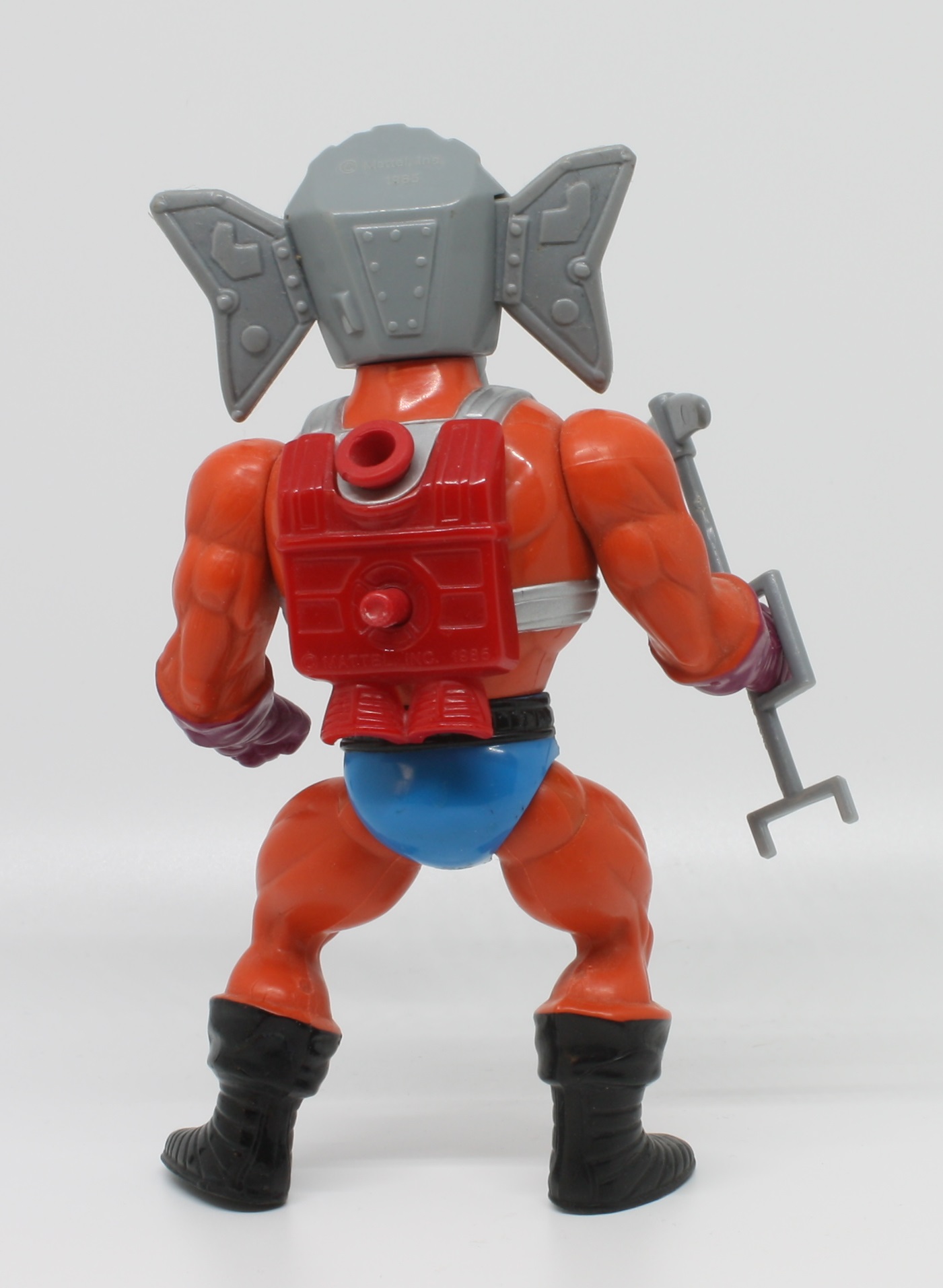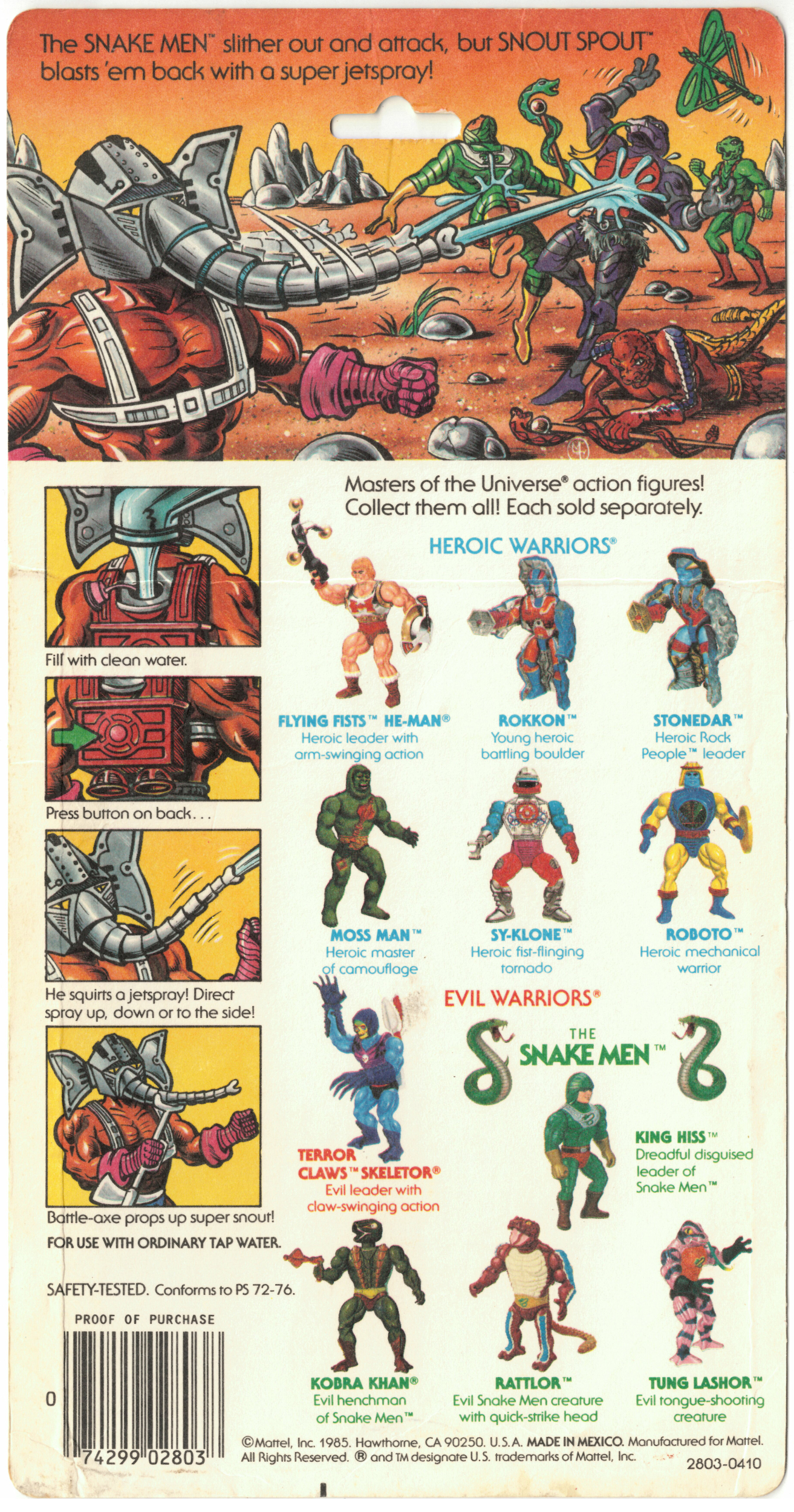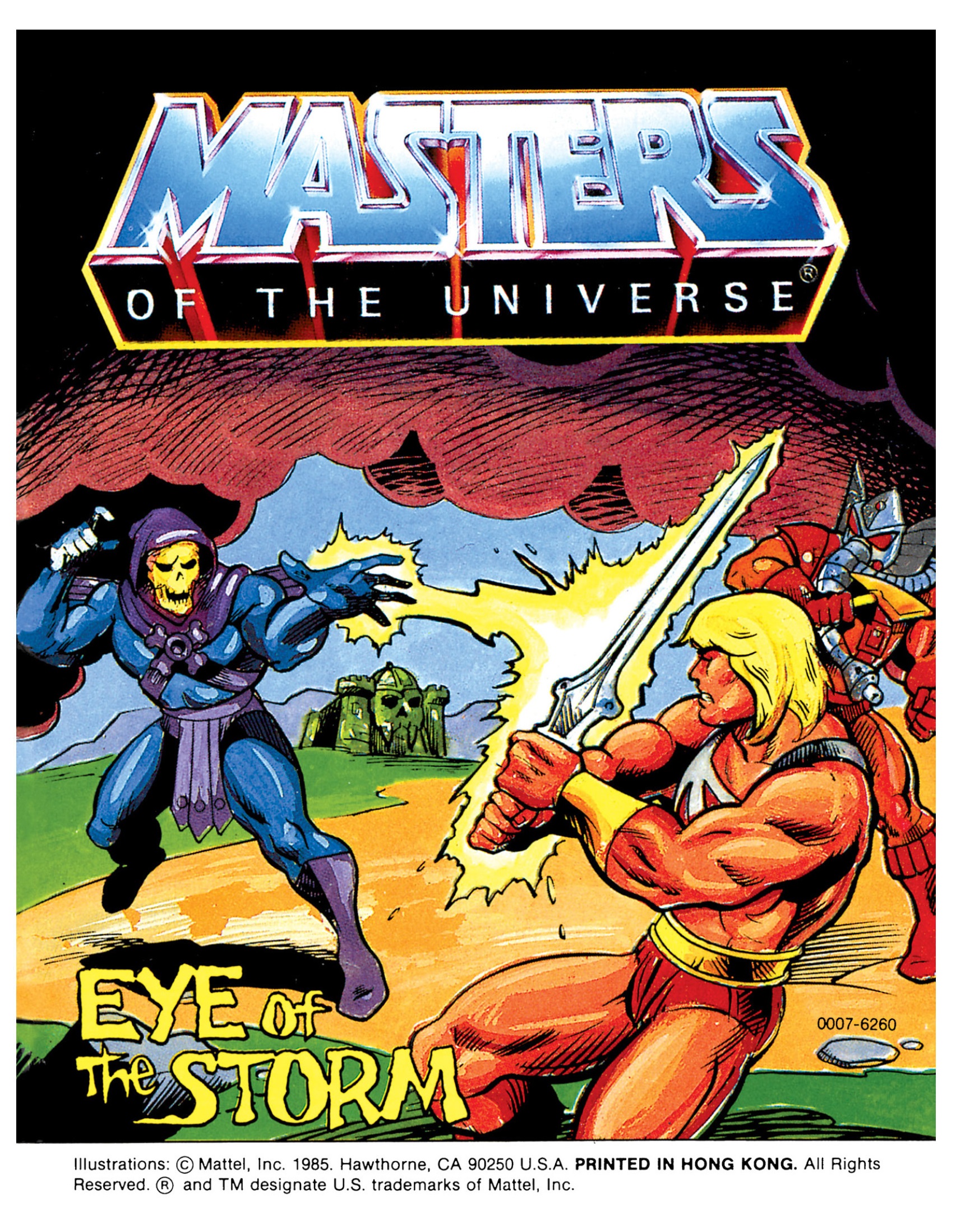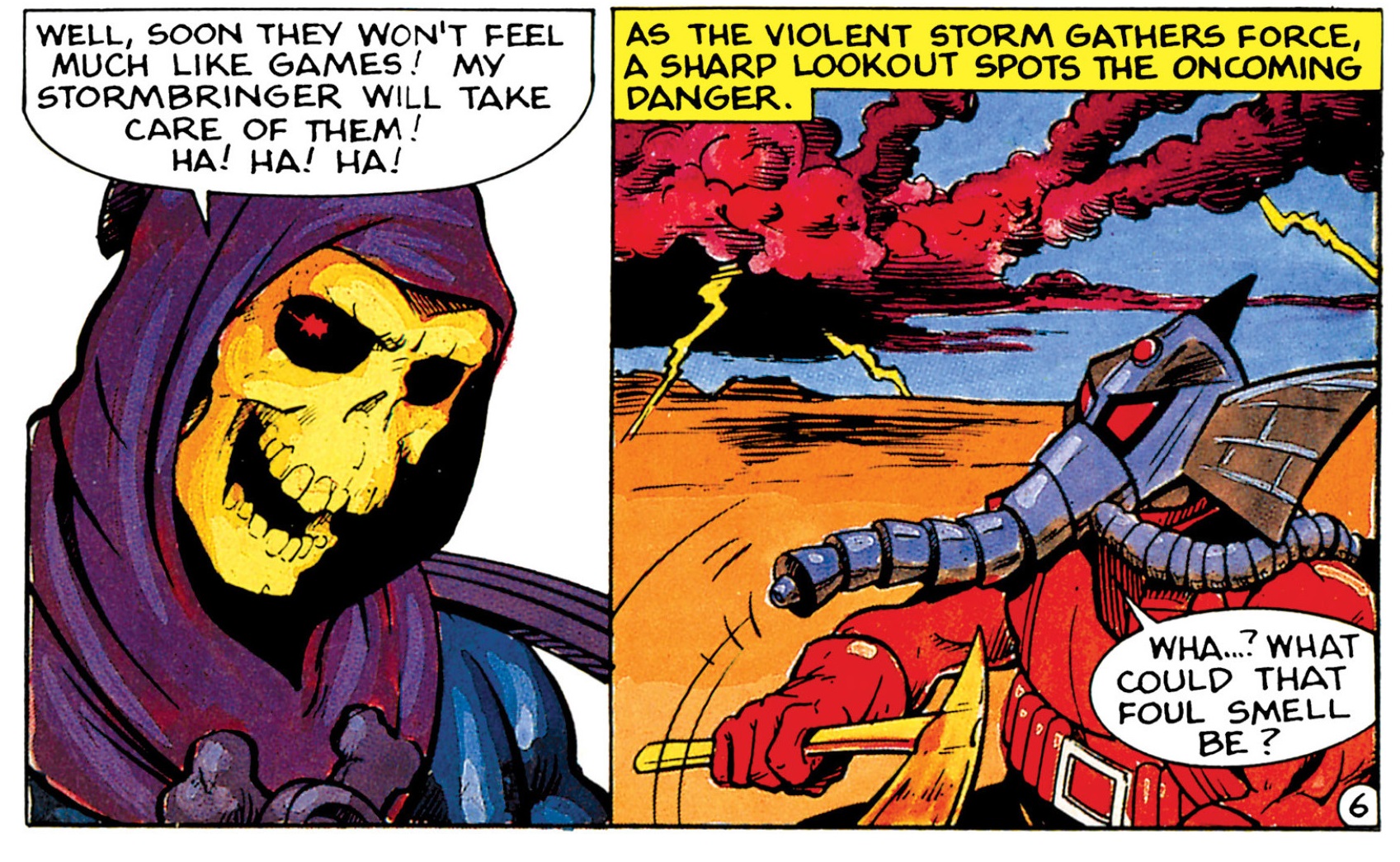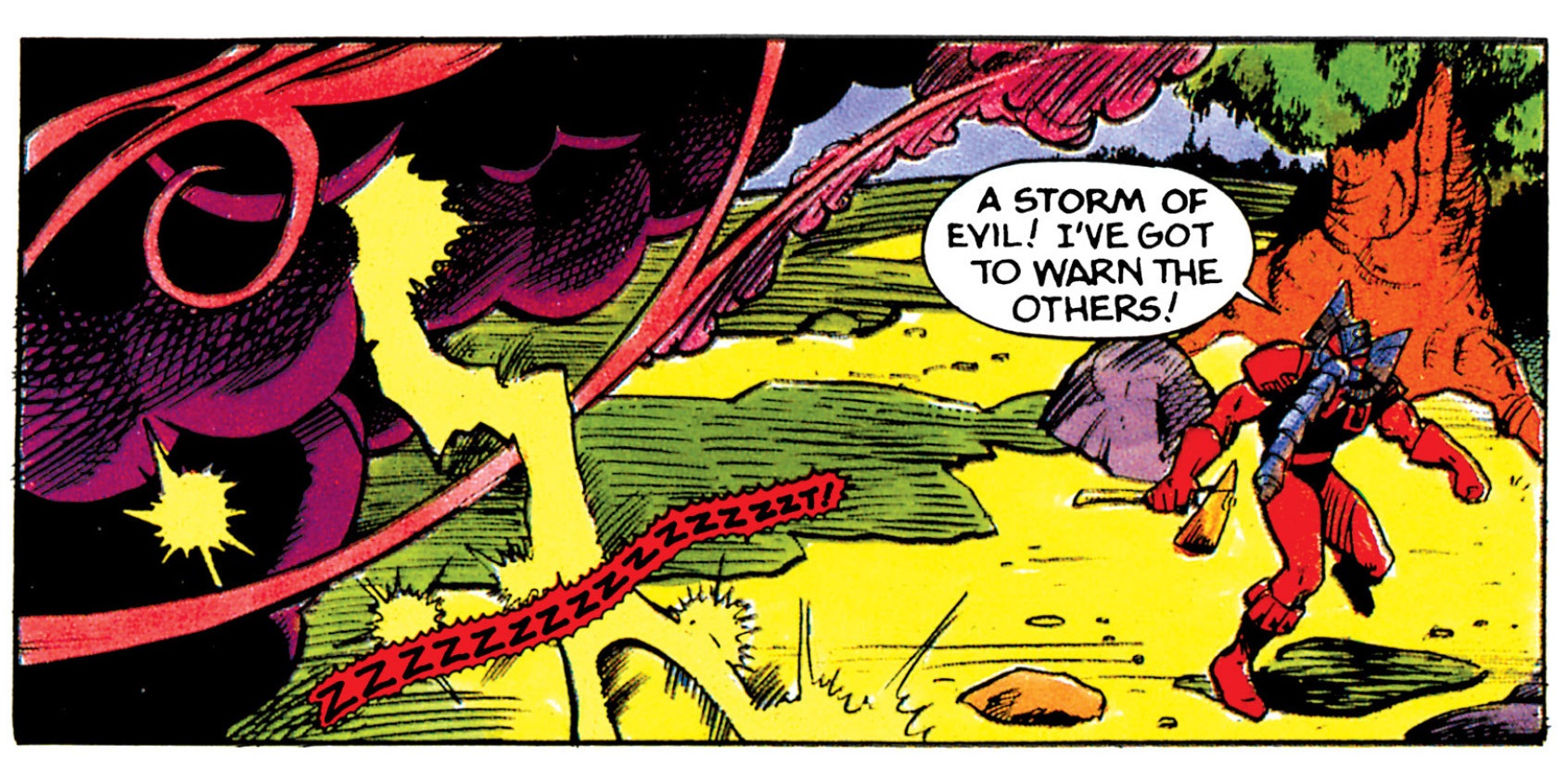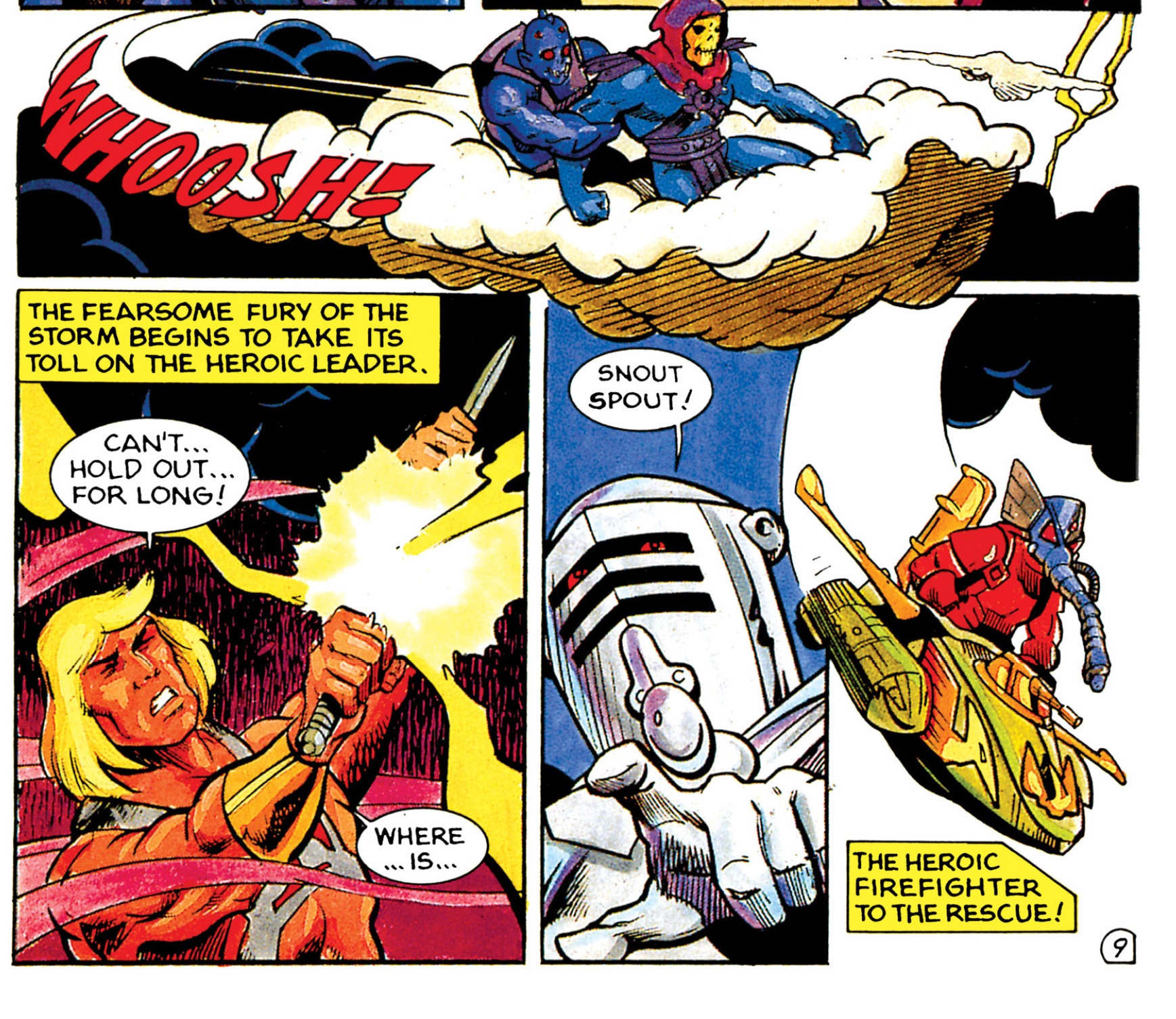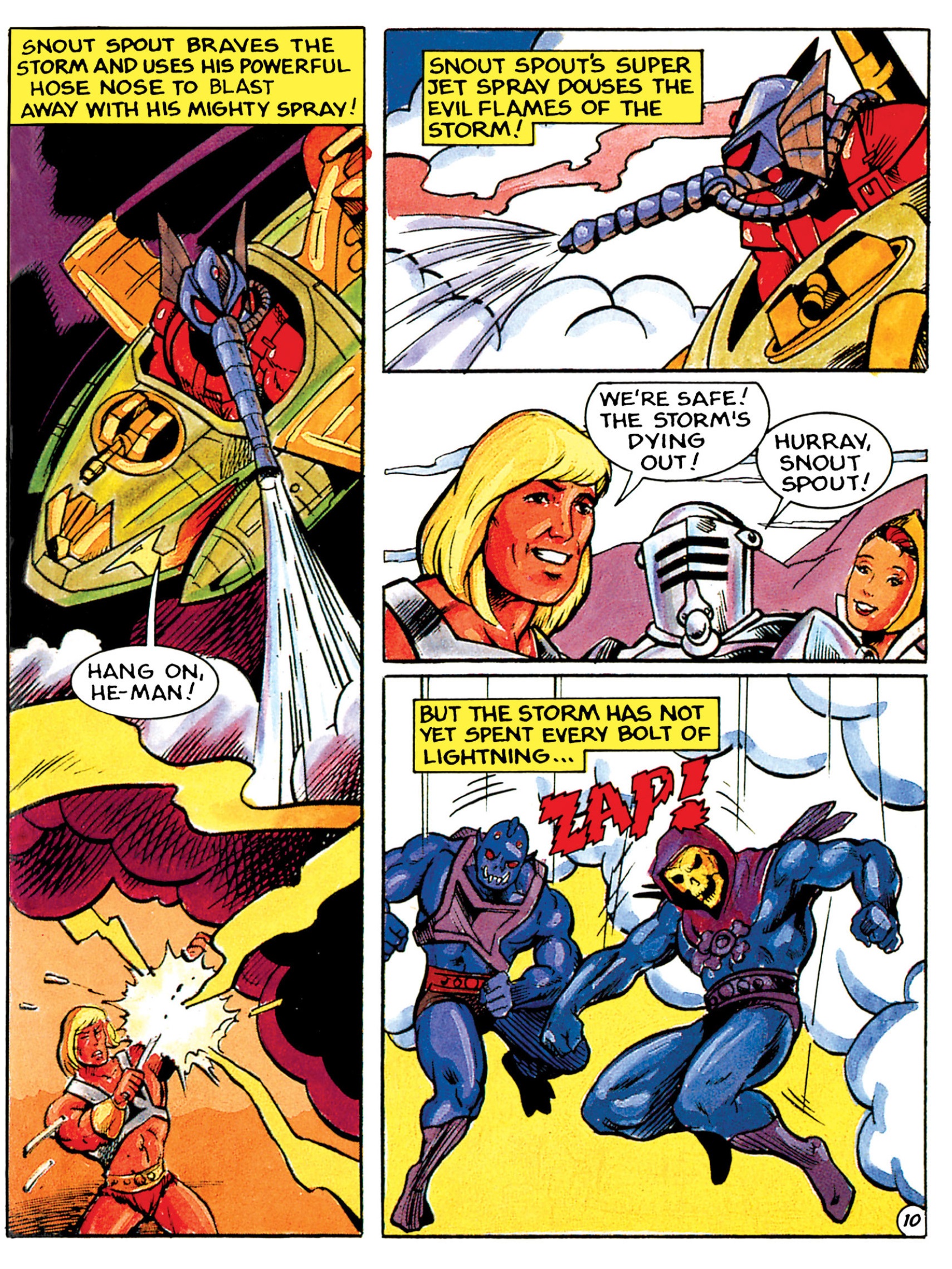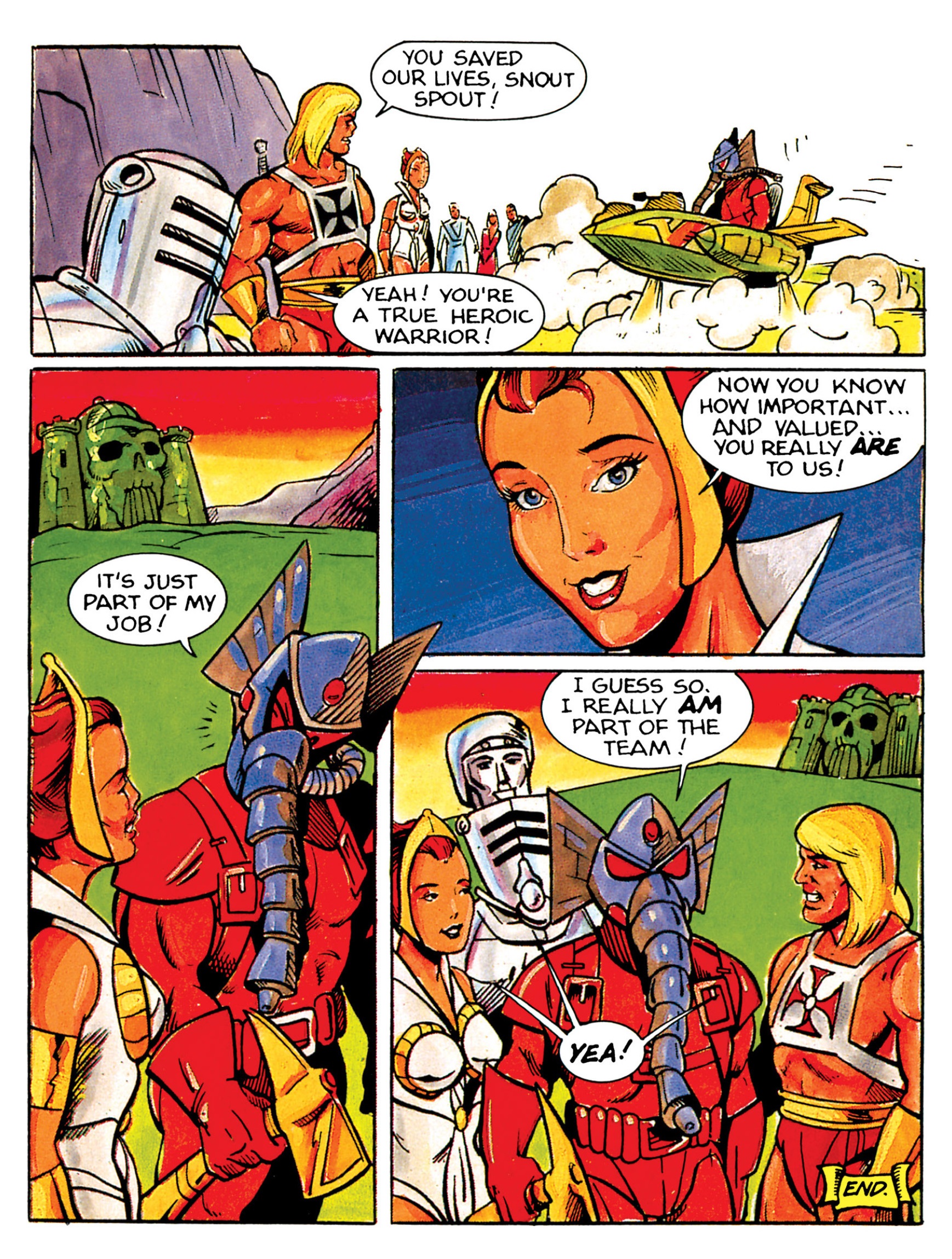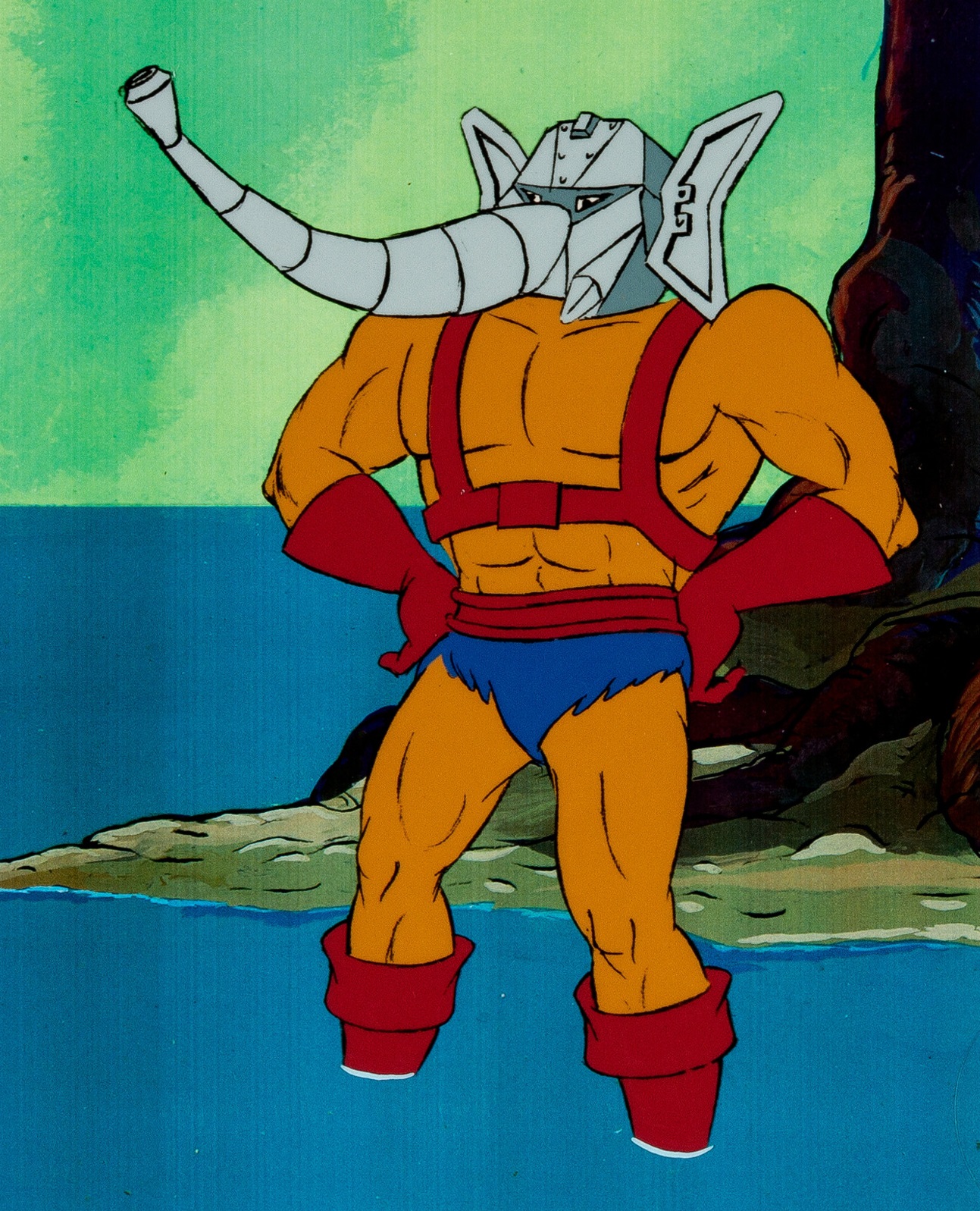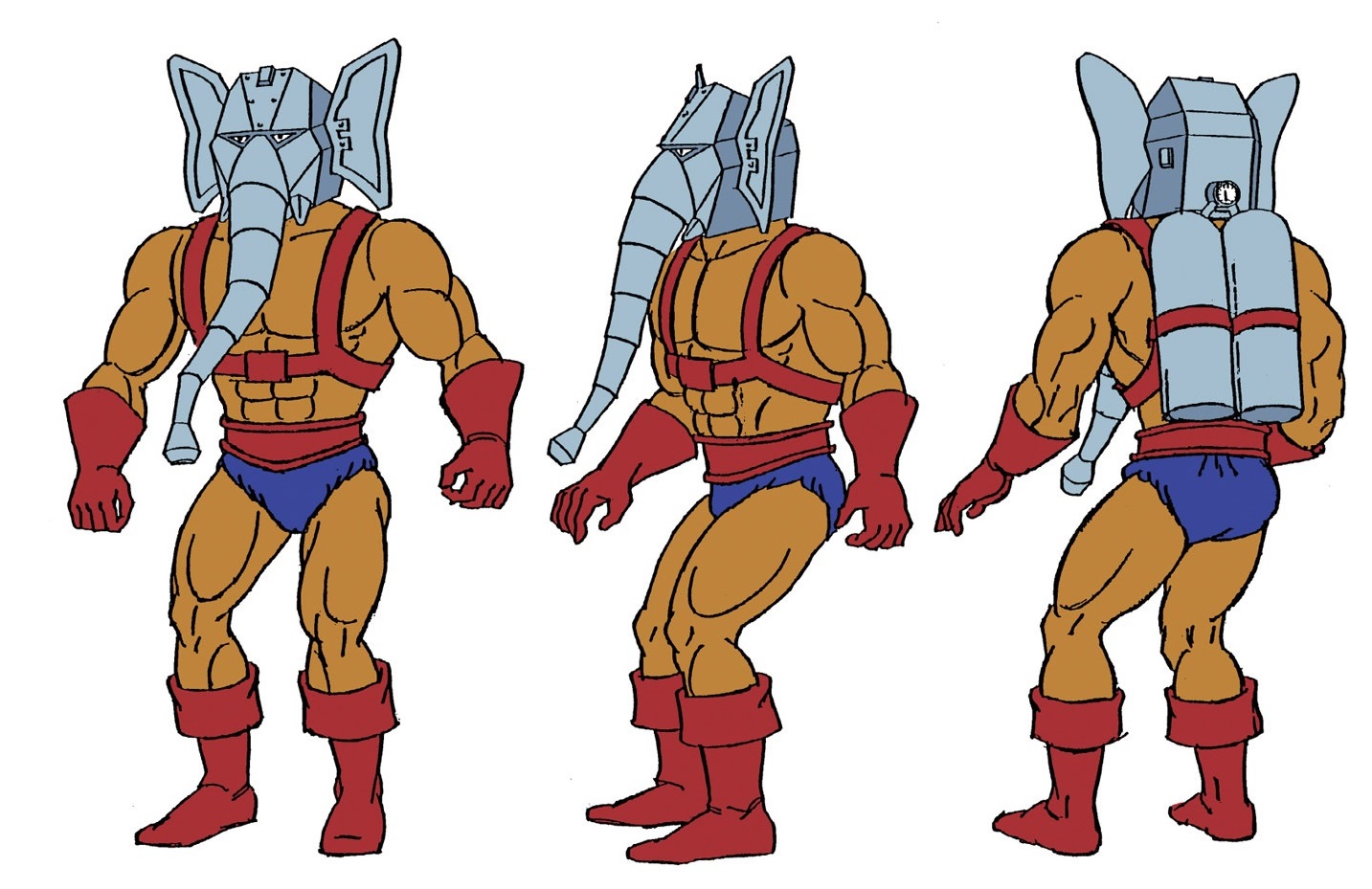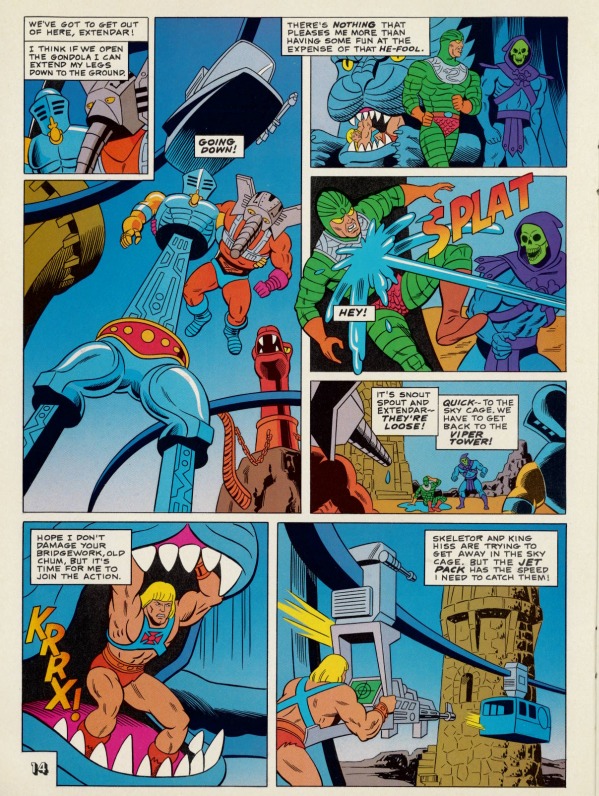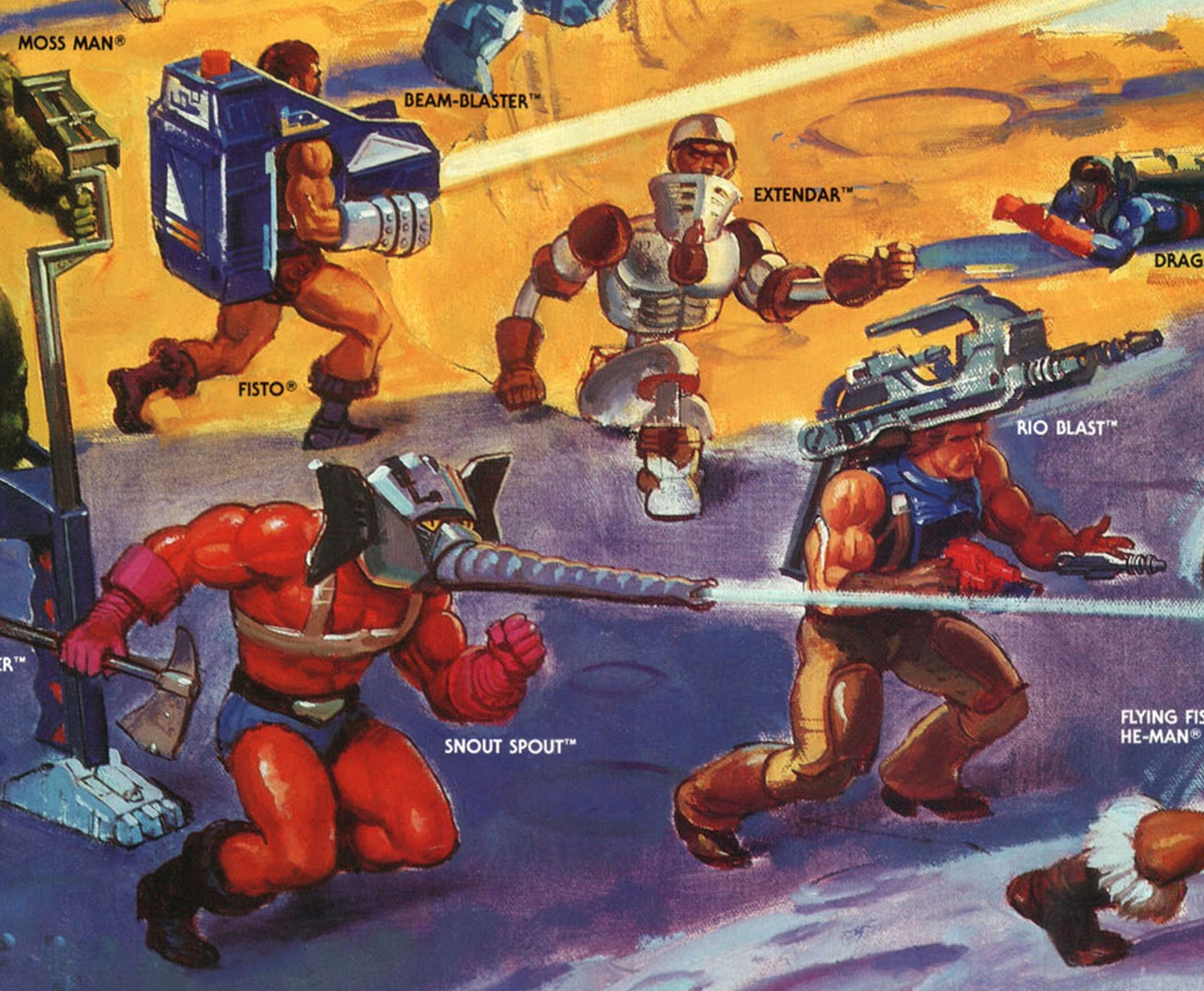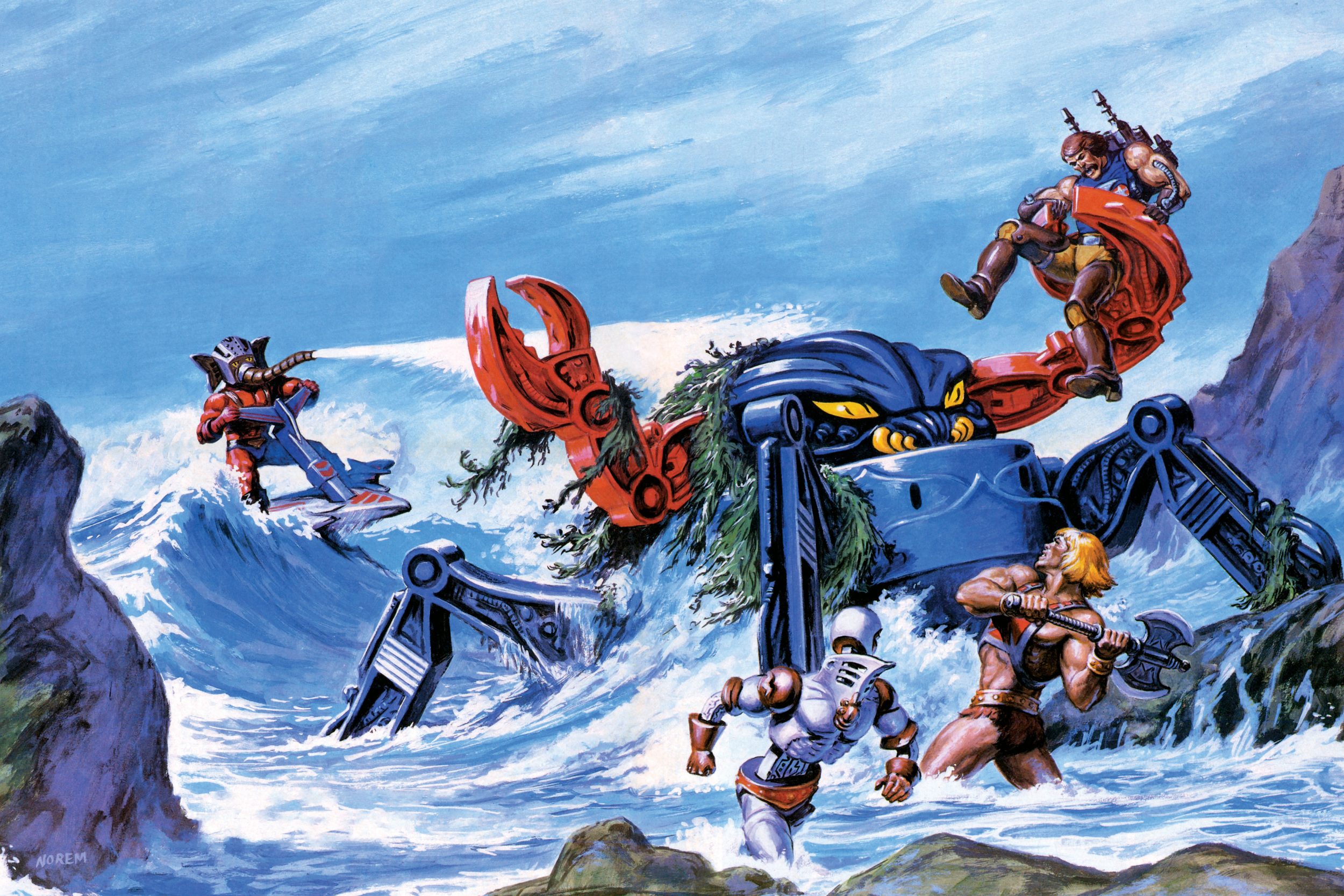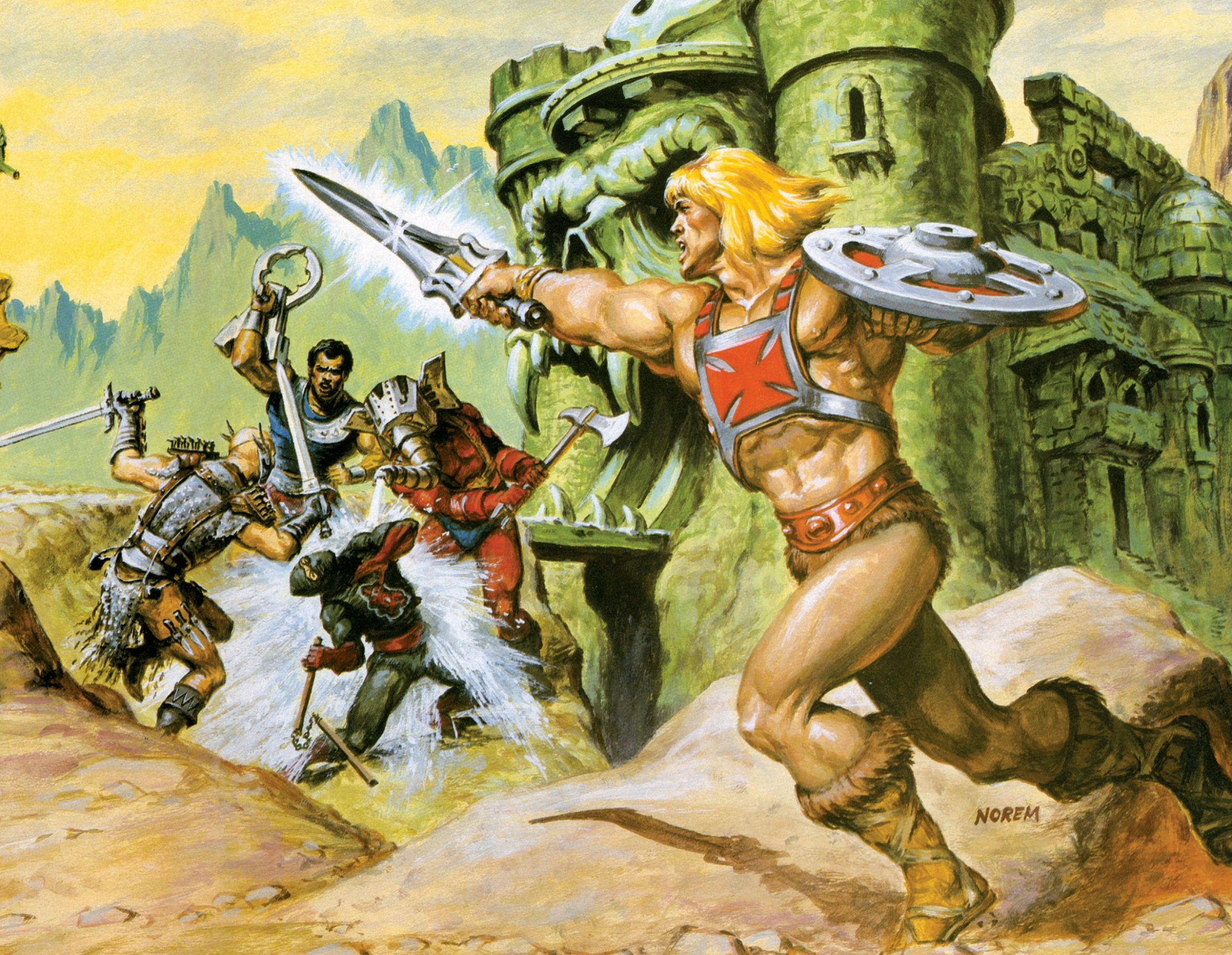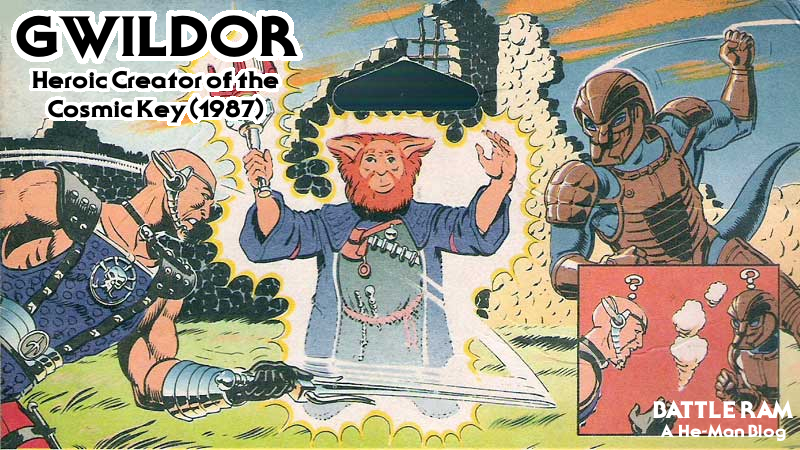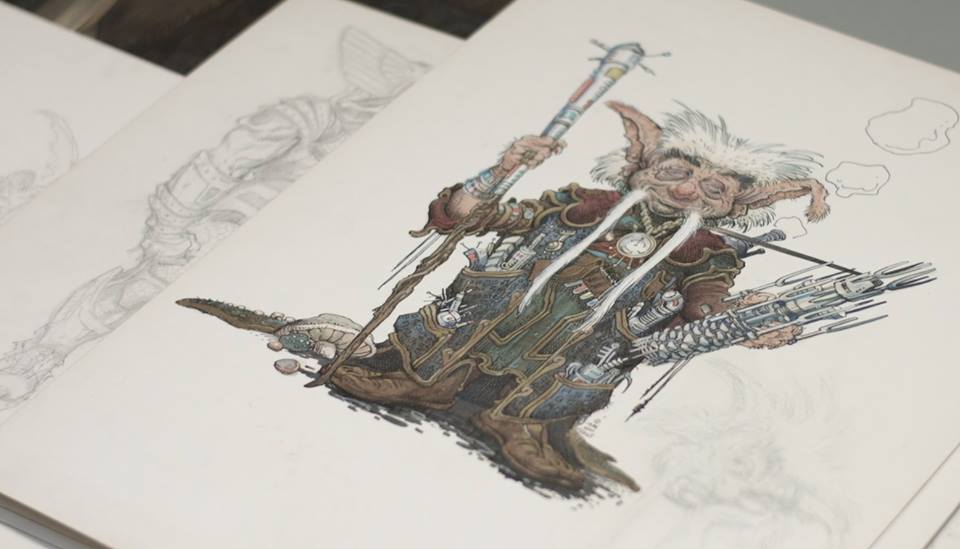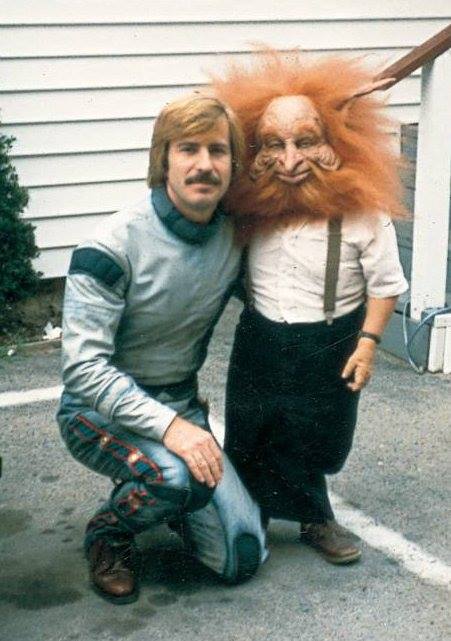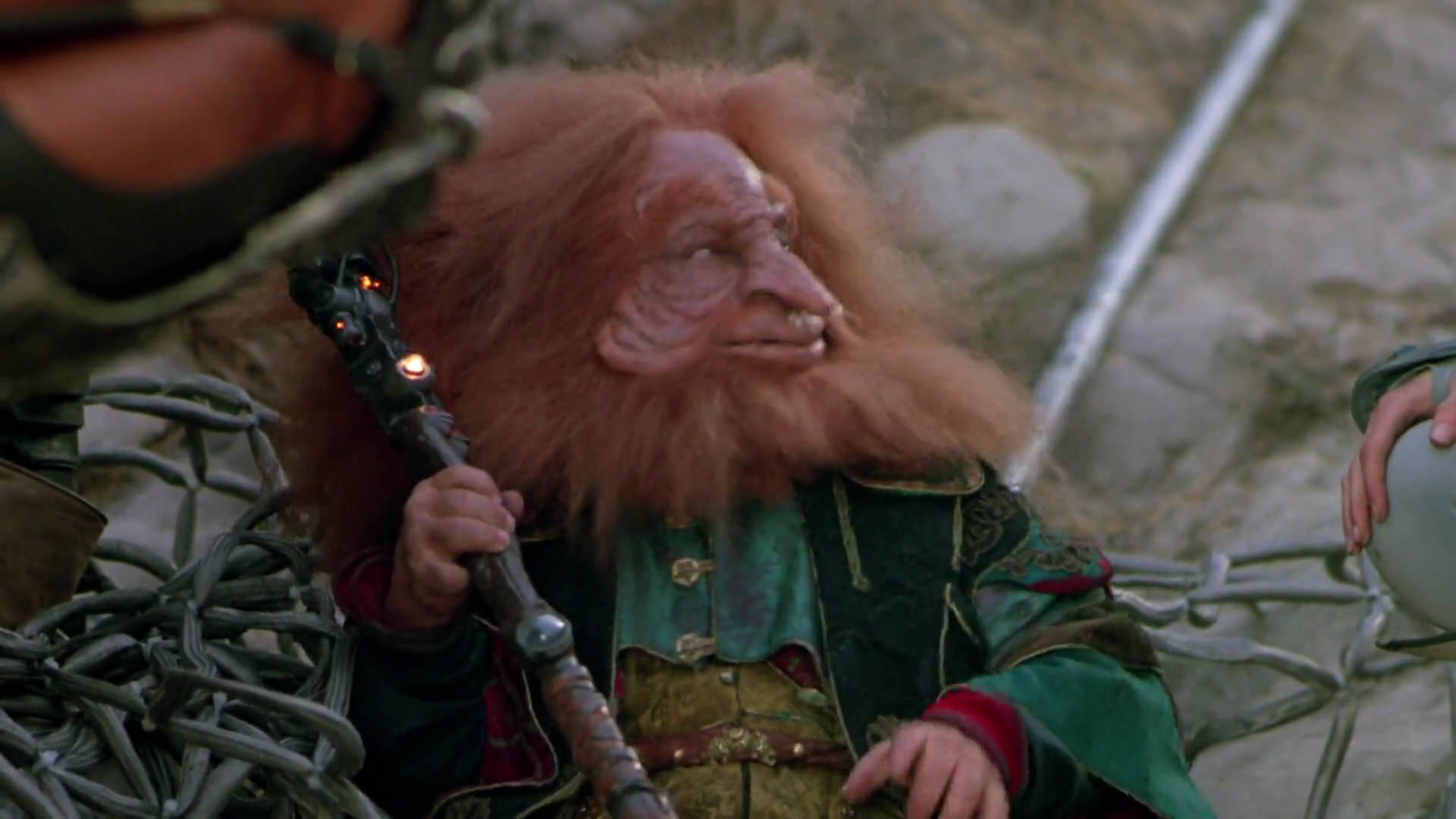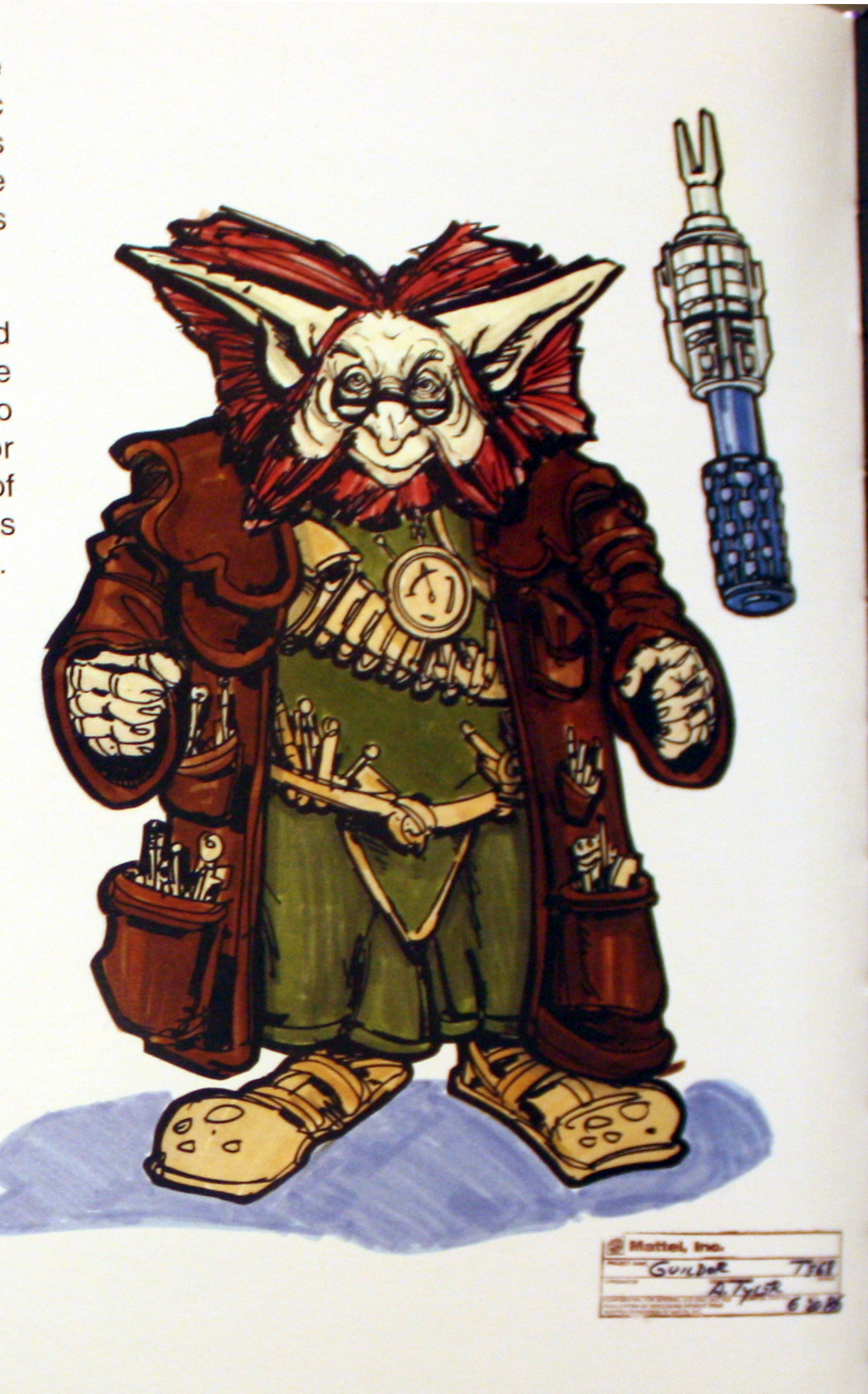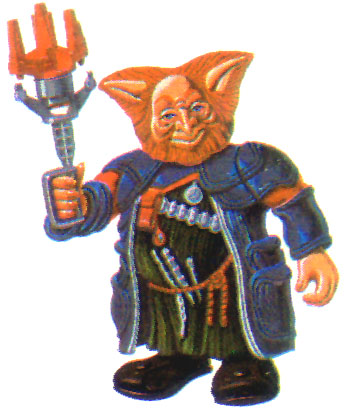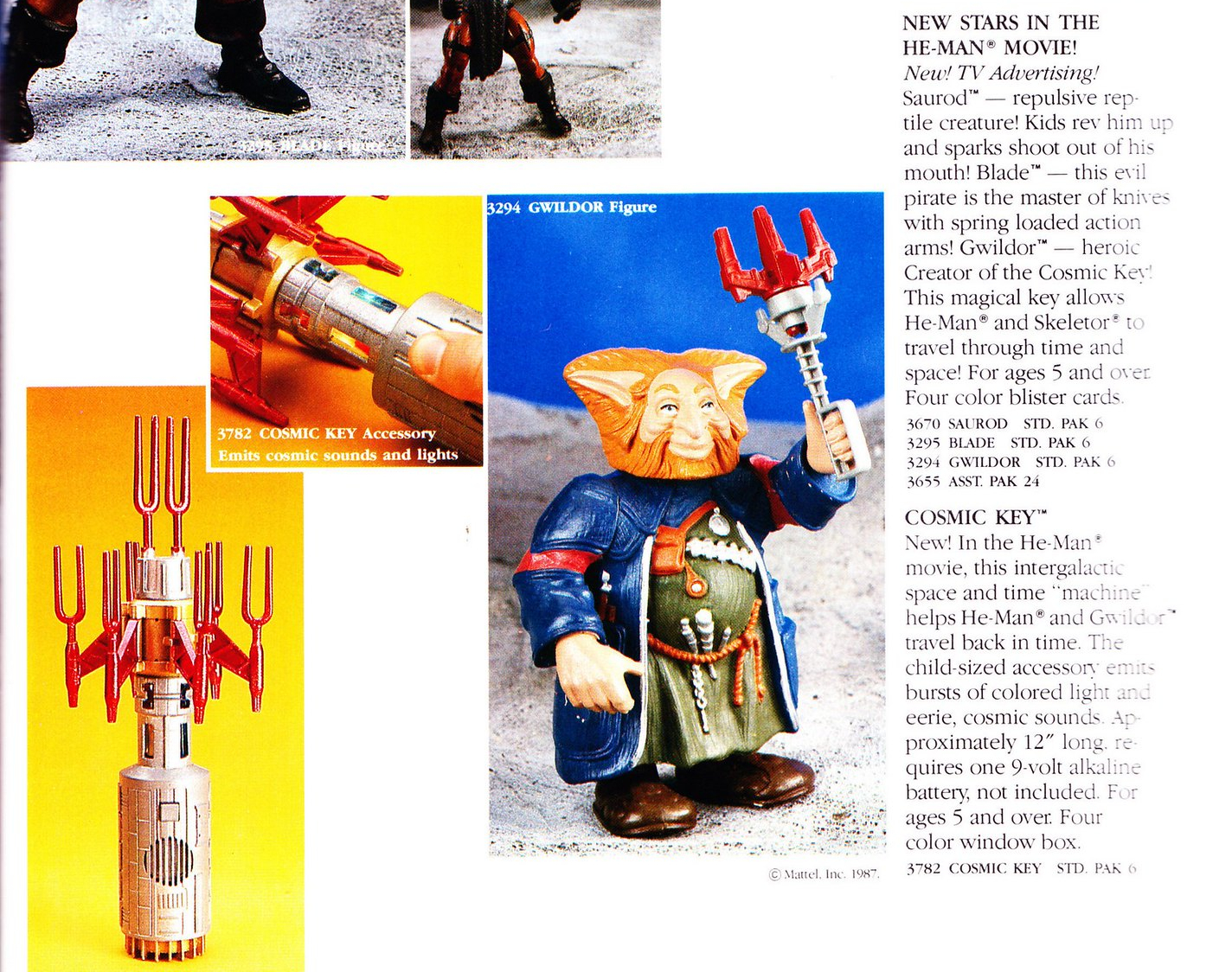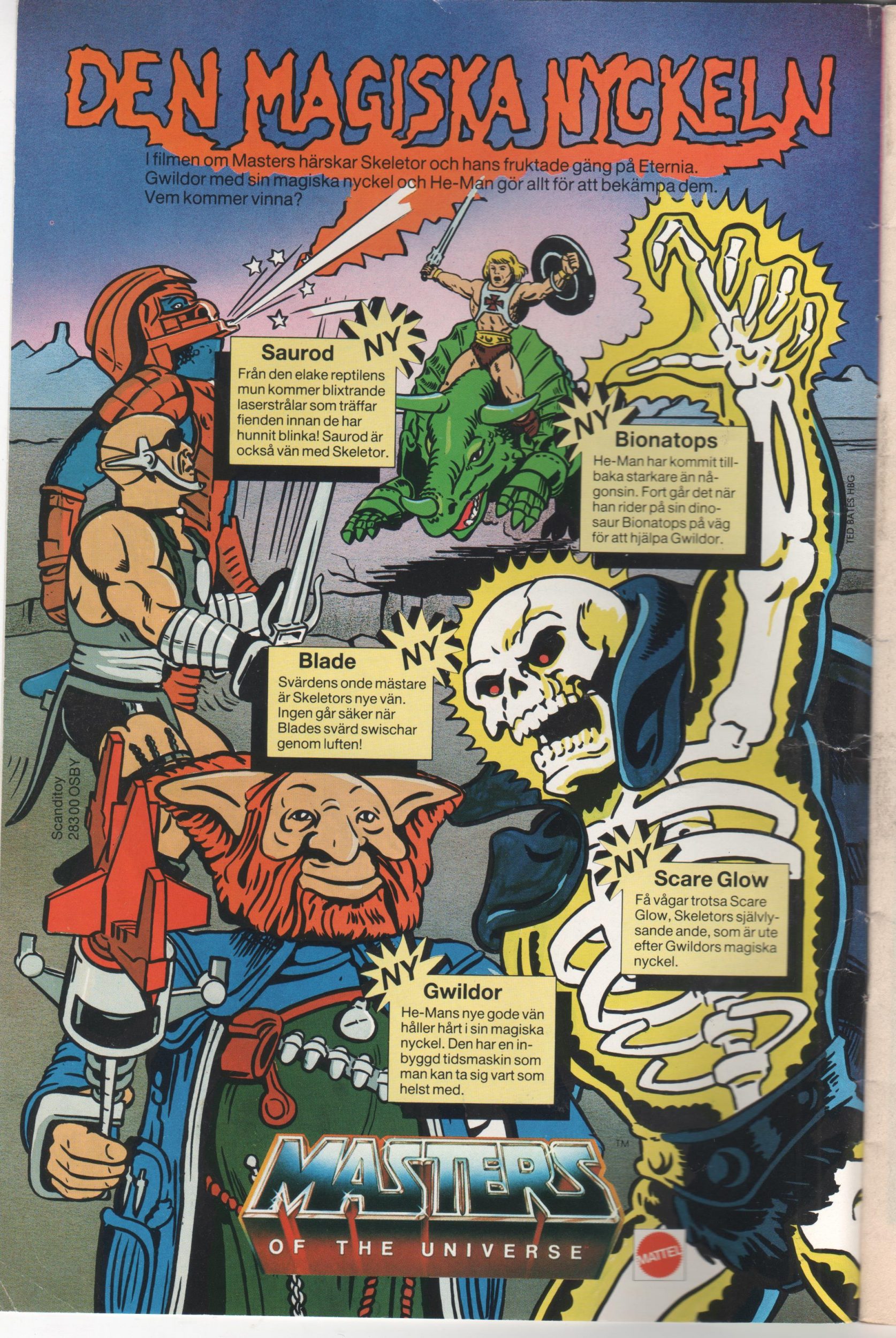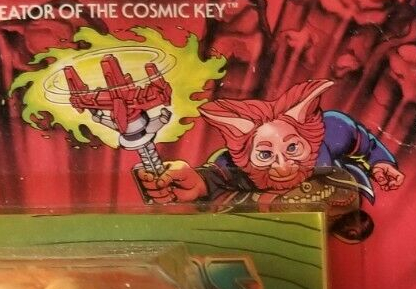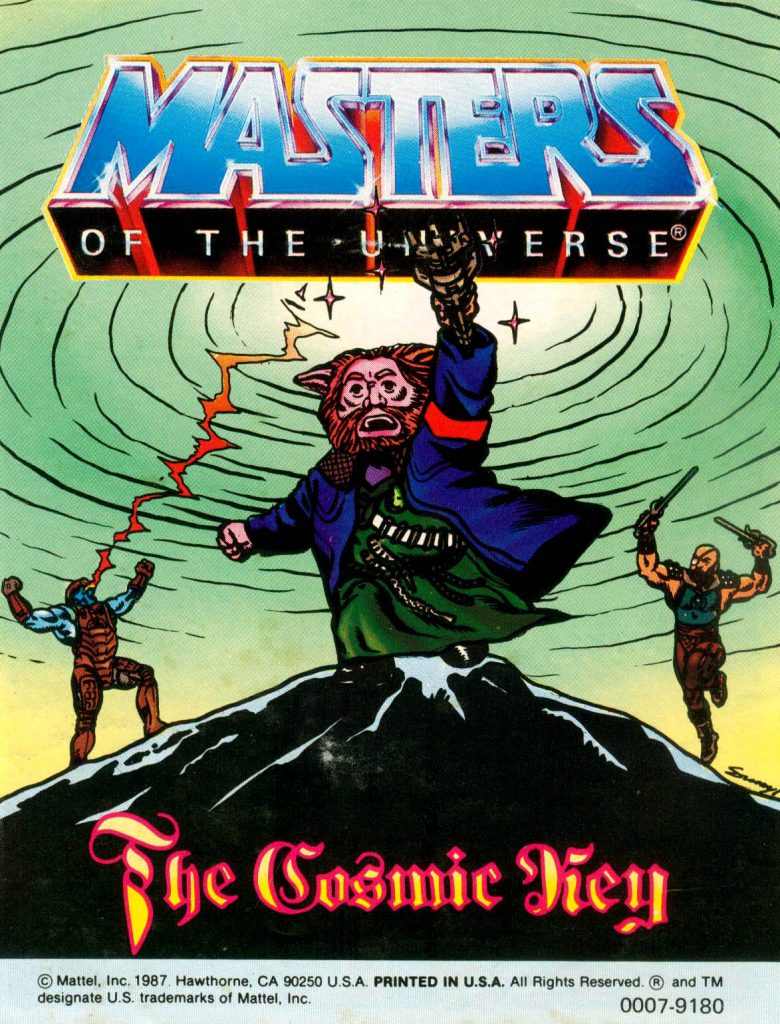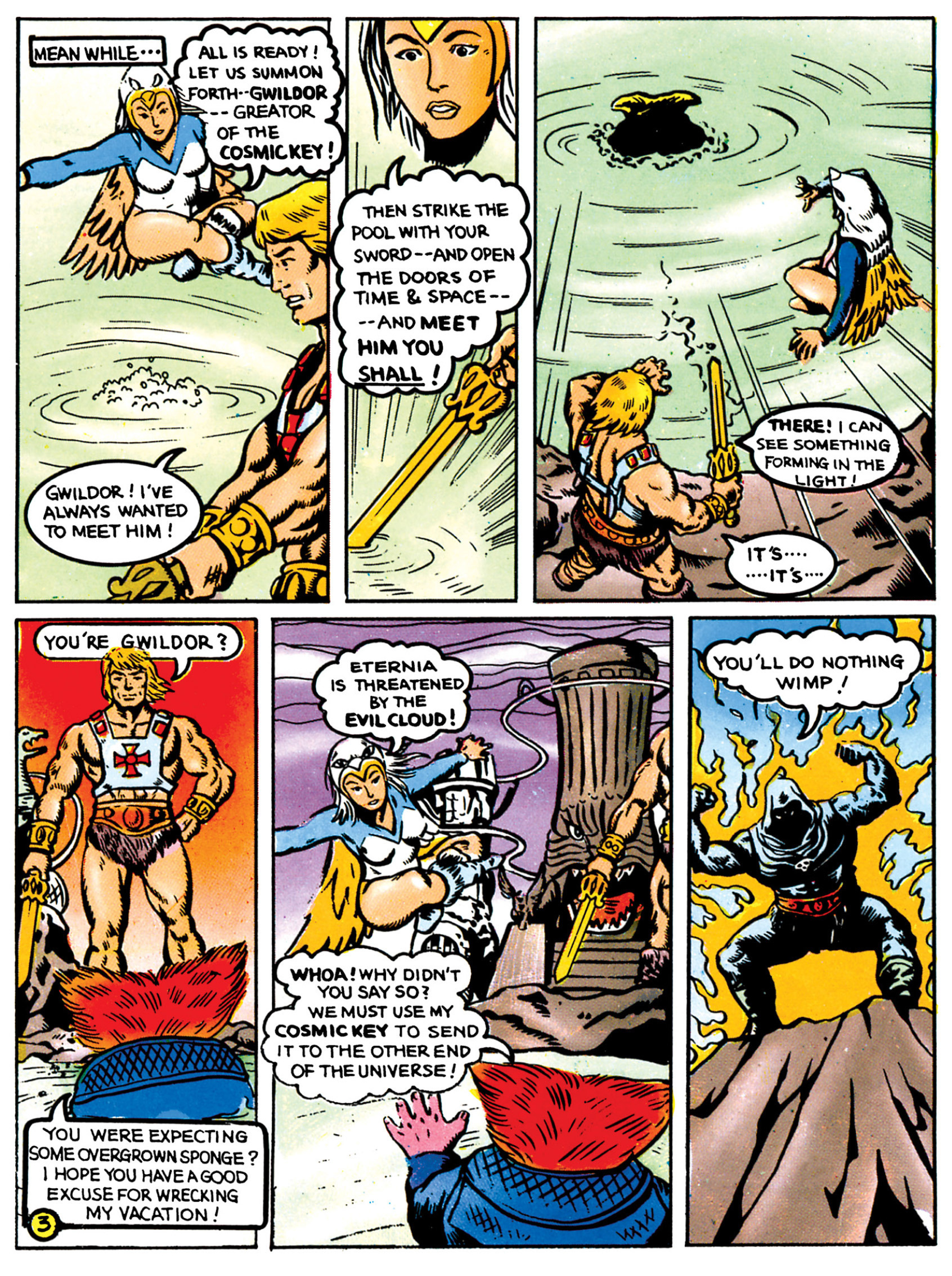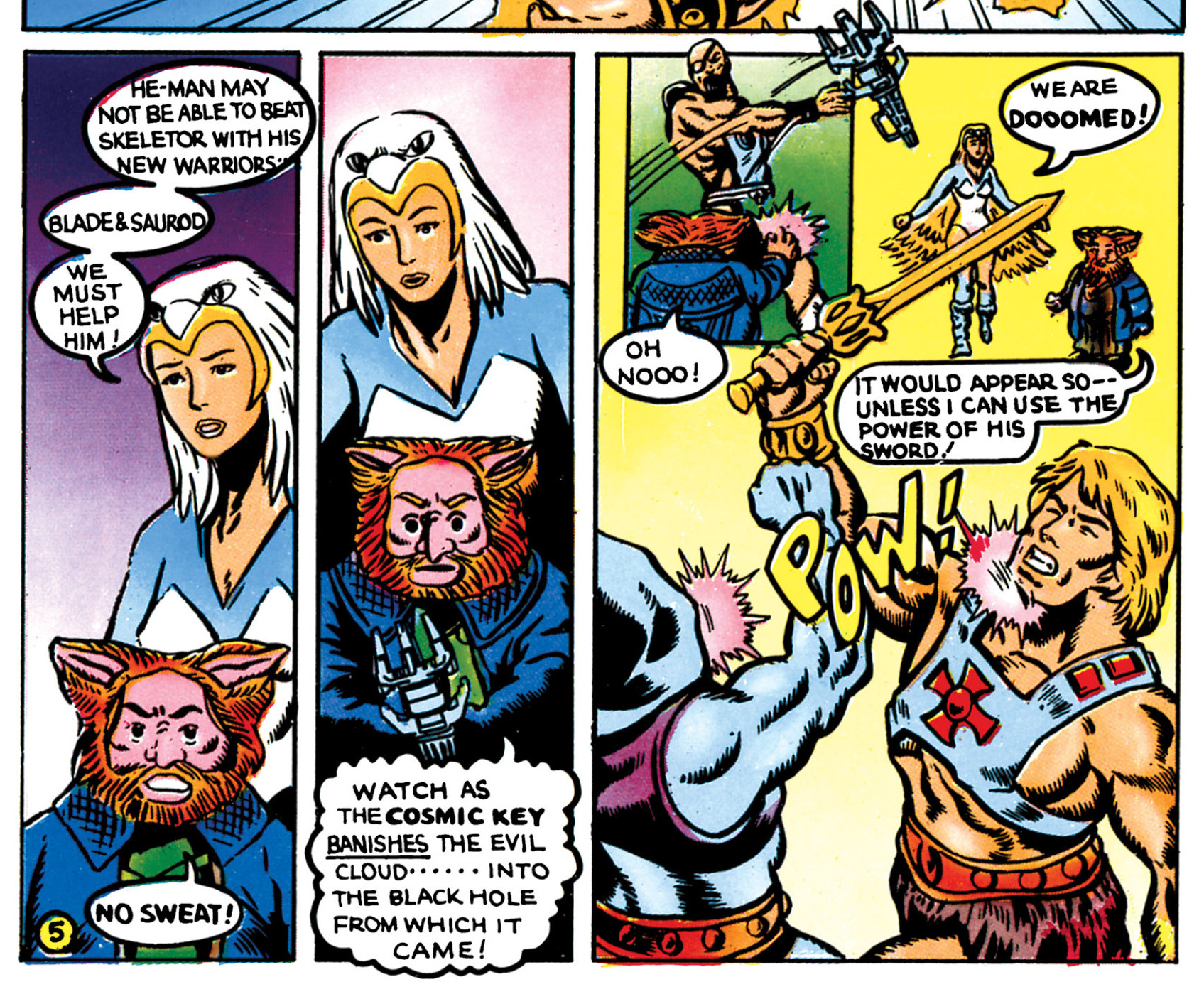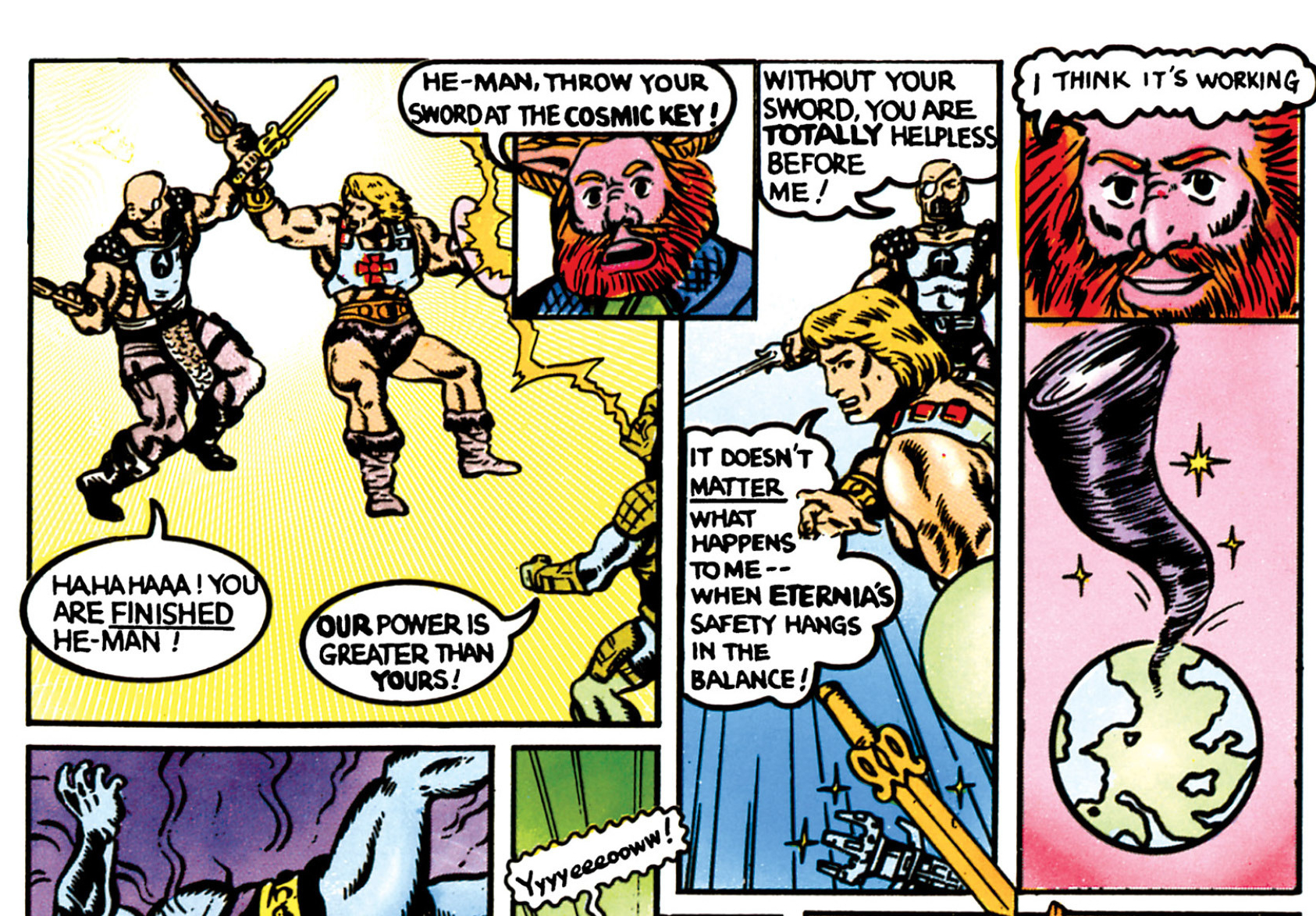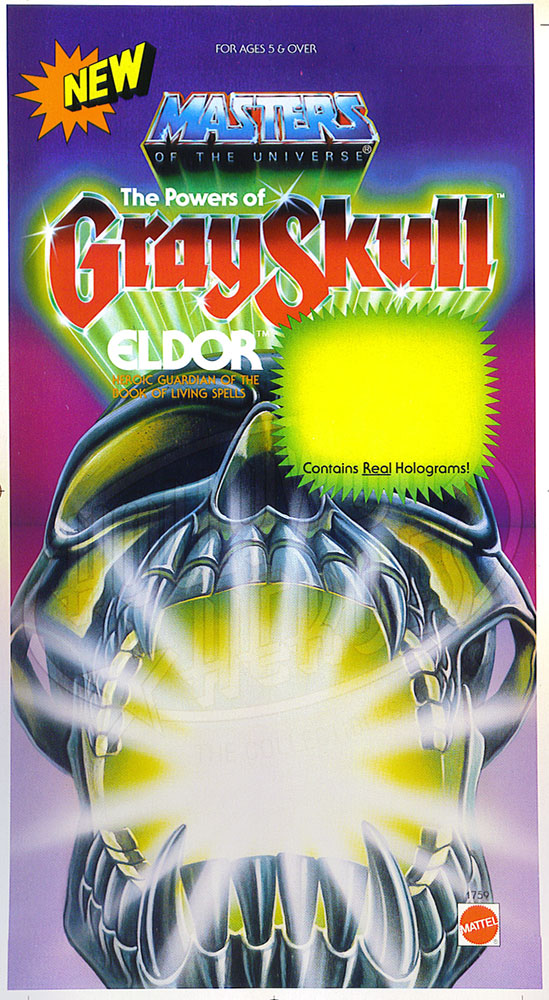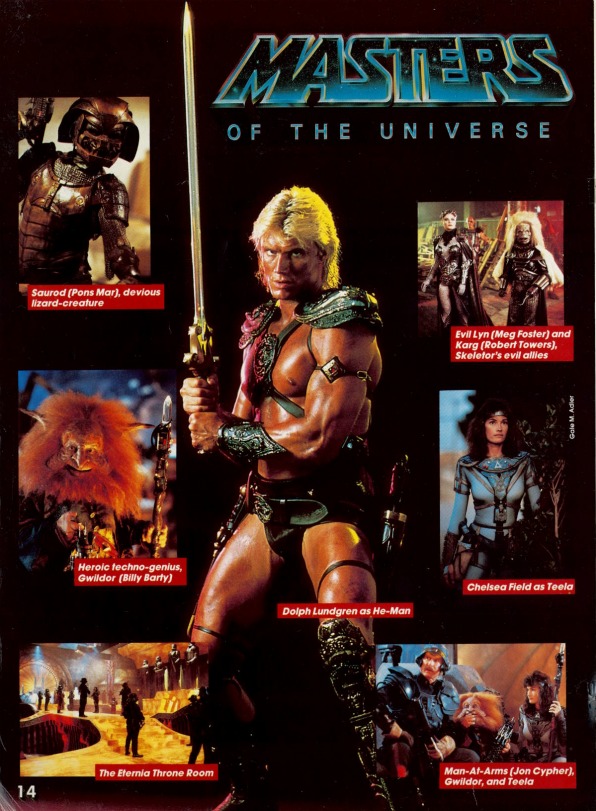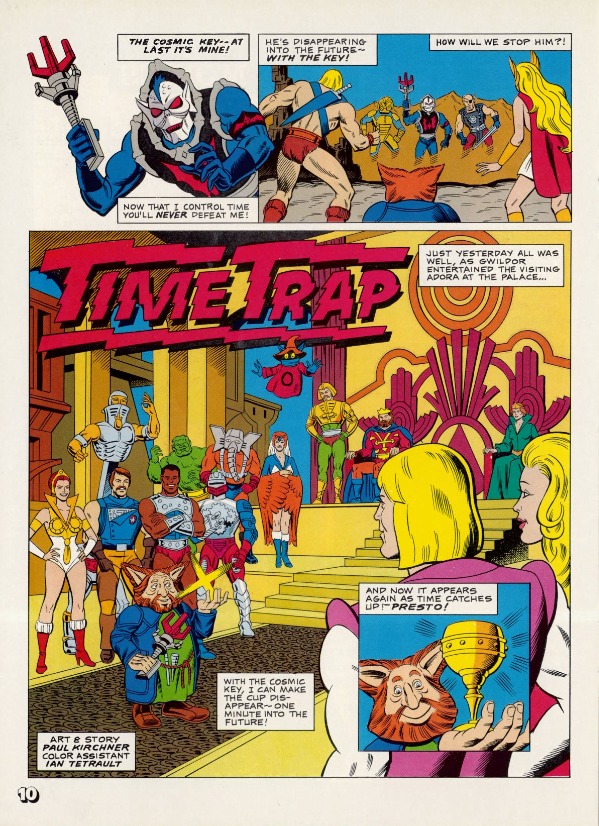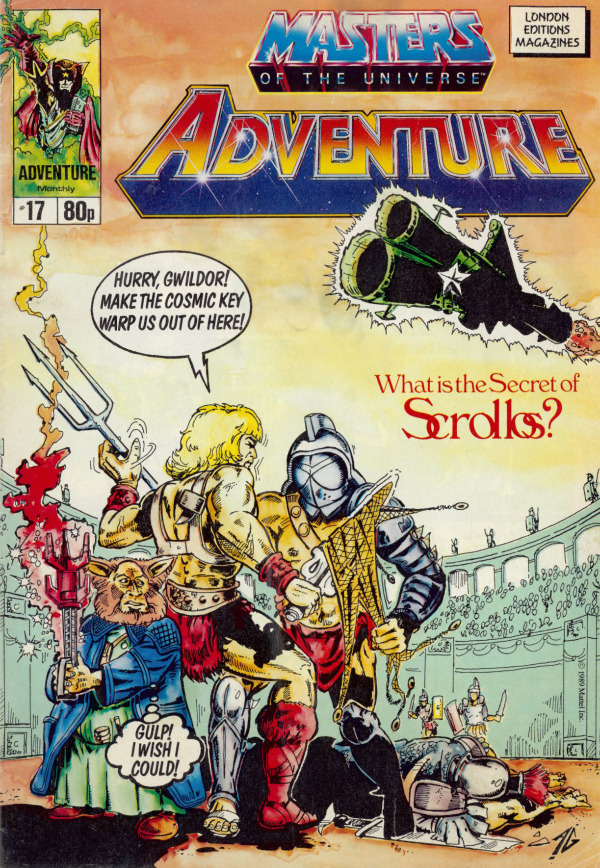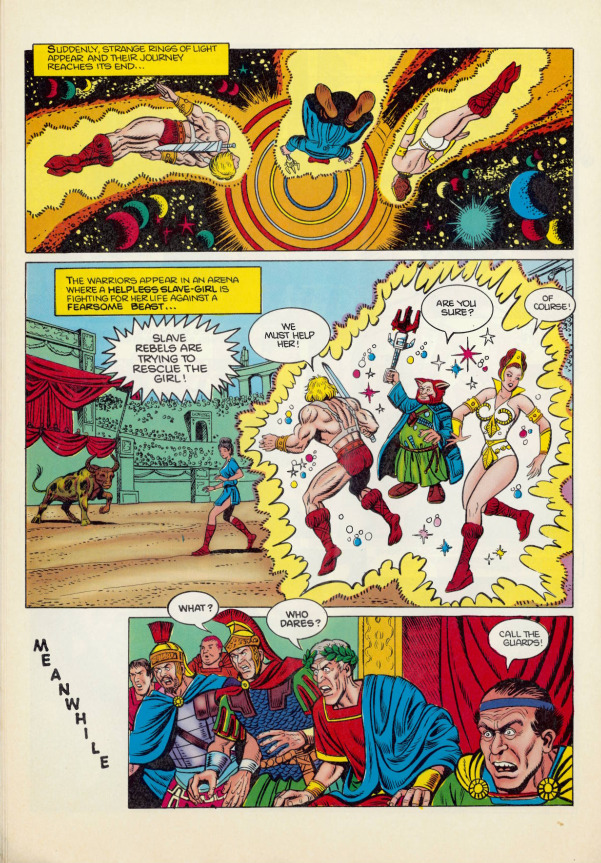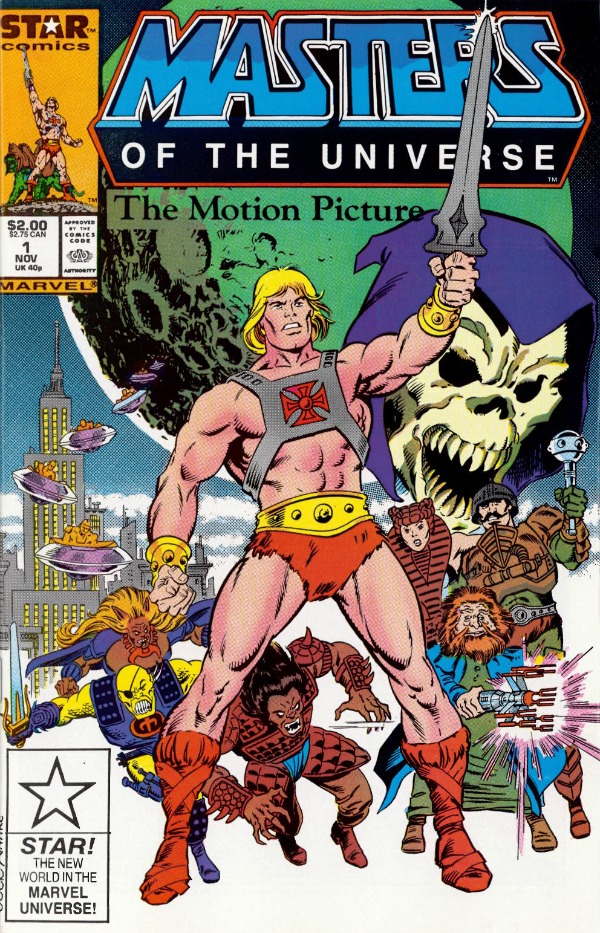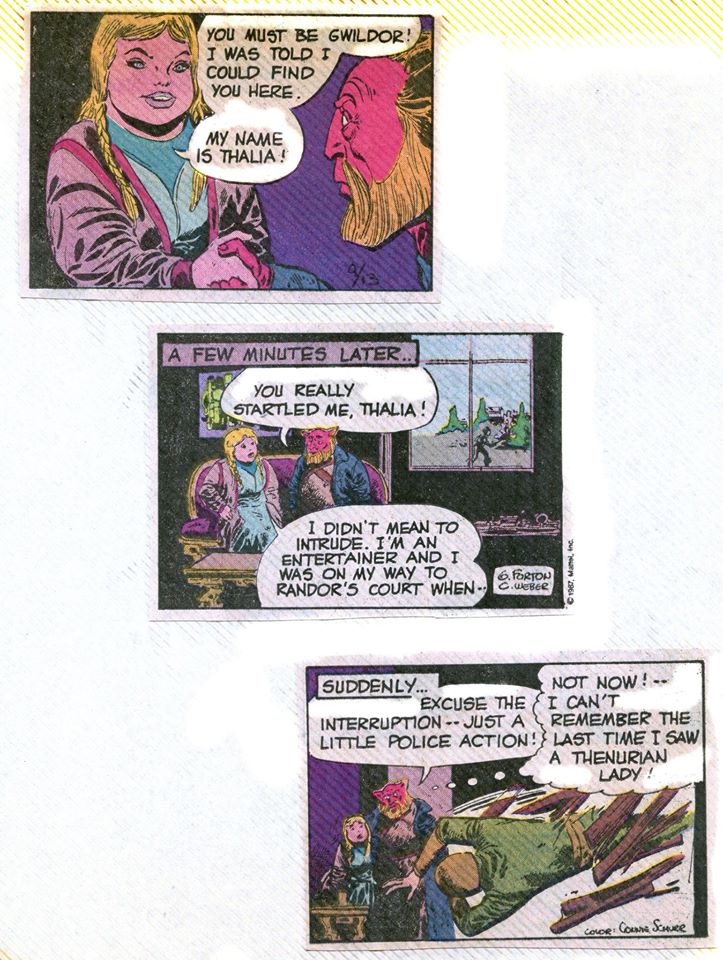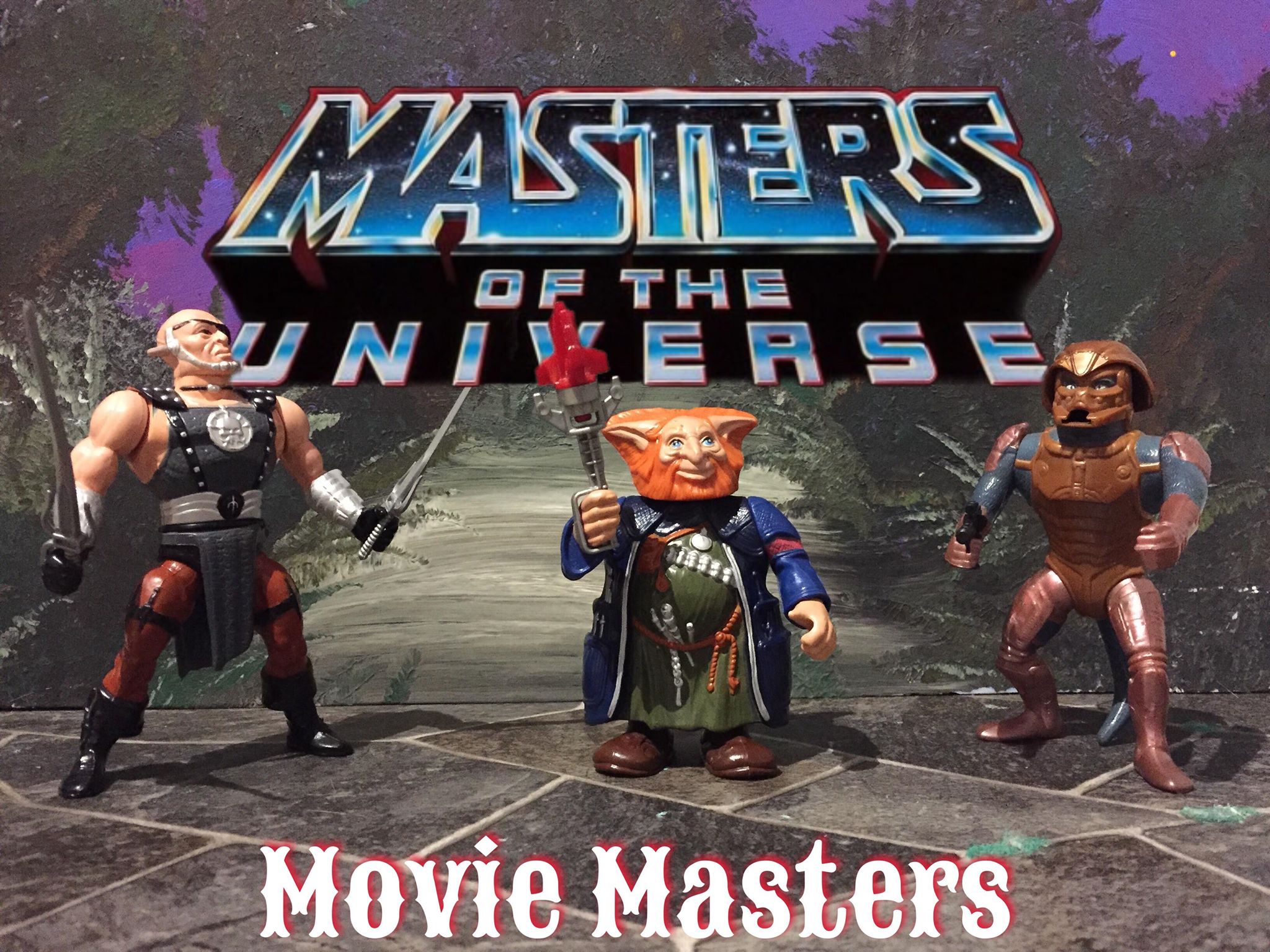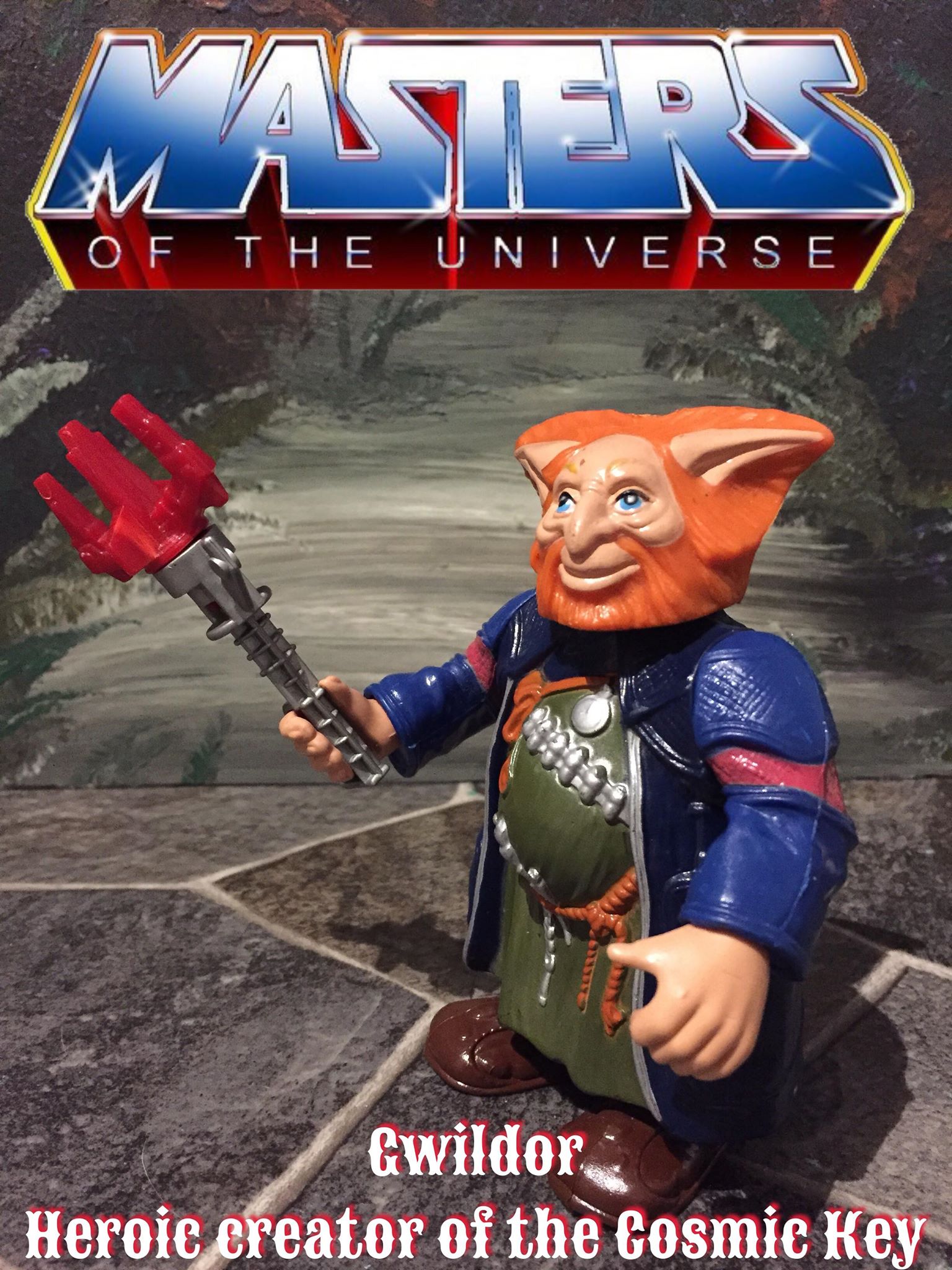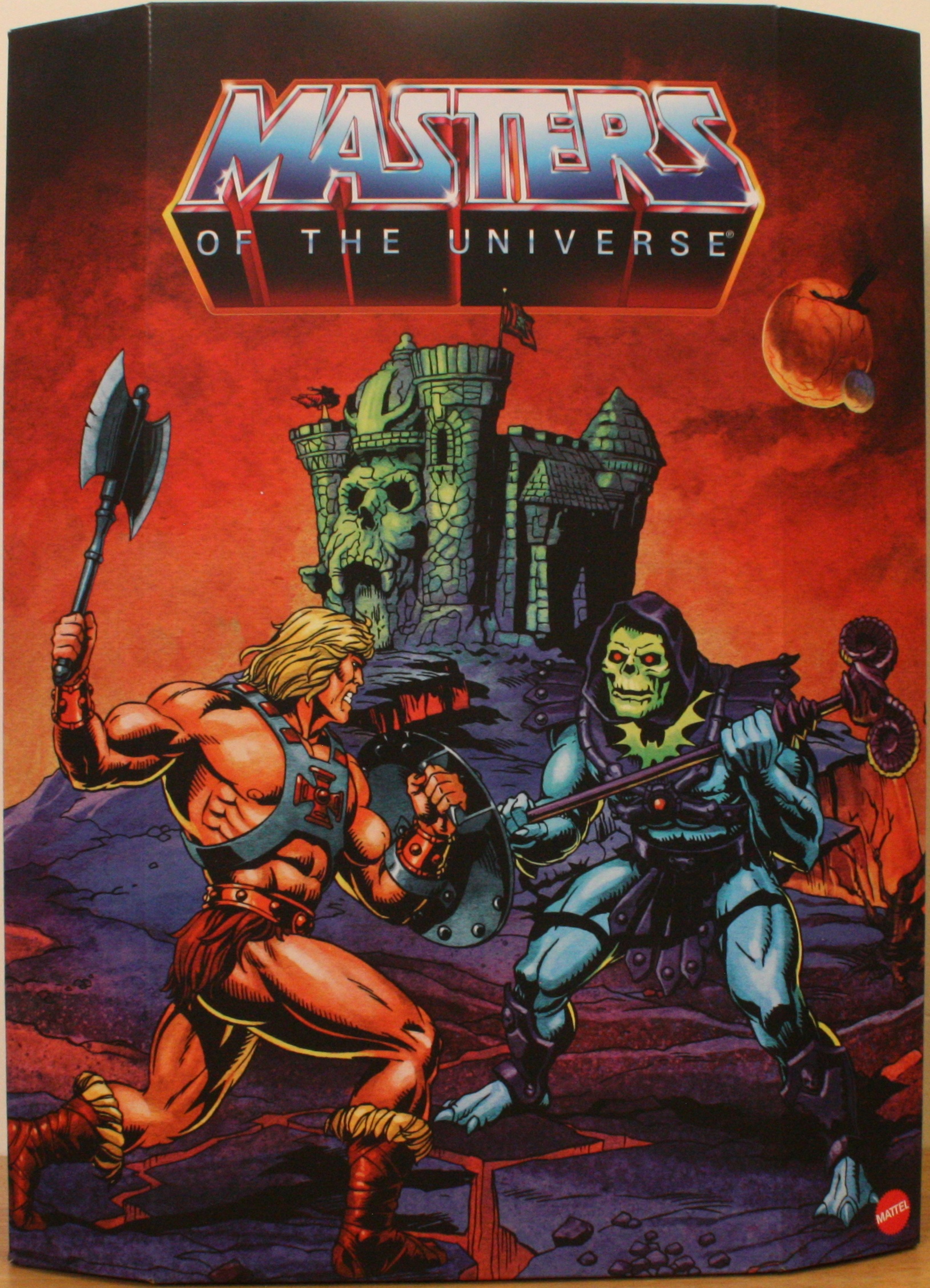
The Masters of the Universe Origins exclusive Power-Con “Lord of Power” five pack was announced in 2019 as an exclusive for the 2020 Power-Con. Little did we know that COVID-19 would cancel just about every large gathering for 2020. Power-Con was, for the first, time held virtually this year. The 5-pack (as well as an exclusive MOTU Origins She-Ra with rooted hair) could be ordered by anyone either through the Power-Con website or through Big Bad Toy Store.
So what’s this Lords of Power business? Back in 2017, a rather incredible set of pictures surfaced, showing early Masters of the Universe prototypes, which were called “Lords of Power” at the time. Shared by Andy Youssi (son of freelance display artist John Youssi) these images come from a collection of slides set in a View-Master-like apparatus. The prototypes were in several cases quite different from the final toys, and were designed by Mark Taylor and sculpted by Tony Guerrero. You can read all about it in the article I wrote about it at the time.
The packaging for the set was gorgeously illustrated by Axel Giménez with colors by Nate Baertsch. It ships in a brown external box, with a scene on the front inspired by promotional artwork by Errol McCarthy. The illustrations on the back are a nod to cross sell artwork by Alfredo Alcala that appeared on the backs of the first four minicomics. Jukka Issakainen notes that the poses of the five characters are also loosely based on Mark Taylor’s original B-sheet concept art.

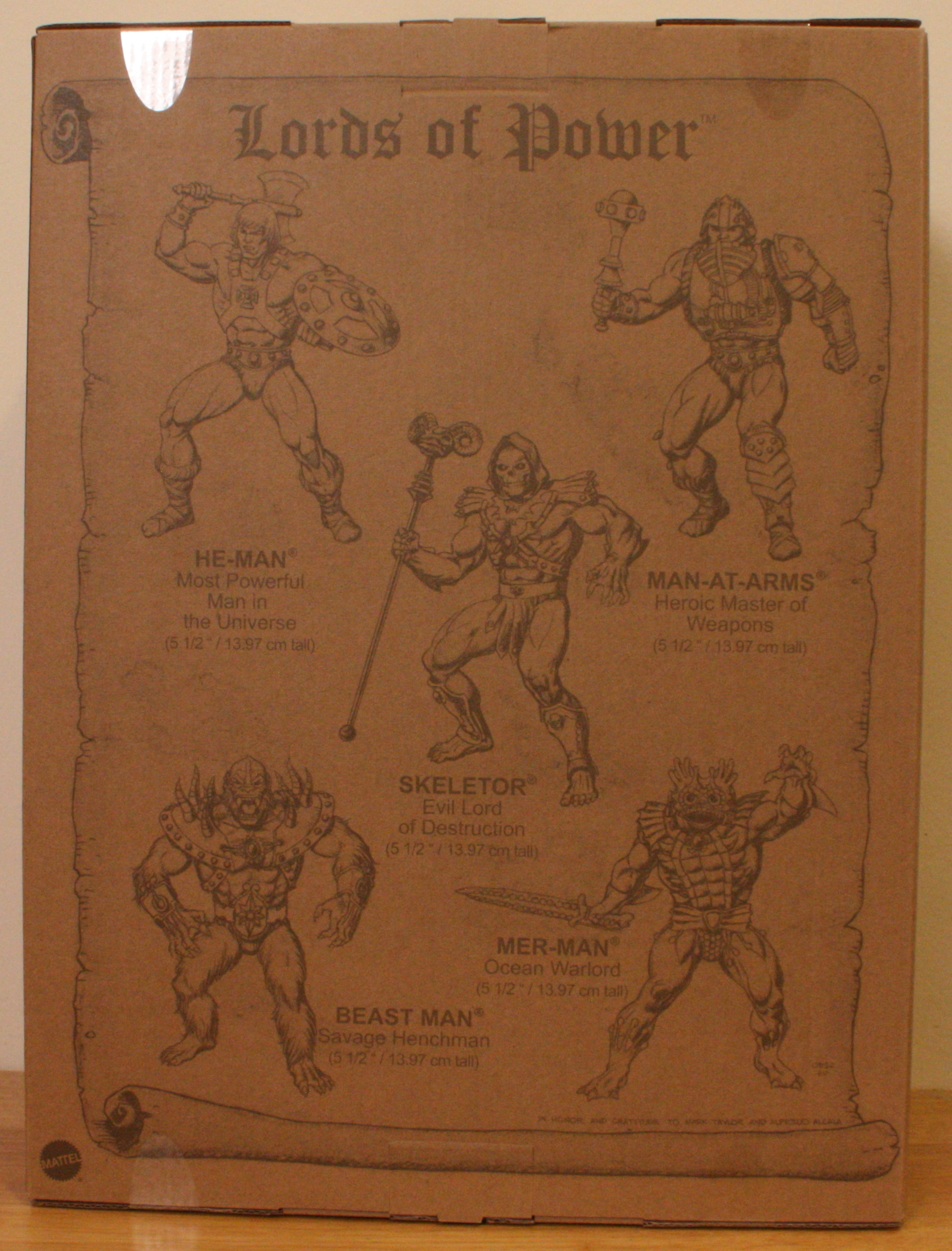
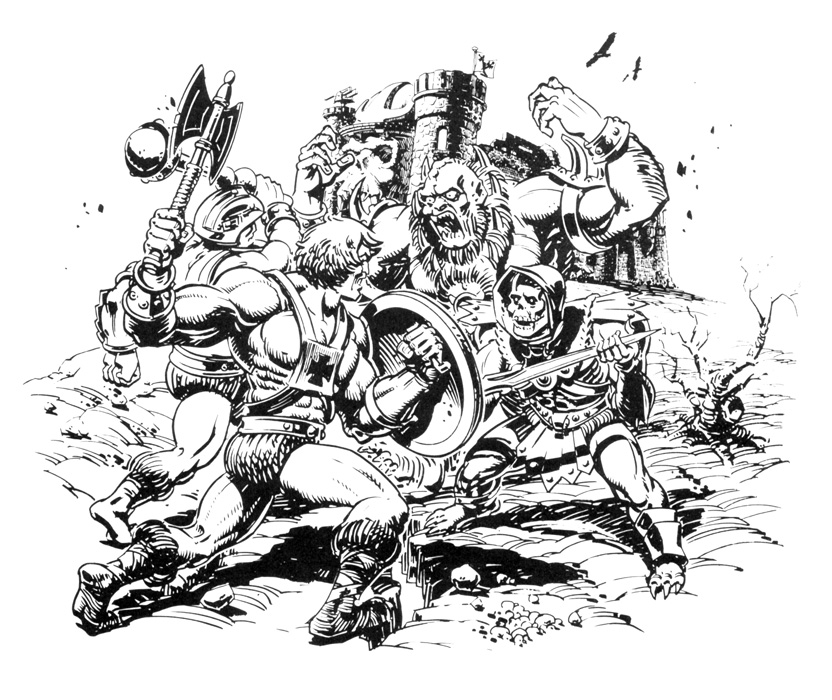
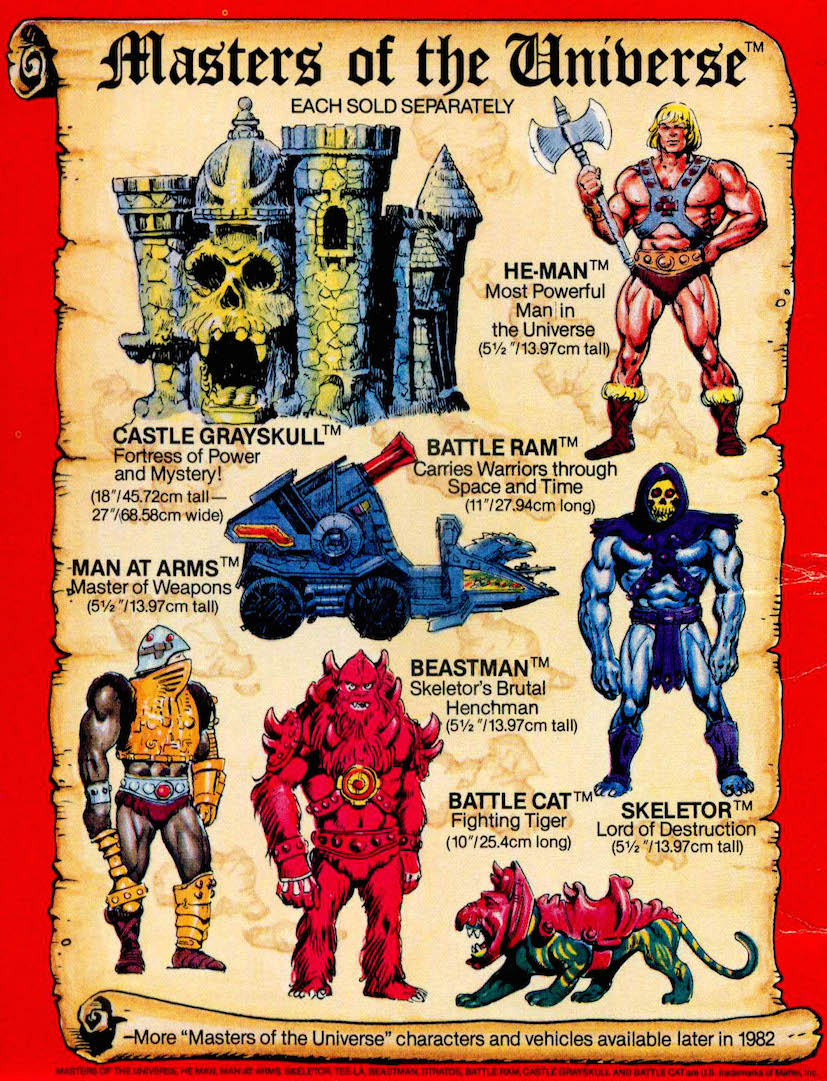
The internal packaging is based on vintage action figure carrying cases. The front of the packaging is a color version of the front of the brown mailer box:

The back of the packaging shows the other three figures included in the set:

Update 10/29/2022: Axel recently posted an early version of the art that included a concept version of Stratos:
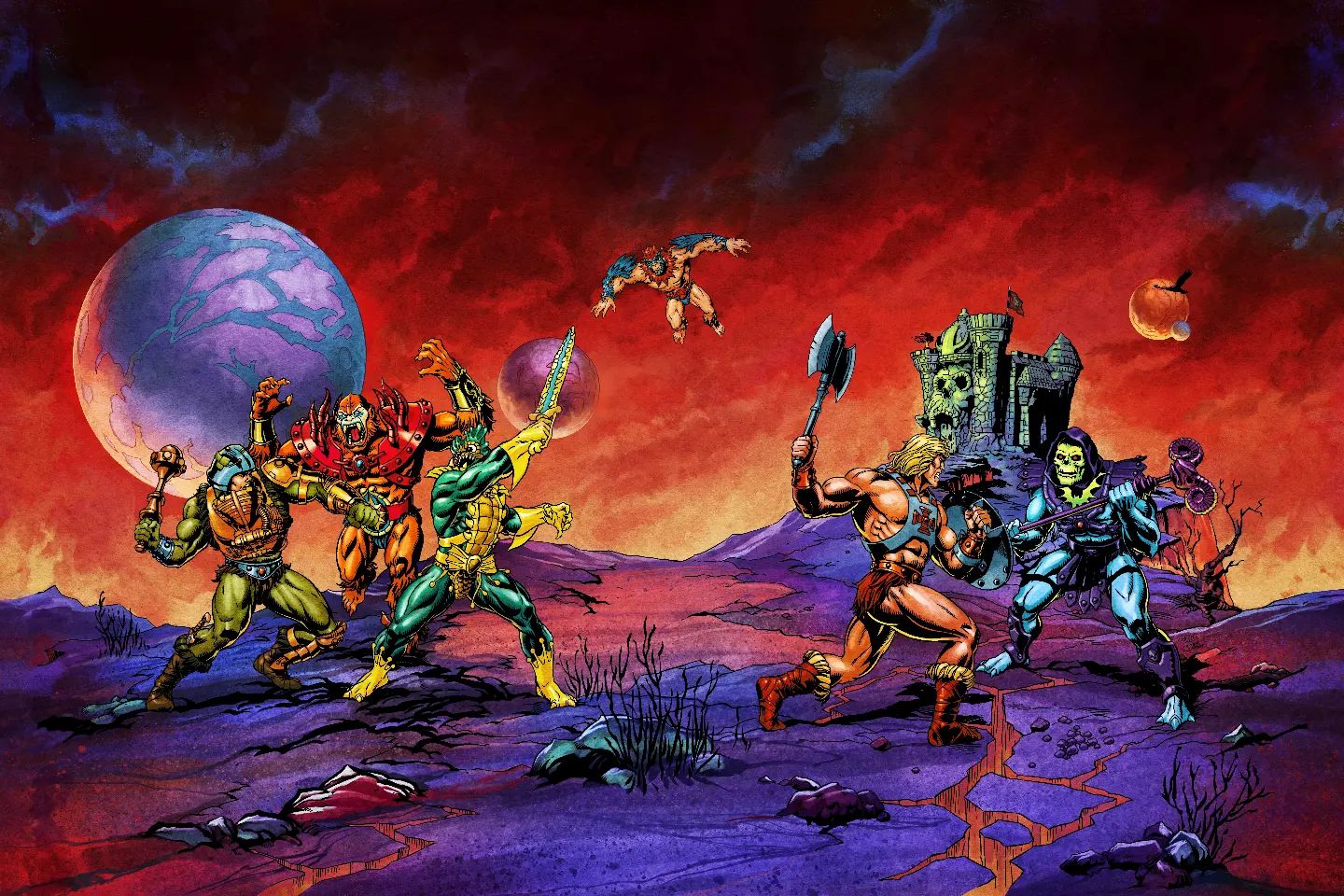
Inside the case, the figures are set in clear plastic inserts, in battle poses. I couldn’t quite capture them adequately on camera due to the reflection from the plastic, so here is a promotional image from Mattel:

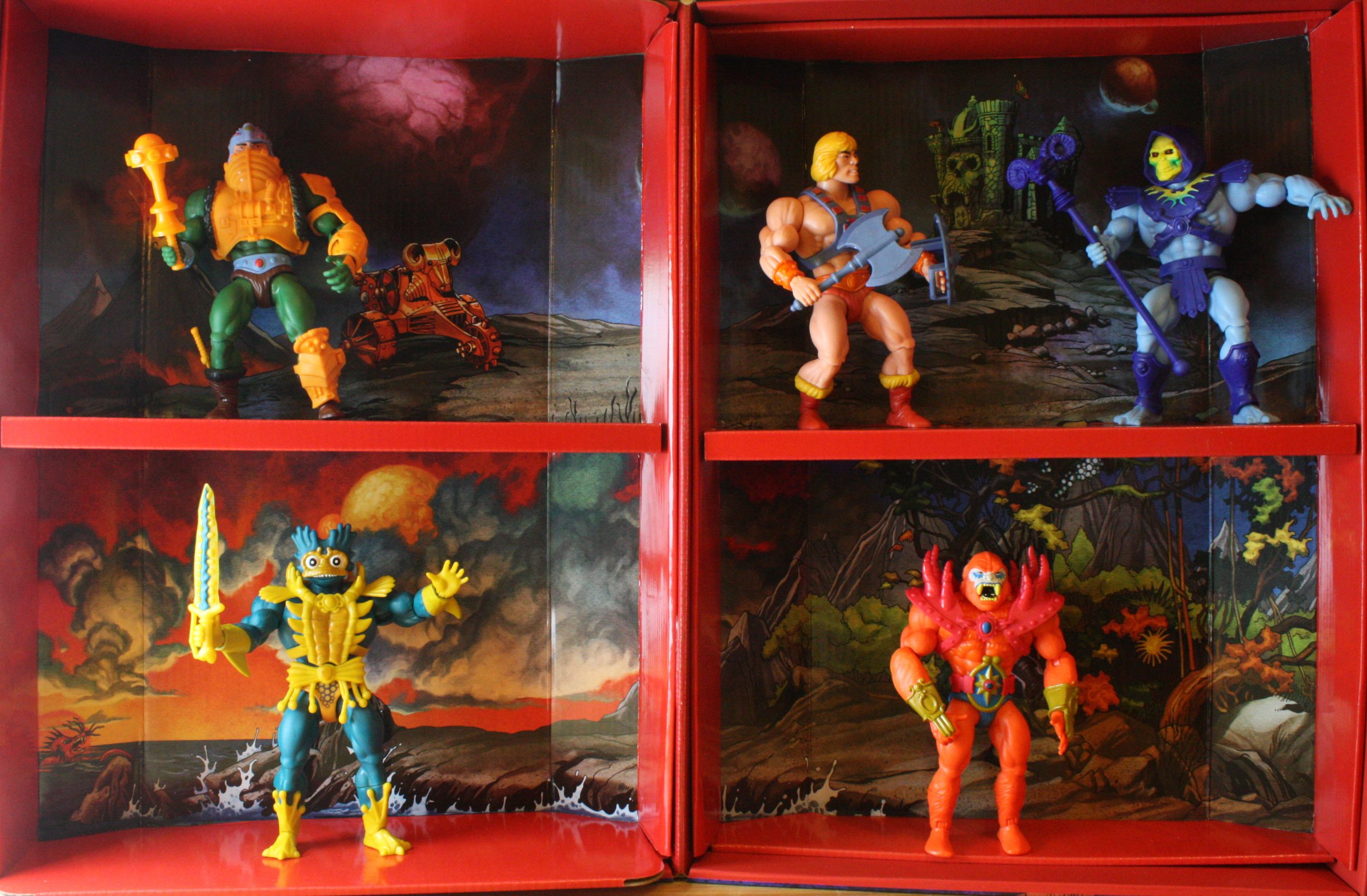
The artwork inside is a homage to various panels from the original Alfredo Alcala/Don Glut minicomics. Beast Man’s pose in packaging is even based on that material:





The vehicle in Man-At-Arms’ section is based on on old Mark Taylor prototype vehicle, designed before he brought in Ted Mayer to design vehicles like Battle Ram and Wind Raider:
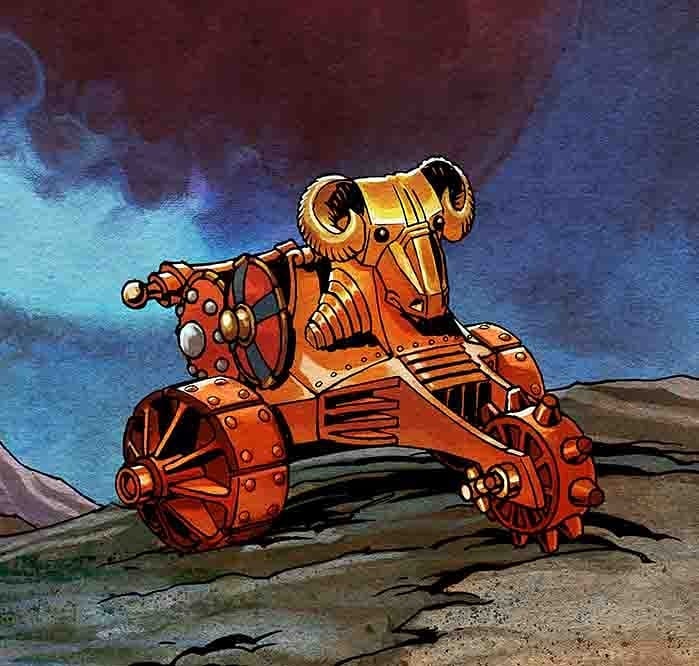
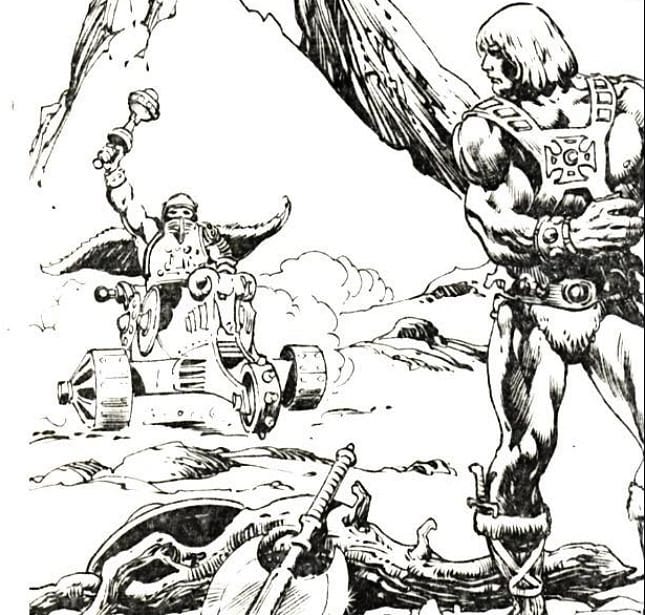

The bottom of the case features credits for the various toy and packaging designers who worked on this project:

And now, on to the figures!
He-Man
With He-Man, we’re essentially getting a repaint of the 2019 SDCC exclusive release, but without the boot knife and with fewer extras. For all of these figures there are a few liberties taken compared to the source material. The concept He-Man referenced was a bit paler than the mass produced He-Man, but he wasn’t quite this pale. He had a rather different axe (which was ported over from an earlier He-Man prototype that featured a horned helmet) and a closed left hand and no bracer on the left wrist. Otherwise the colors of his costume here are spot on. The head on this He-Man is probably the most authentic-looking He-Man head in the MOTU origins series so far.





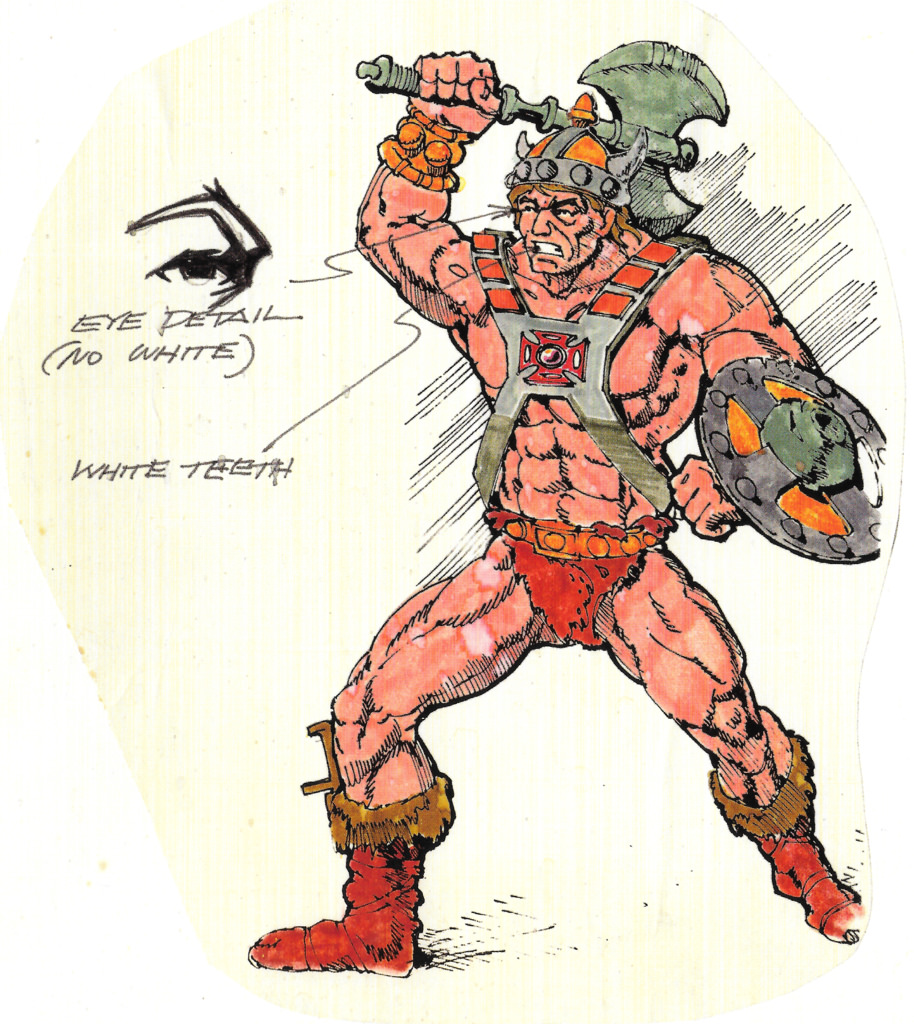


Skeletor
Skeletor features a few new parts compared to the 2019 MOTU Origins release – he has an all-new head based on the “rotting face” original Skeletor prototype. He also has shin guards that appeared both in the prototype and in Alfredo Alcala-illustrated minicomics. The bat on his armor is painted yellow/green, which follows from both prototype and concept art. Unlike the prototype, this Skeletor features finned forearms (an oversight I assume – smooth forearms were already tooled for some of the Masters of the WWE figures and could have easily been used) and bare three-toed feet (the concept had bare five-toed feet). He has paler skin compared to the retail release MOTU Origins Skeletor, which in my opinion is an improvement.
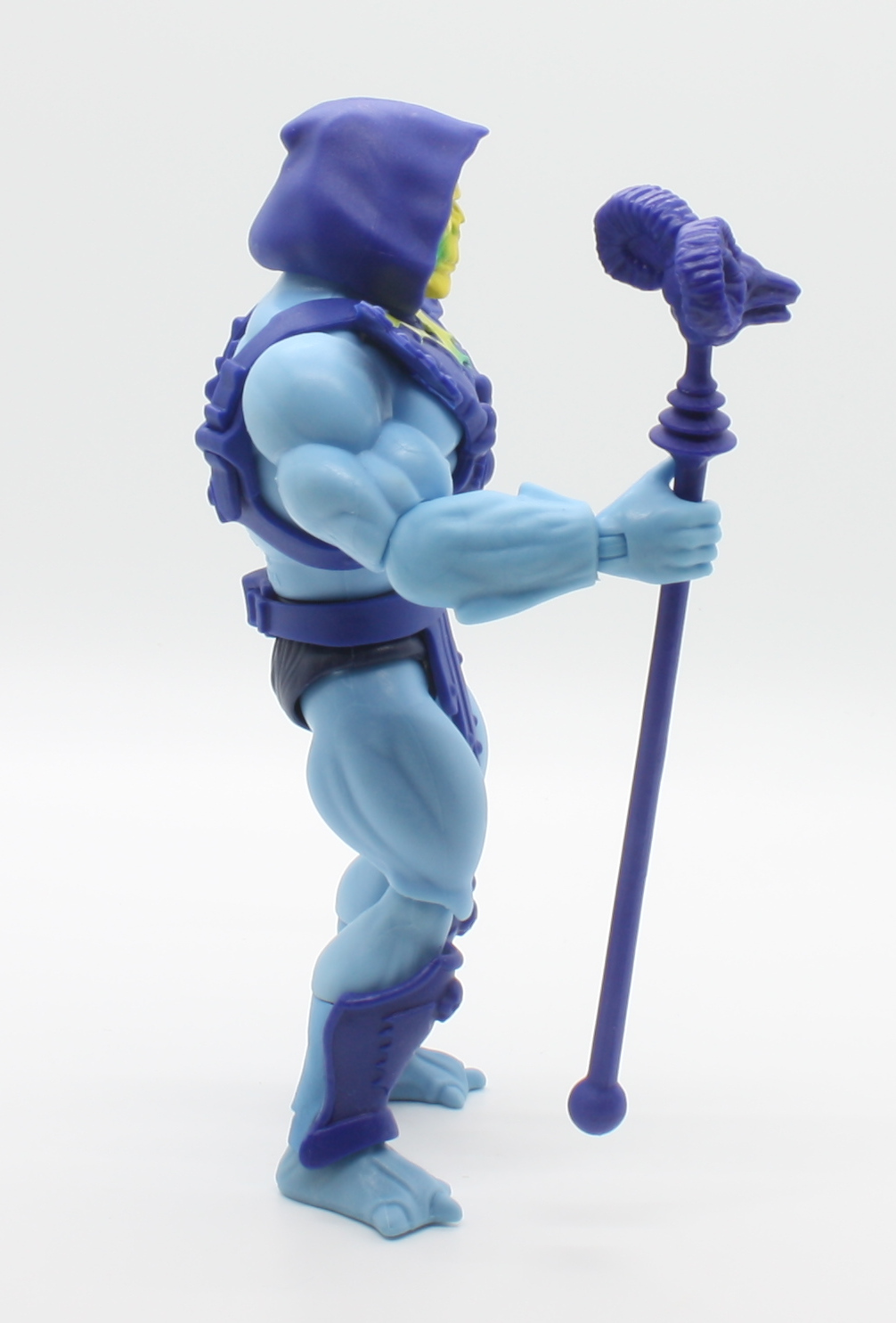
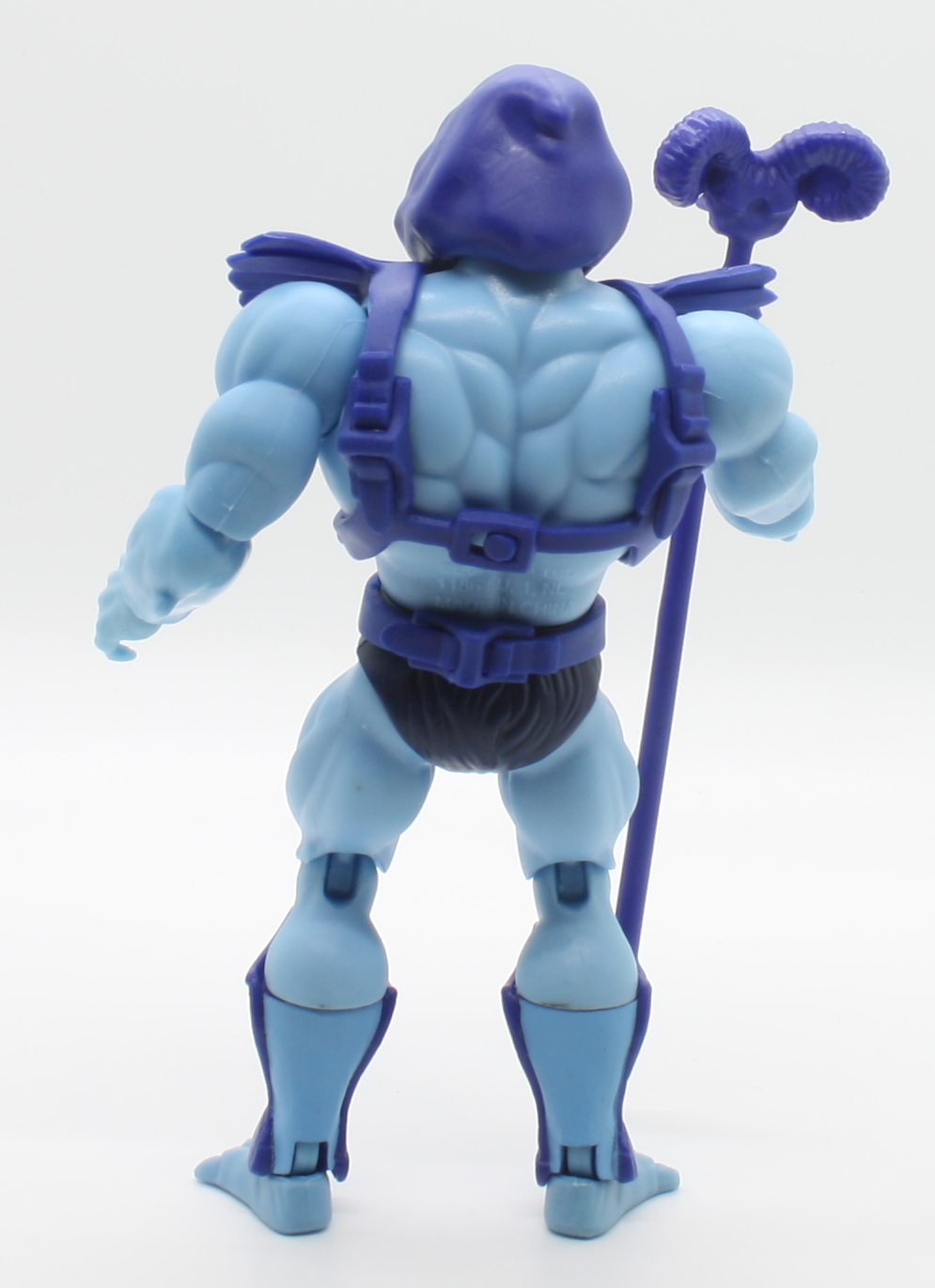
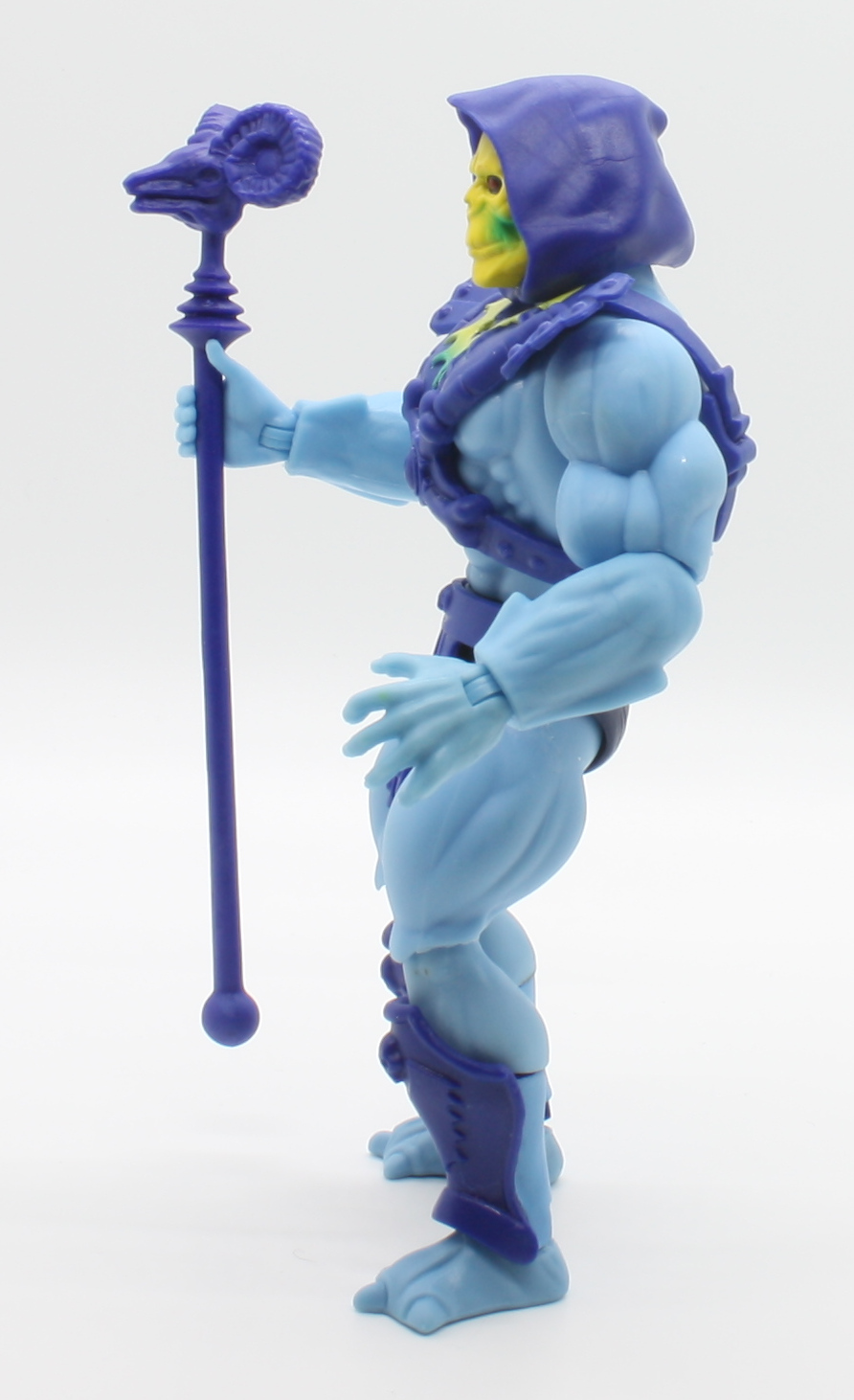
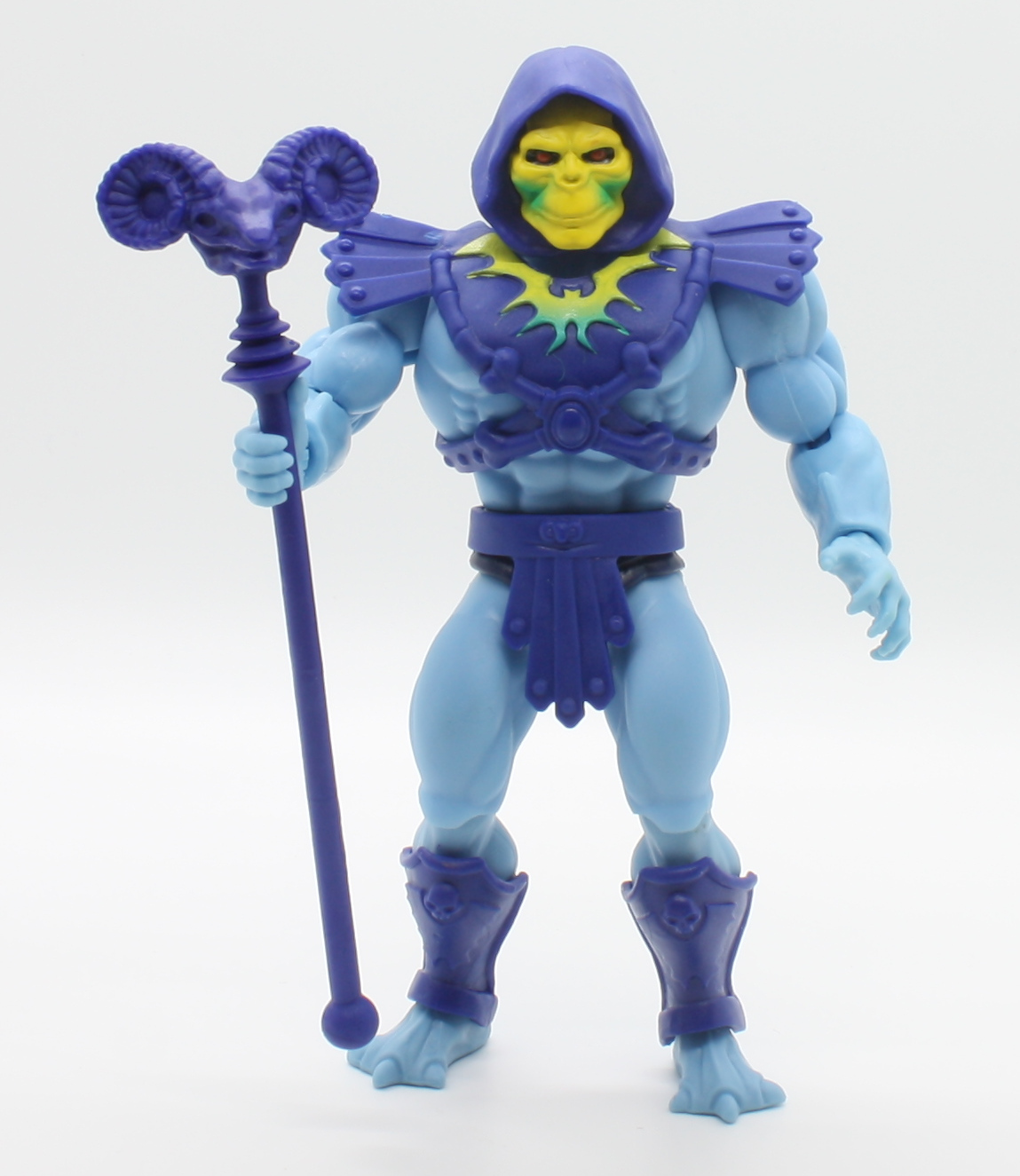

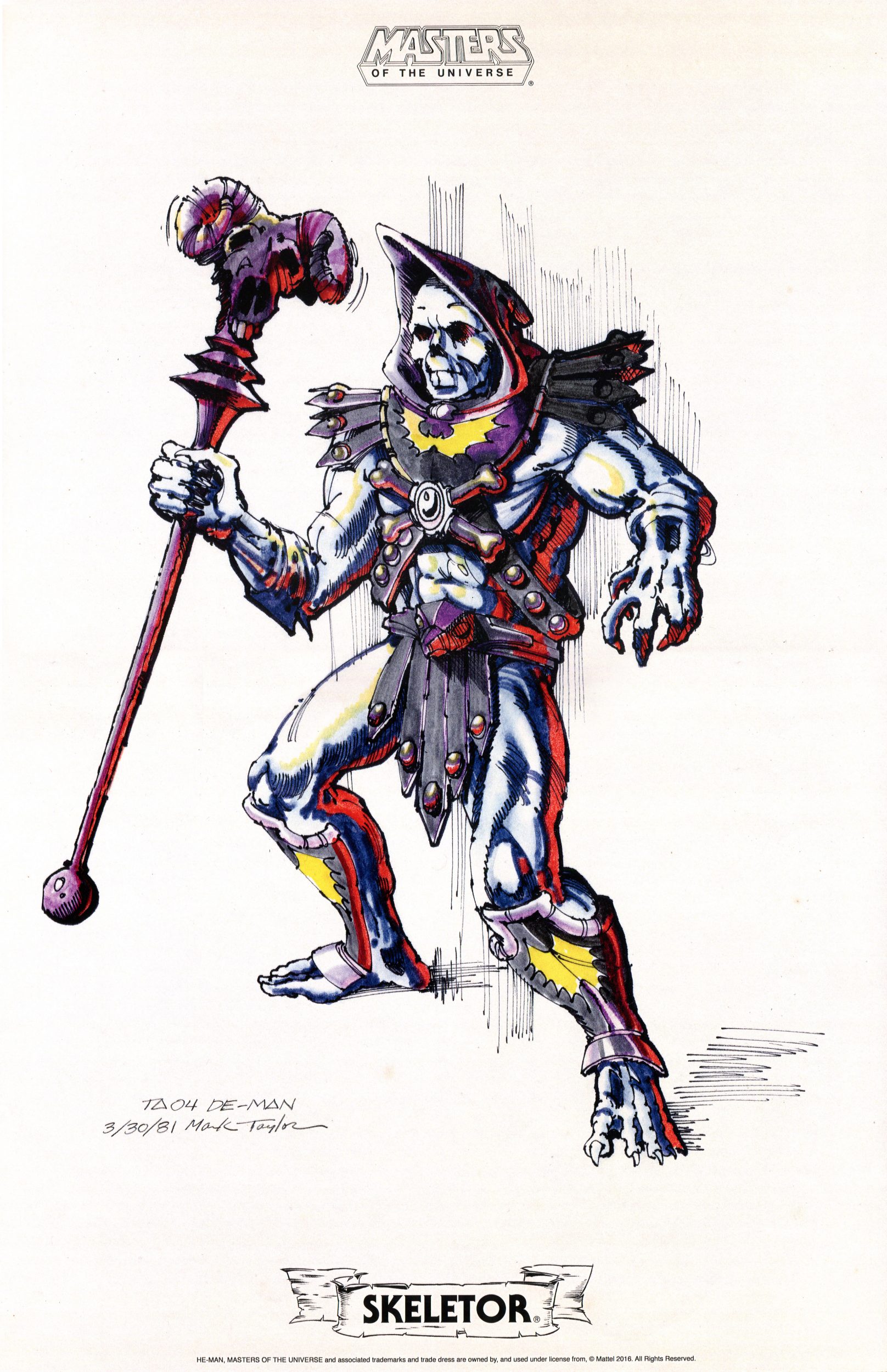
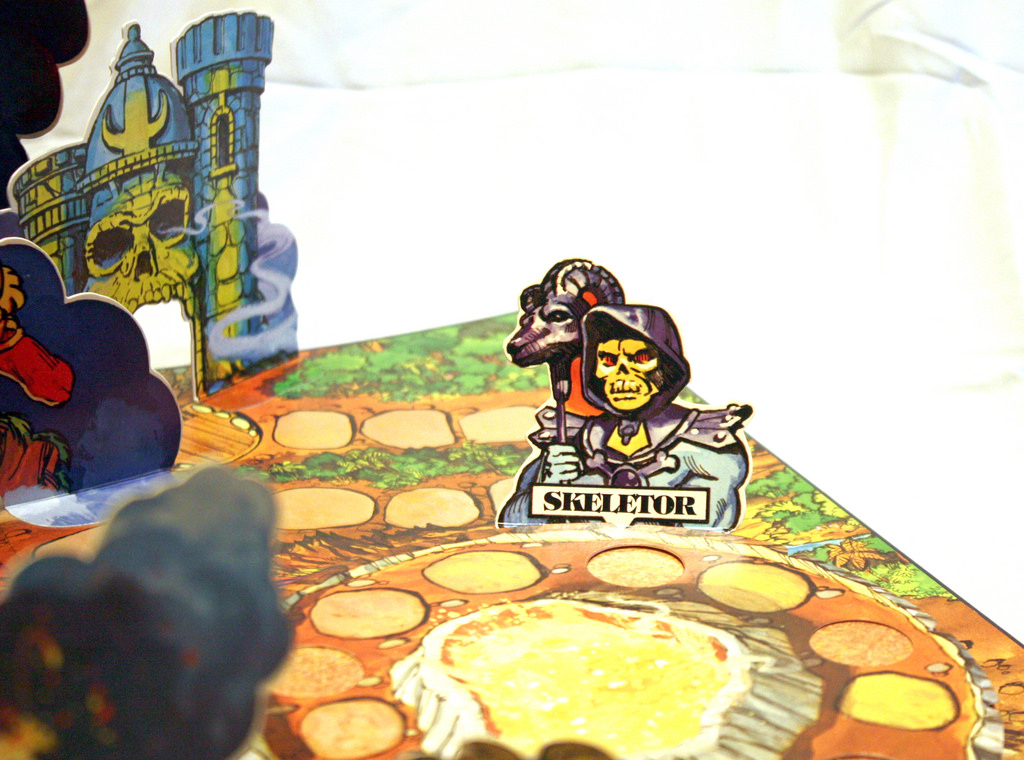
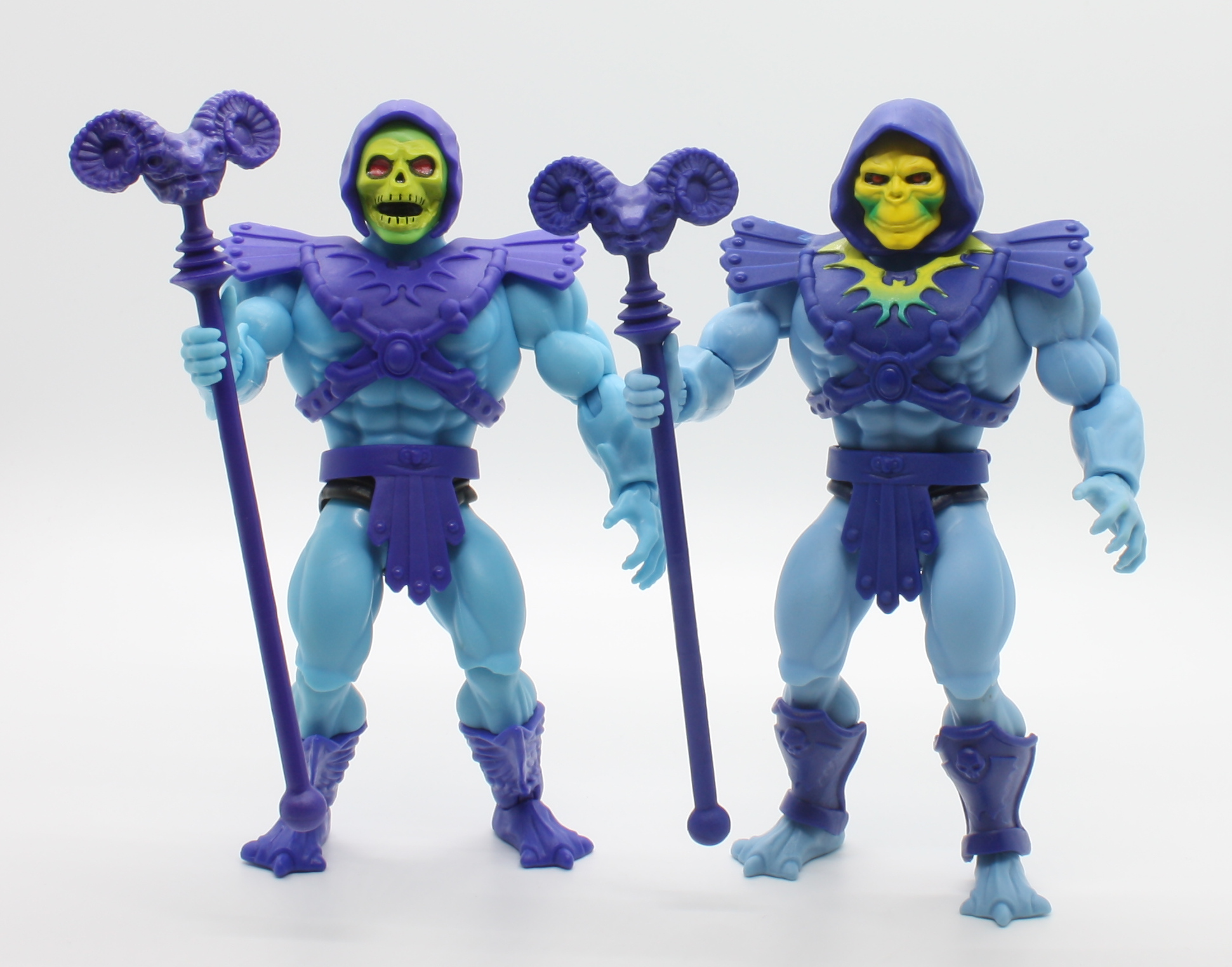
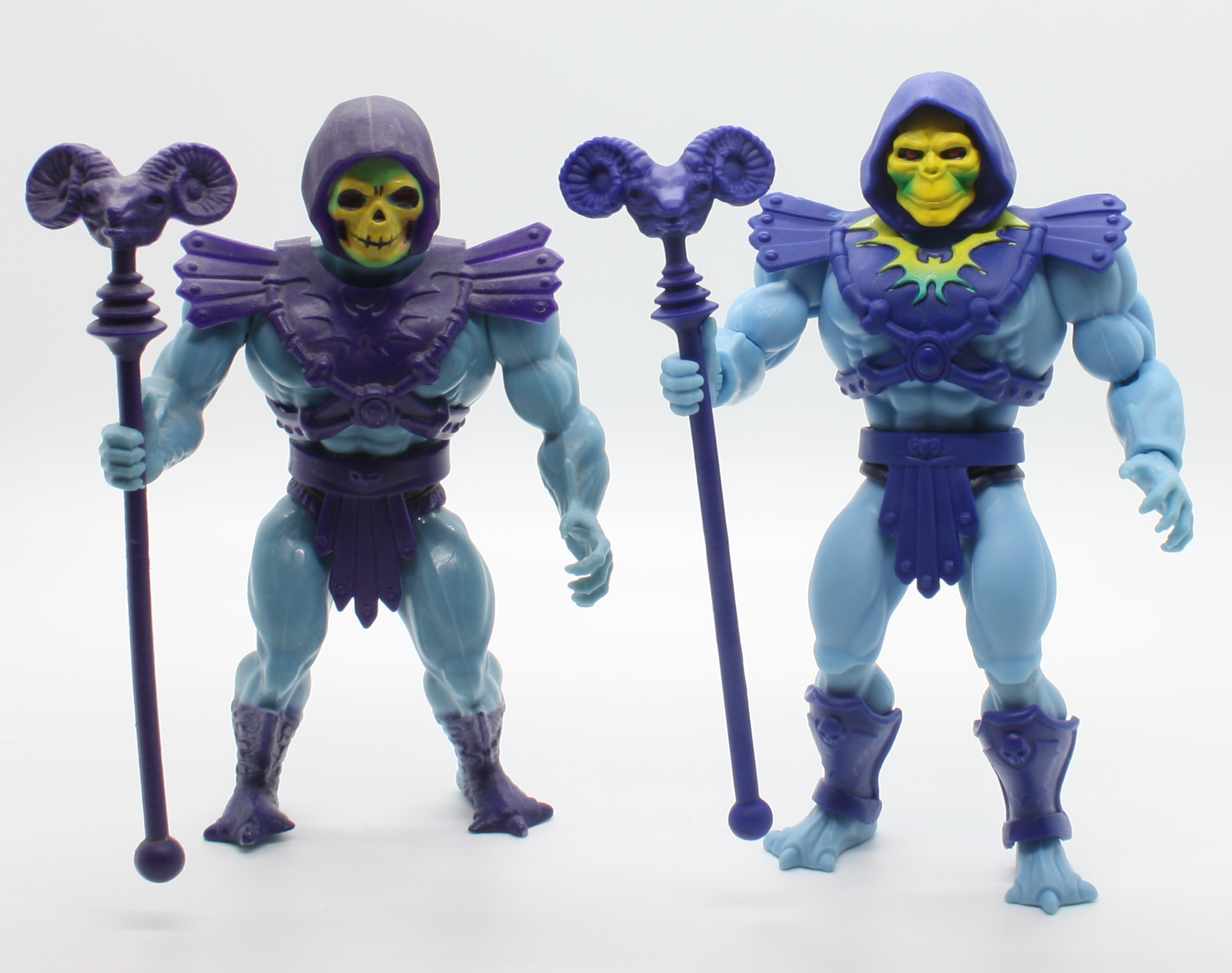
Man-At-Arms
Man-At-Arms is a fairly close representation of the prototype source material overall. He has newly sculpted chest armor with “fur” around the sides and a closed back, just like the prototype. The helmet is a pretty good representation of the prototype, minus a few stray paint details. His face is based on the vintage toy, where the prototype’s face was actually quite different. He reuses the left hand from Man-E-Faces to represent the extended orange armor on the prototype’s left hand. He also includes the large mace that was originally sculpted for the Masters of the Universe Classics Man-At-Arms. He includes a boot knife, which wasn’t in the prototype but was included in Mark Taylor’s original concept art.

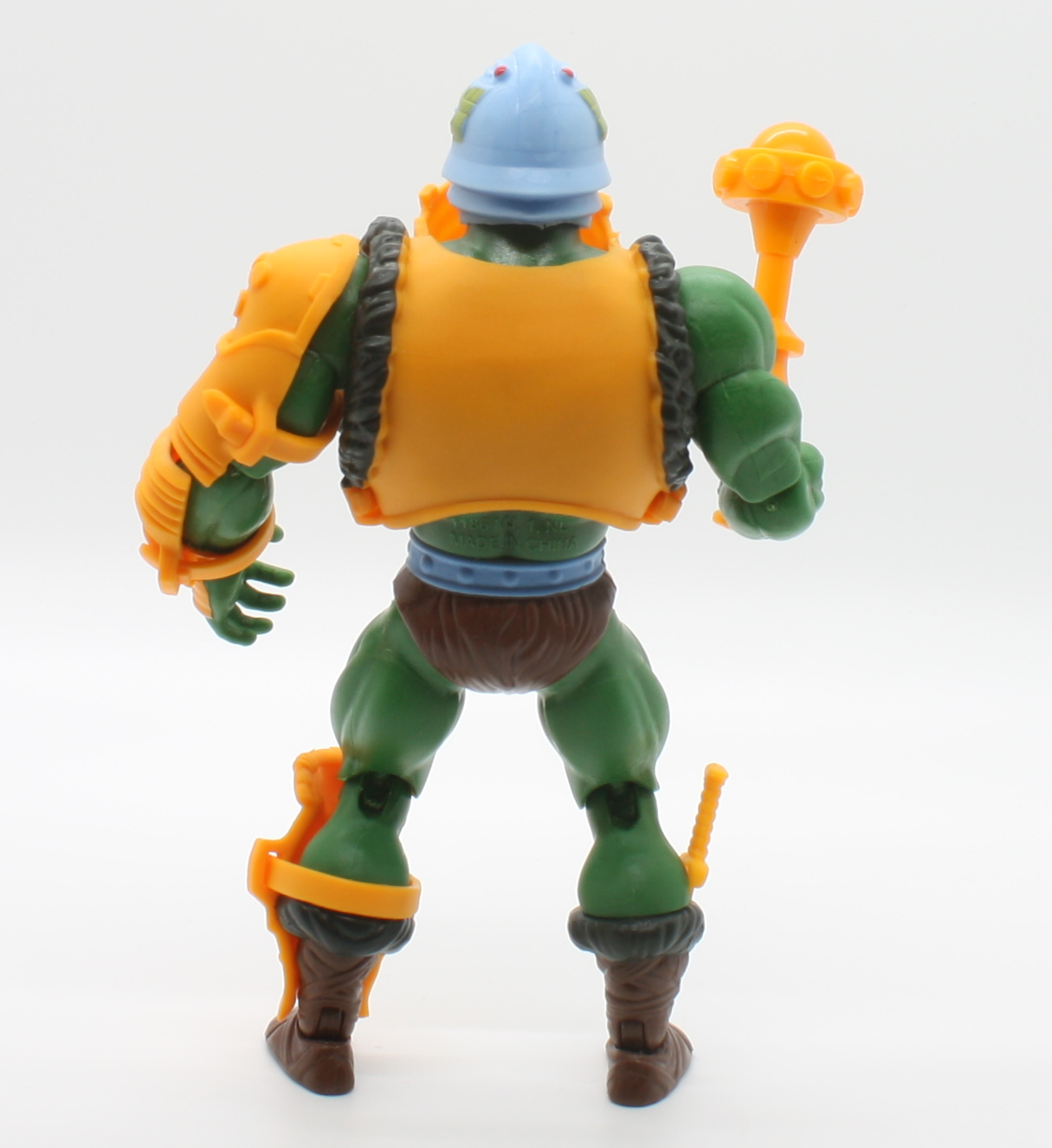







Beast Man
Beast Man is quite different from any version of the toy that’s been released, past or present. The Lords of Power slide set was the first time we had seen a physical representation of the design. It’s based on very early Mark Taylor concept art for the character, which seems to have been made with reuse of the Big Jim Gorilla in mind (ultimately it wasn’t used for the prototype).
The overall colors and costume design for the Power-Con release are quite close to the prototype. The main liberty taken is with the feet, which are the quite flat, detail-free feet used in the retail version of MOTU Origins Beast Man. The prototype, by comparison, had sculpted toes. Additionally, the proportions of the prototype head were somewhat different, but the head on the Power-Con release gets the idea across.
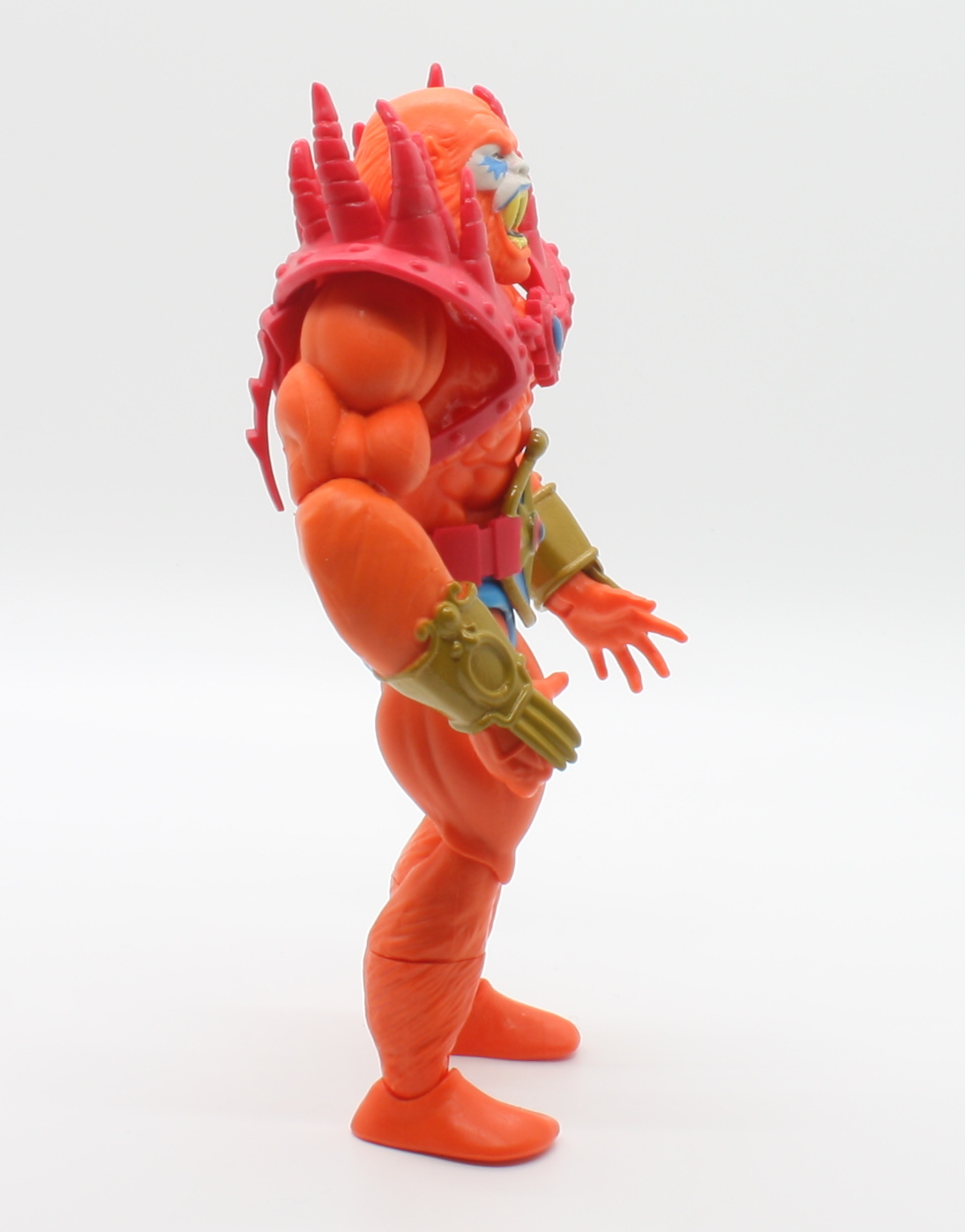
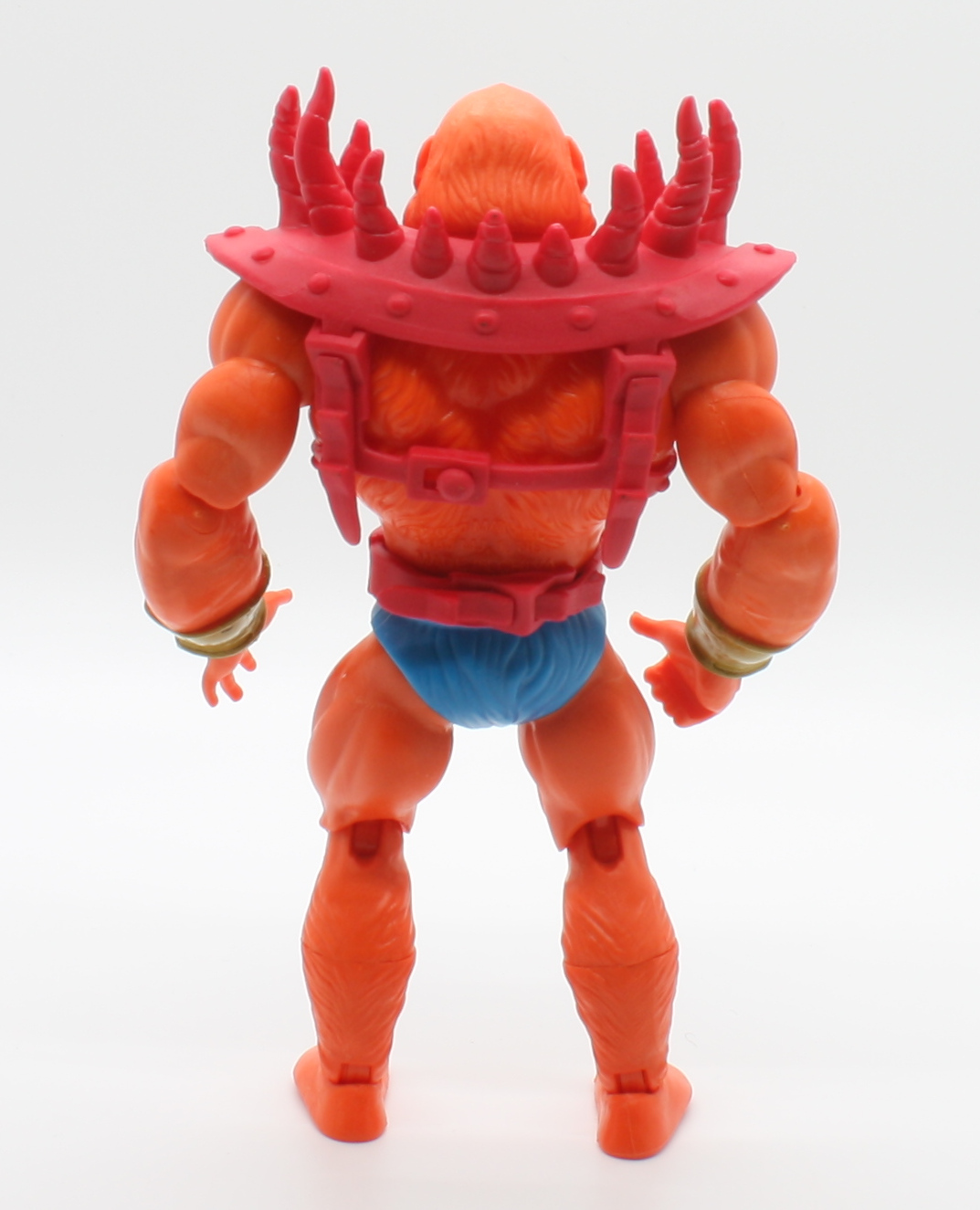

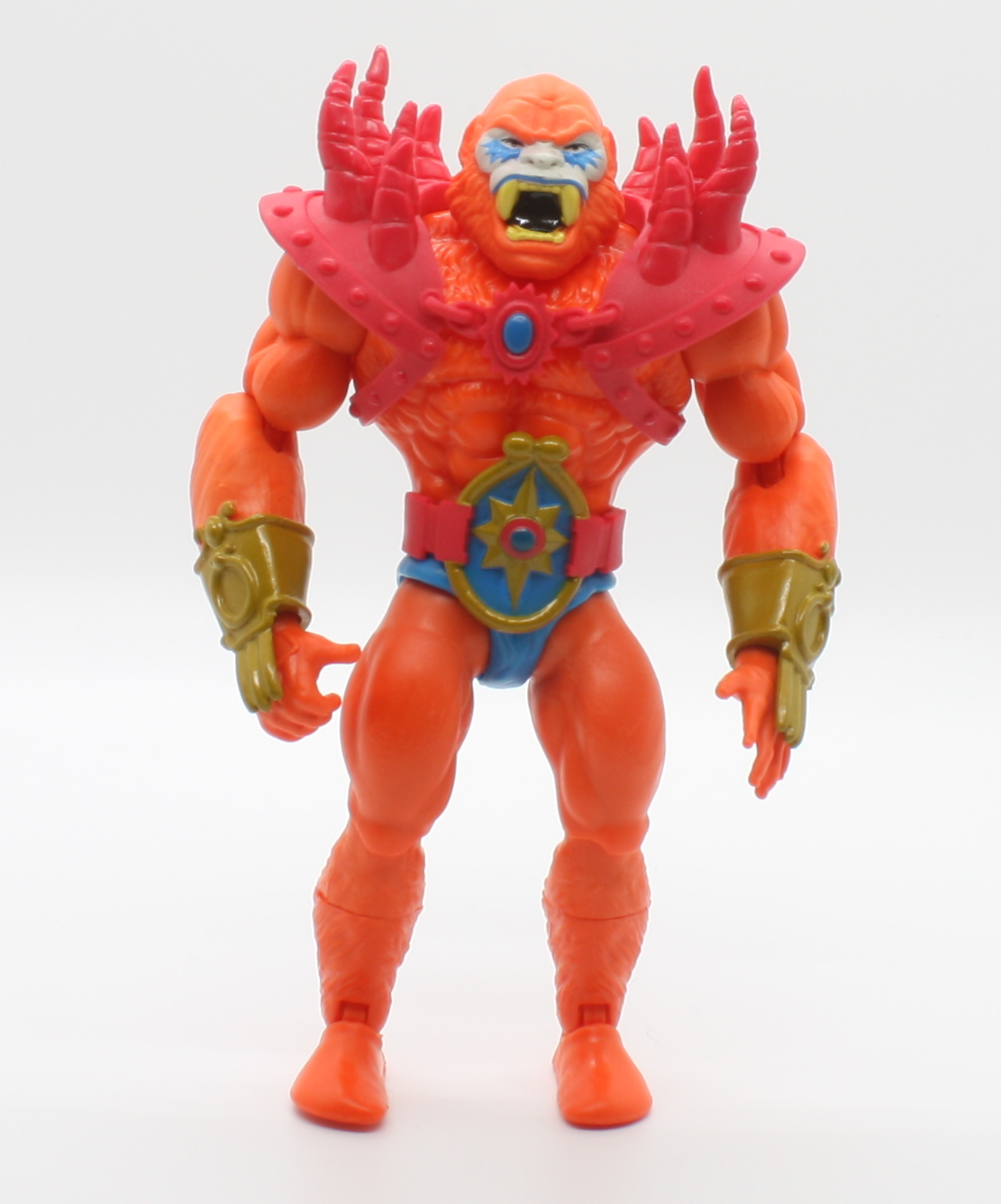
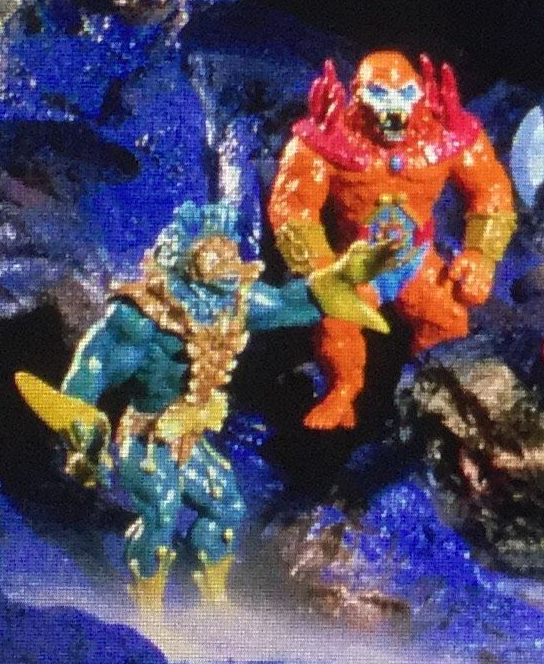
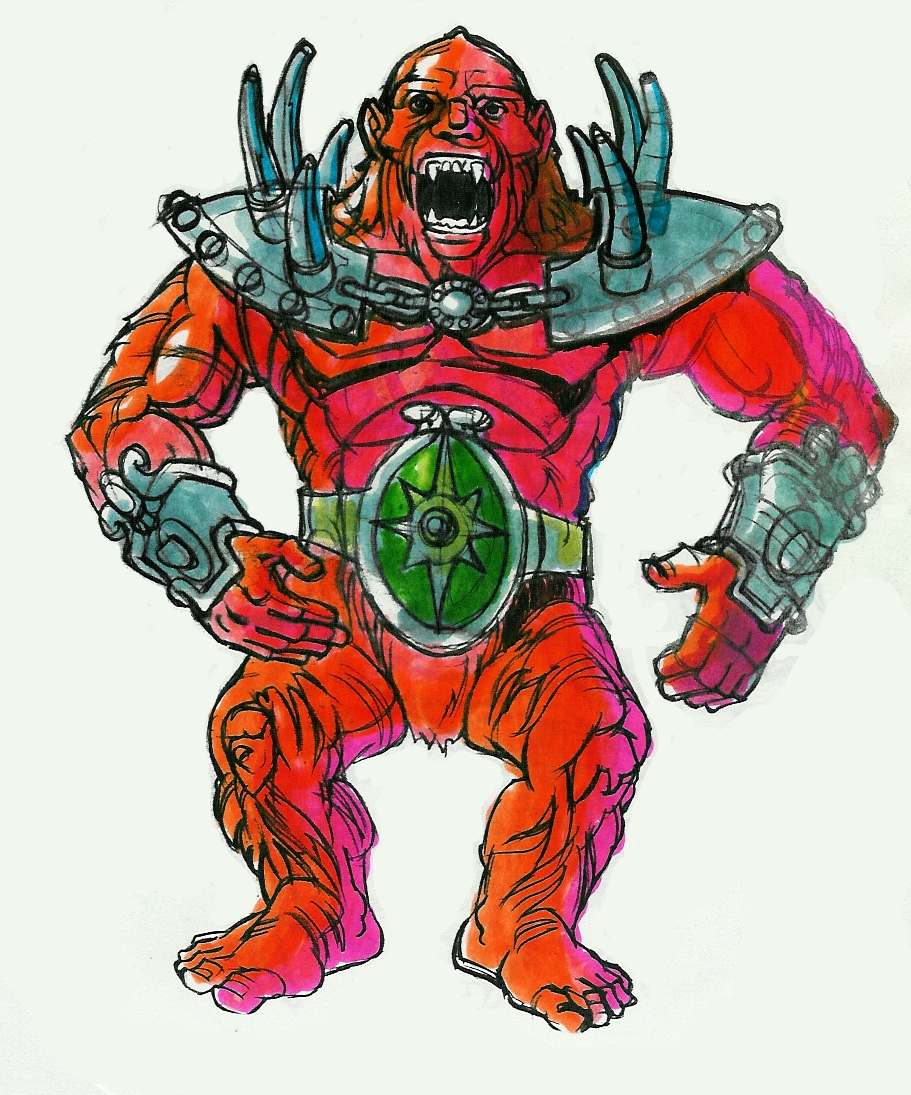

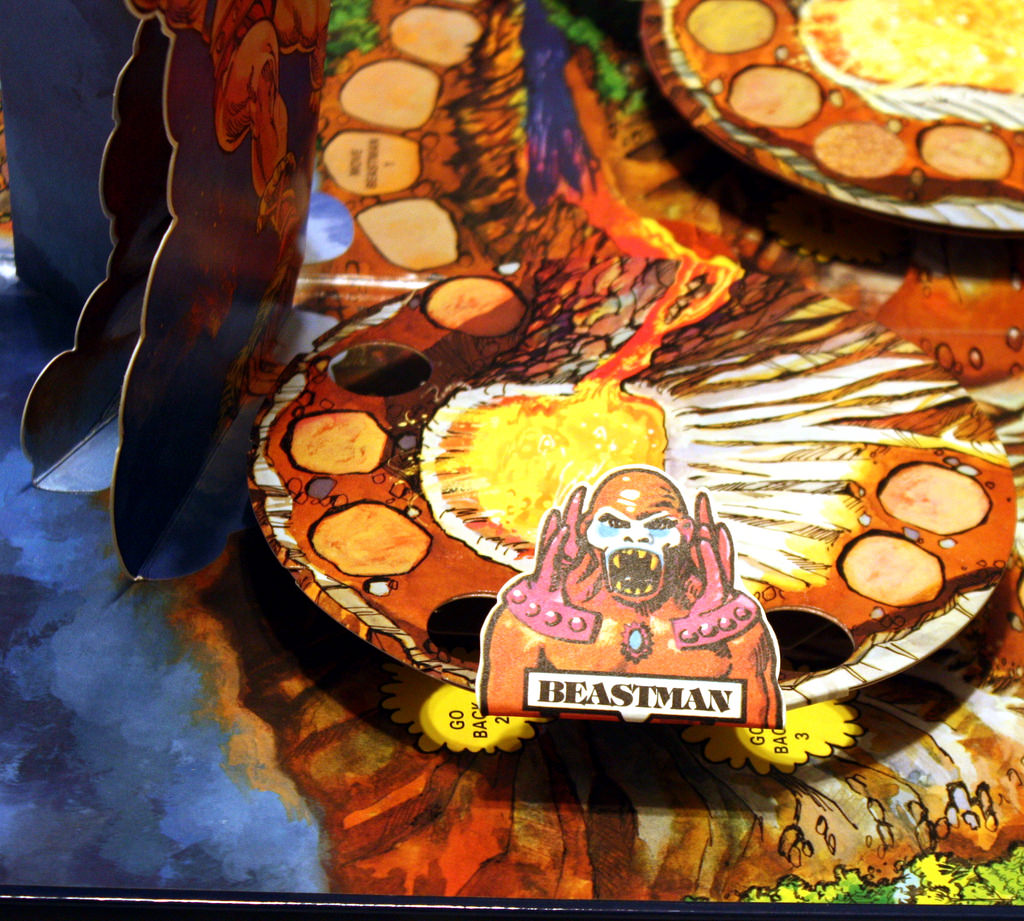
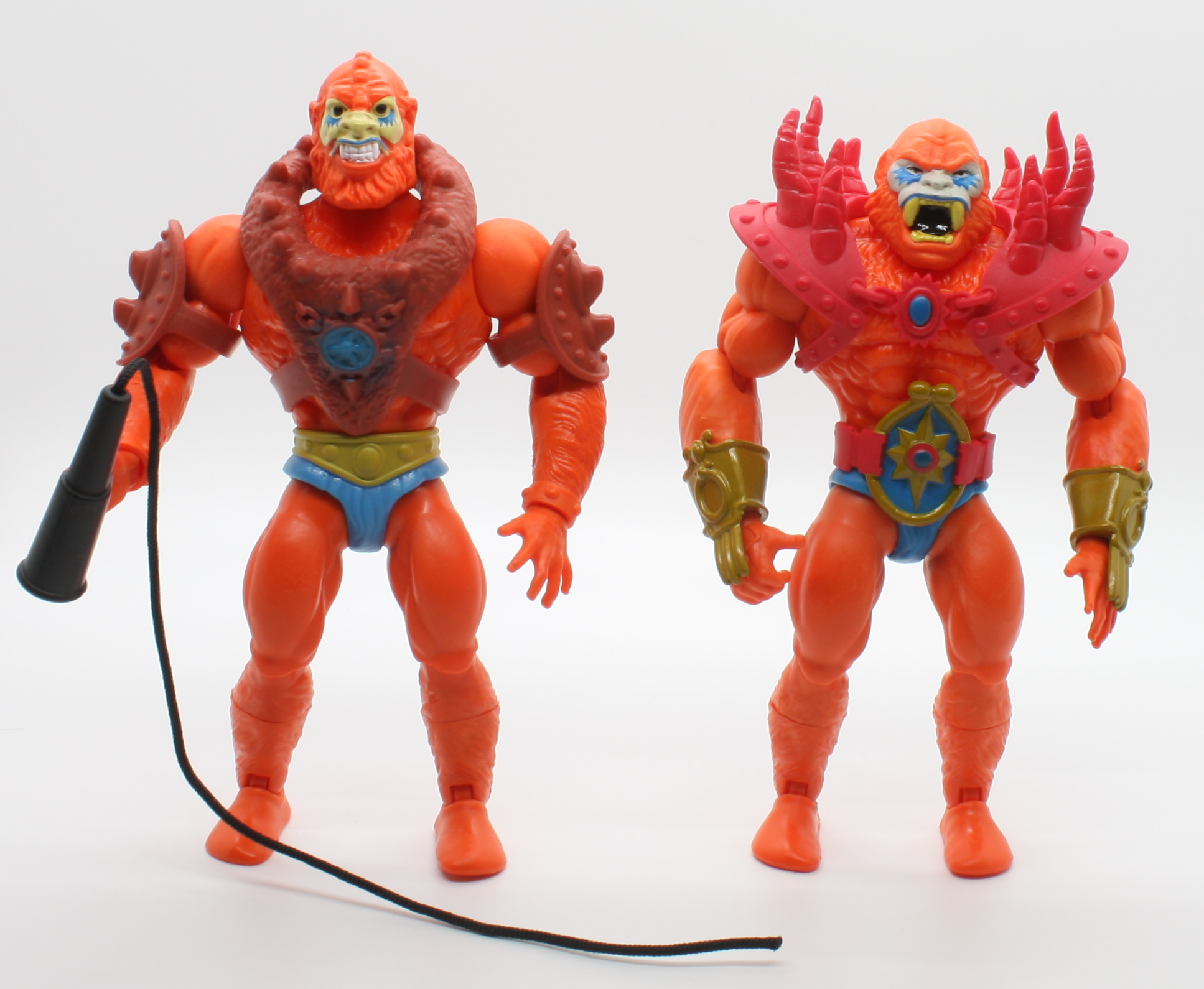

Mer-Man
Of all the figures in this set, I was the most excited for Mer-Man. We knew of this version from childhood because it appeared prominently in the original Alfredo Alcala minicomics. This concept design has long been one of my favorites, along with the cross-sell art version of Mer-Man, which was a modified version of that original concept. The Power-Con release, sculpt-wise, is quite close to the prototype. There are only a few minor differences.
The first difference is in the hands, which have five fingers rather than four, and reuse He-Man’s hands rather than Skeletor’s (I assume because He-Man’s left hand has flat, splayed fingers, so at least the pose of the original prototype can be replicated).
The armor is also a bit different – the detail over the shoulders seems like a nod to the vintage figure design rather than the concept design. The trunks are the smooth style reused from the Masters of the WWE line. The original had scales all around – this version for some reason has what looks like bubbles printed front and back. Printed scales would have been more appropriate. The original prototype also seems to have had darker coloring throughout the armor.
The difference that stands out the most is the coloring – it’s a dark blue-green, which may be a nod to Mark Taylor’s original B-sheet art. The original prototype had a much lighter blue-green color. Still, he’s a quite striking and beautiful figure (I nitpick my favorite figures the most):
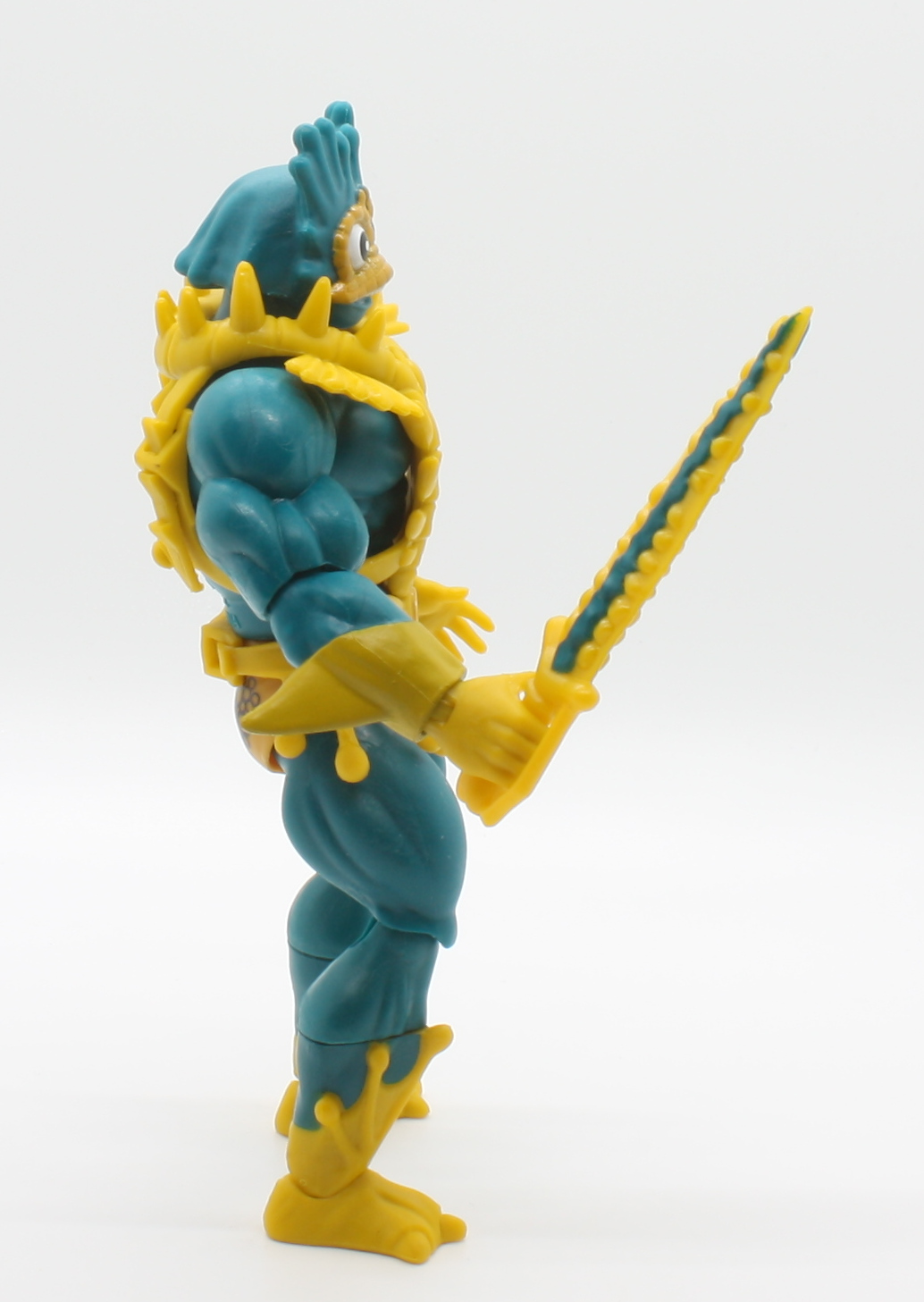

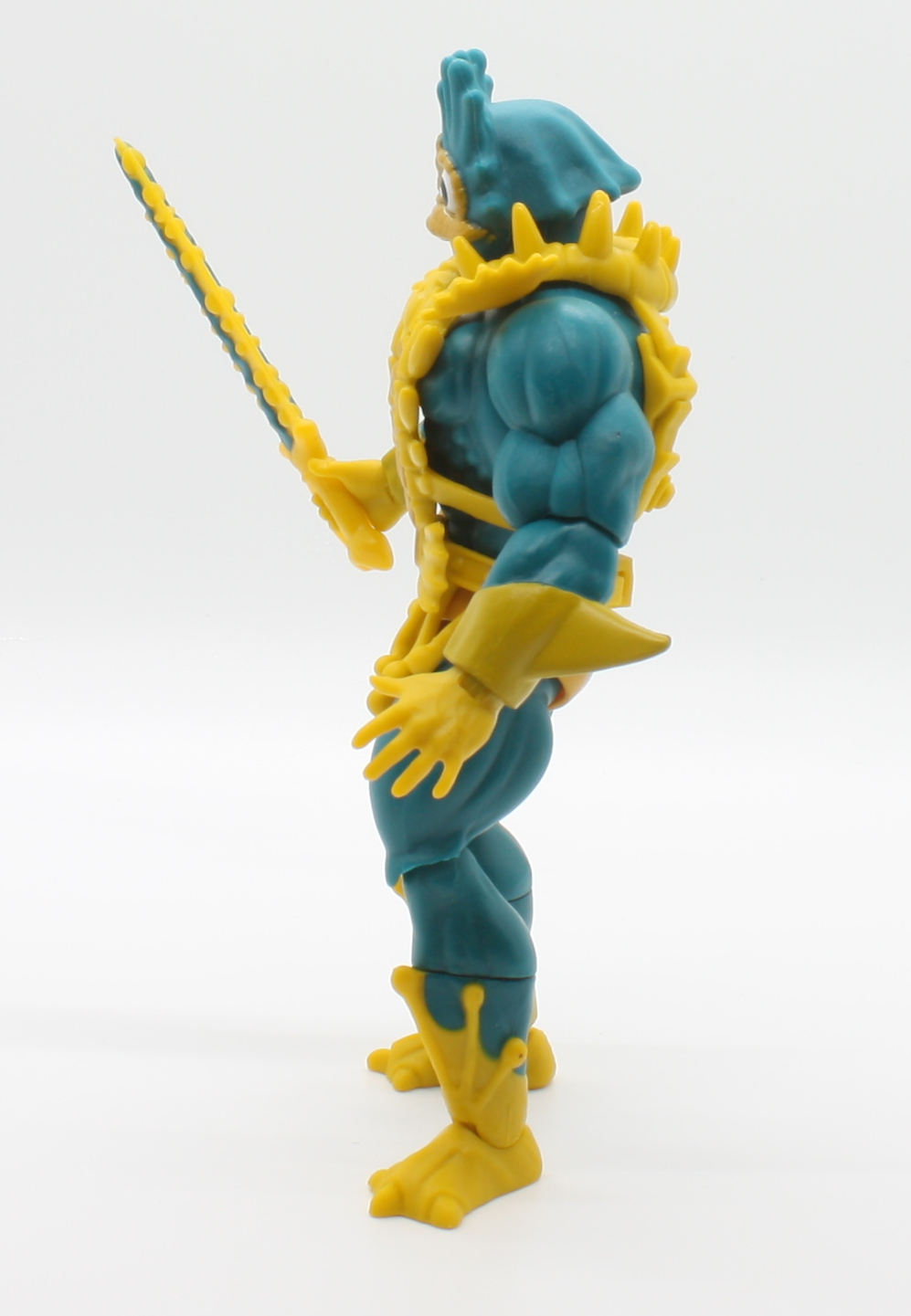


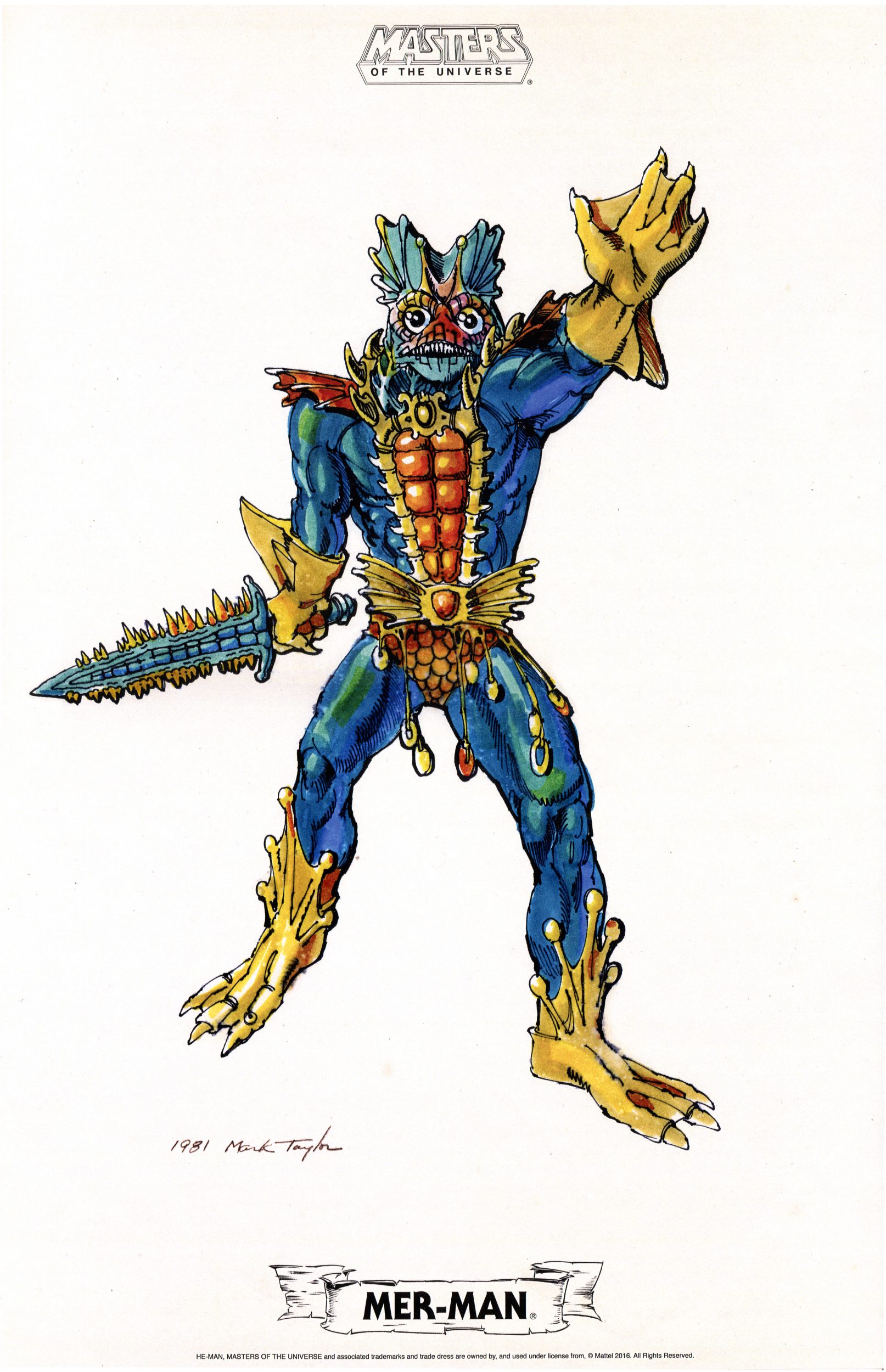

This set certainly wasn’t cheap – as you may know, exclusives are produced in far lower numbers than retail figures, which drastically drives up the cost per figure. Still, if you’re a big fan of early prototypes and minicomics, these are a must have. This was the kind of figure I had in mind when the line was announced (like many others, I had the idea that “MOTU Origins” was a reference to early concept/minicomic designs, especially since the first two figures released in the SDCC two-pack were in that style). A suggestion for a future set: Oo-Larr, Sorceress (aka “Green Goddess”), blonde Teela, red Beast Man, and tan Stratos! A full “Alcala” style Skeletor would also be great!
I hope you enjoyed the review – here are some additional shots to close things out:

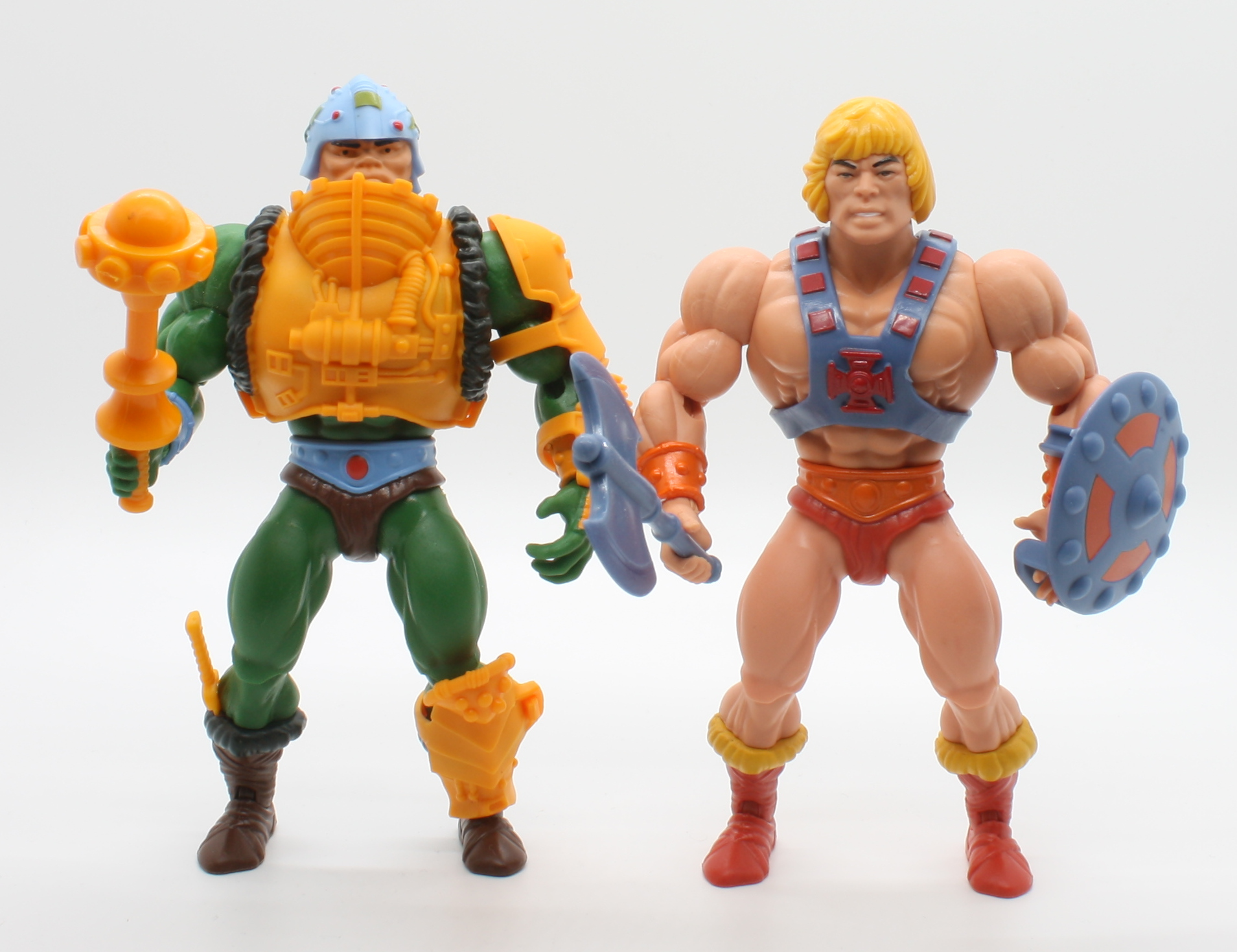


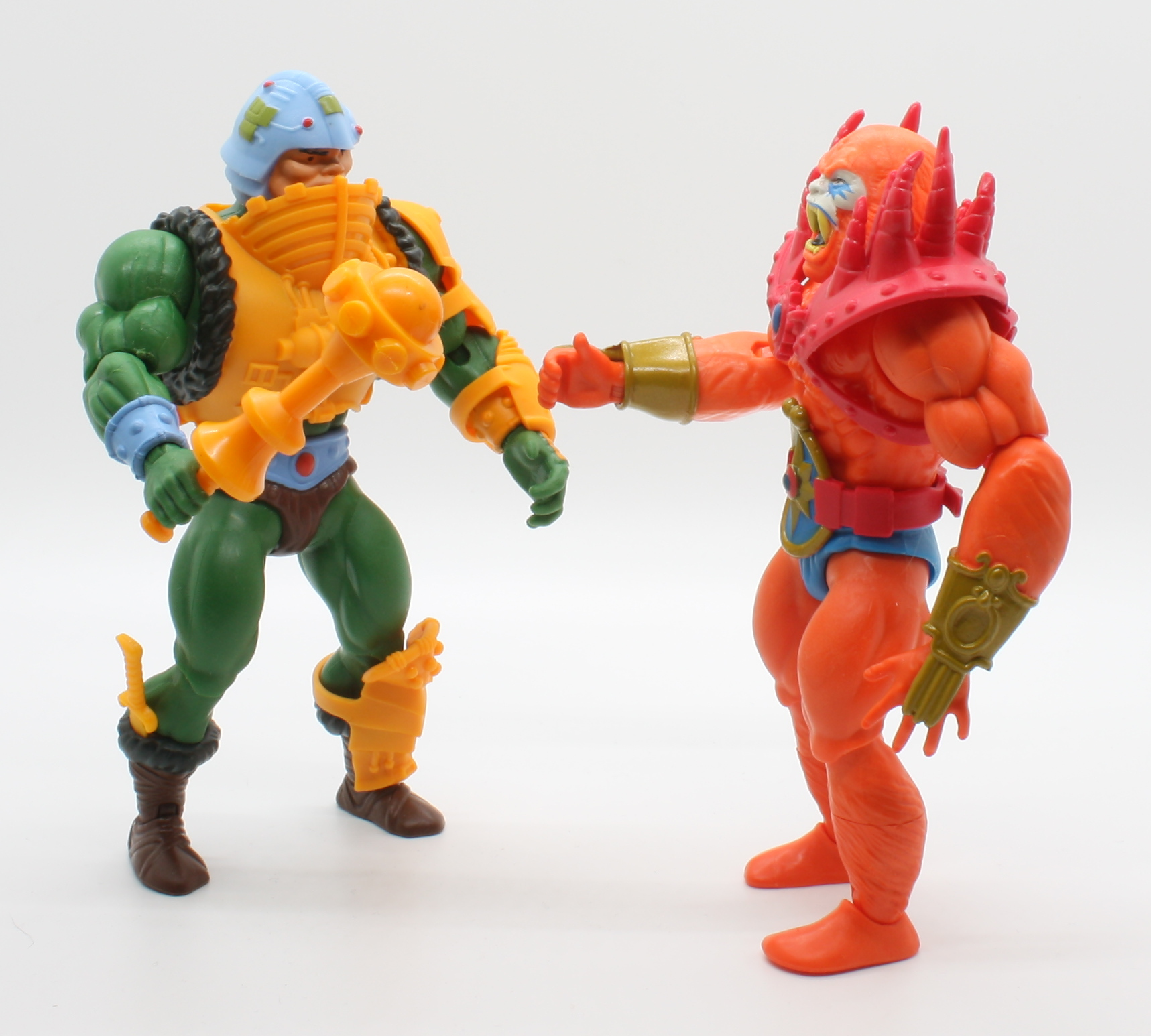
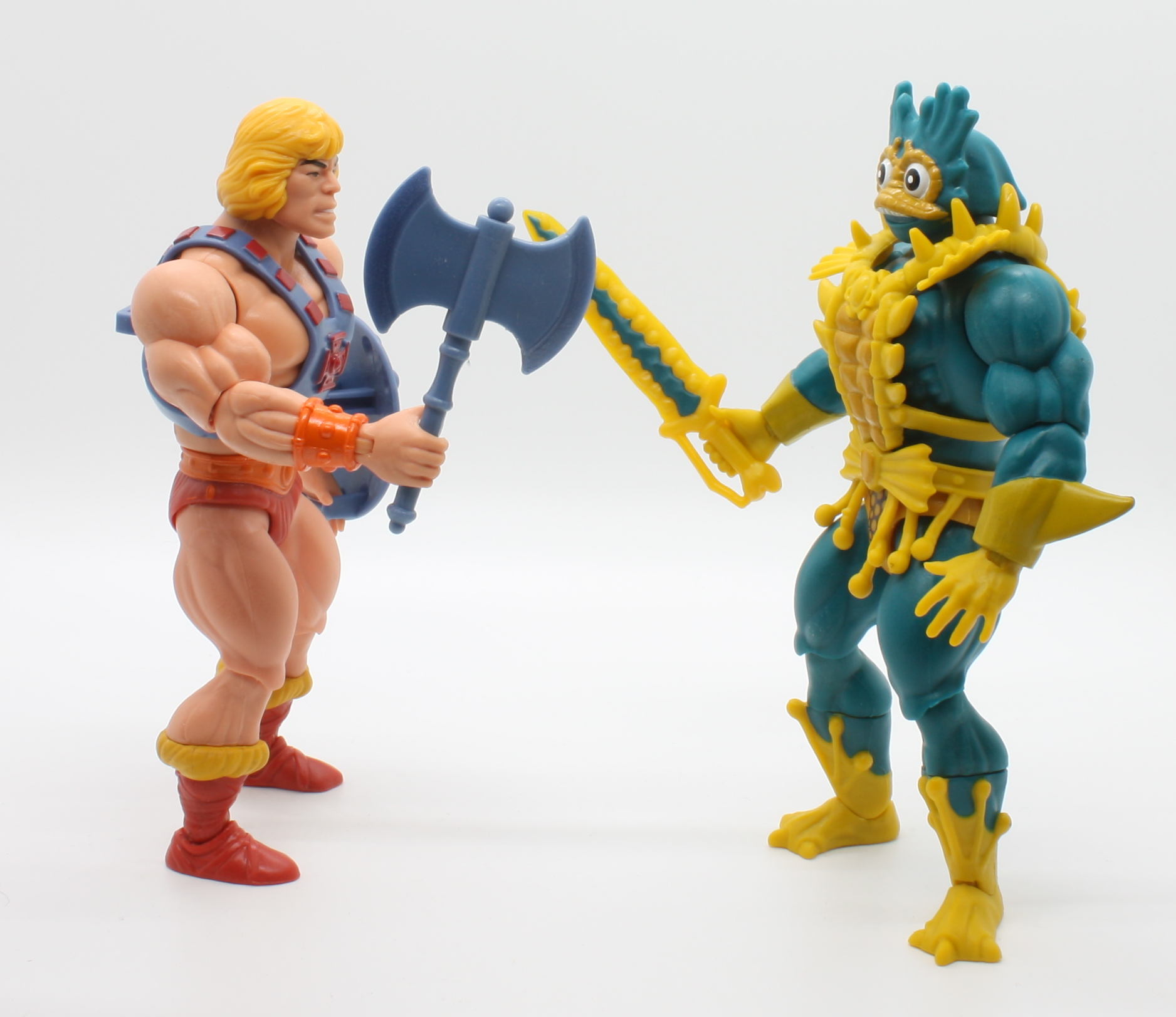




Want to support the blog? Consider becoming a Patreon supporter. You’ll also gain access to exclusive content and early access to posts on the blog. Alternatively, you can do your toy shopping through my Entertainment Earth affiliate link, below. Thank you!
